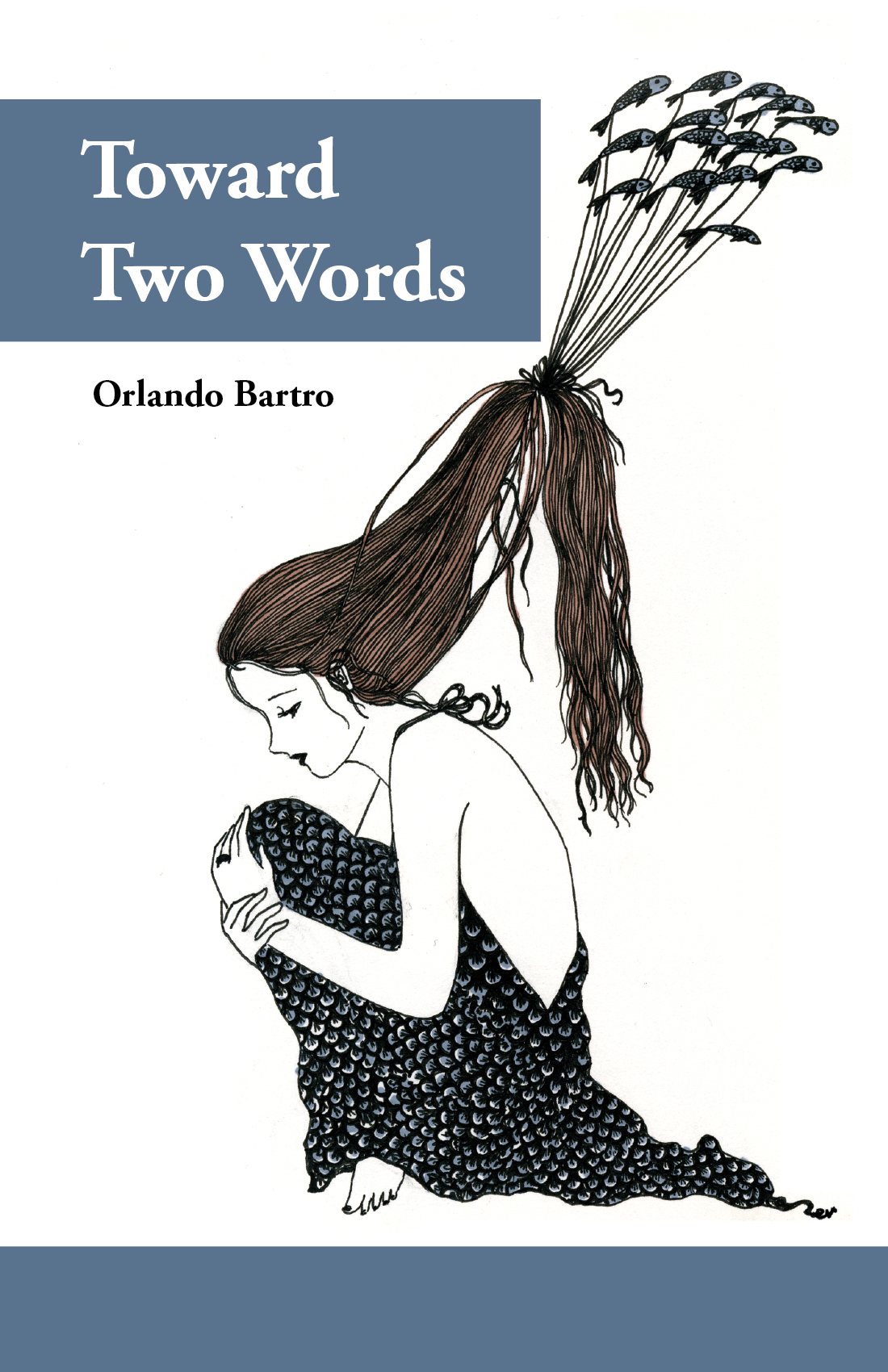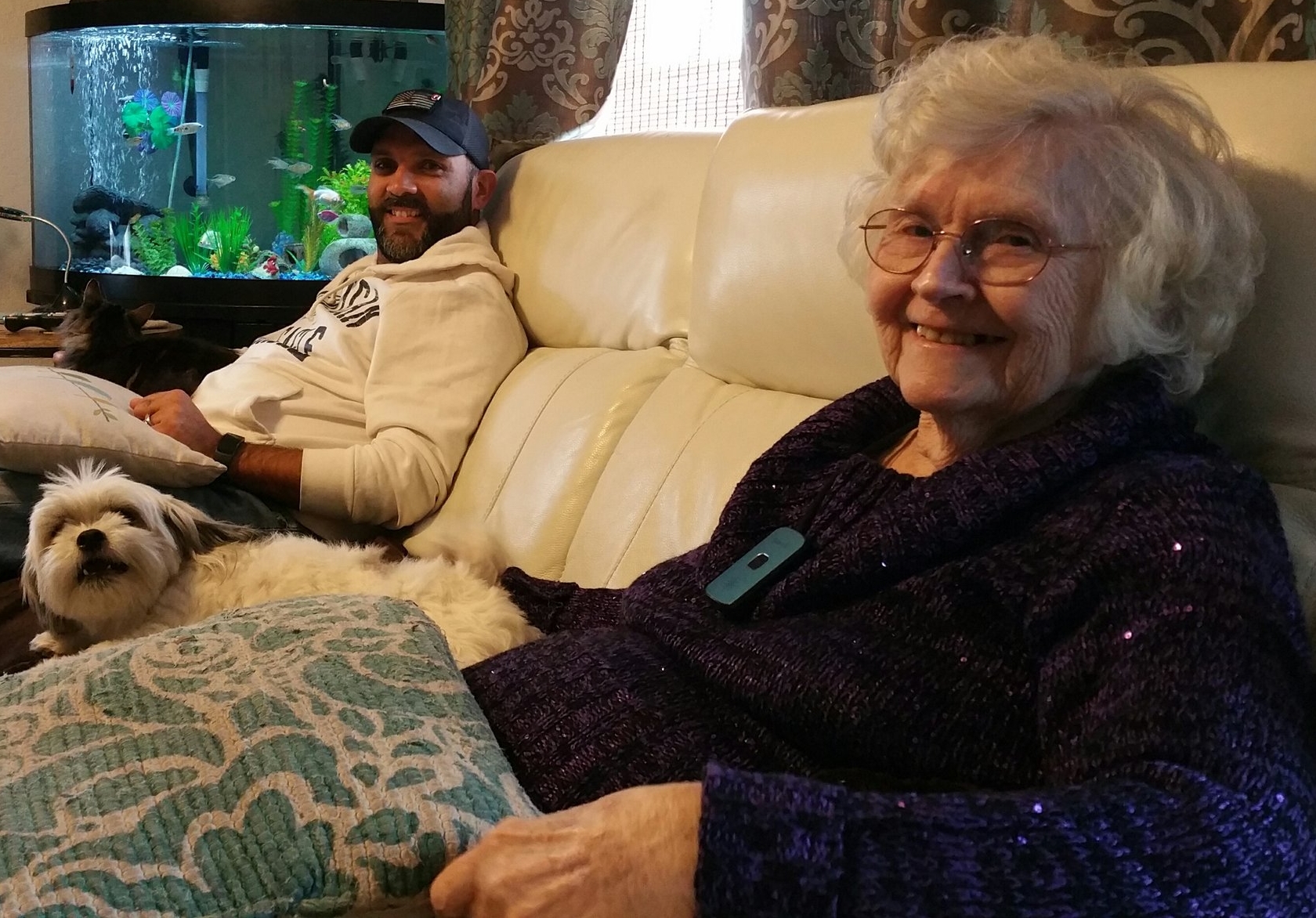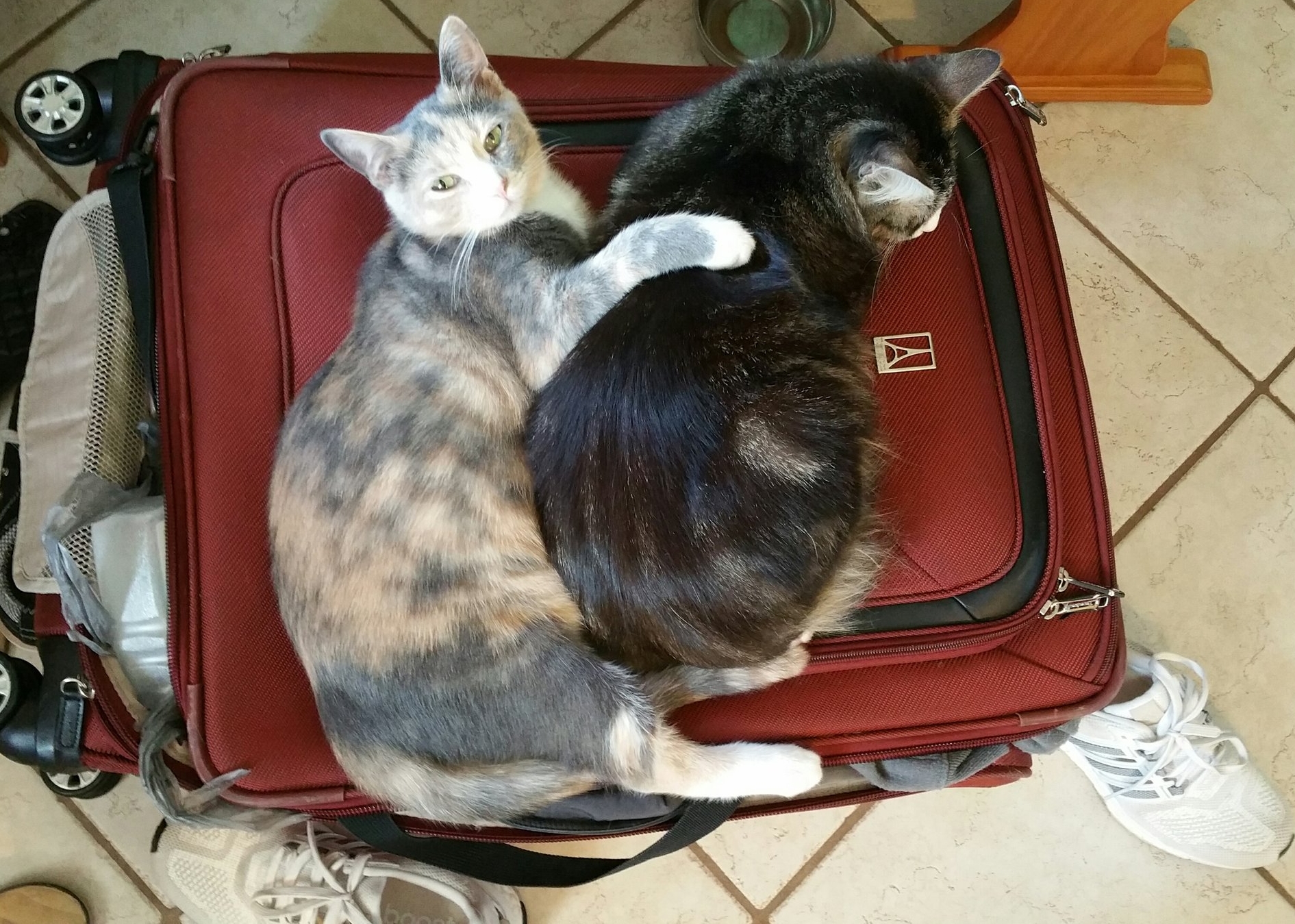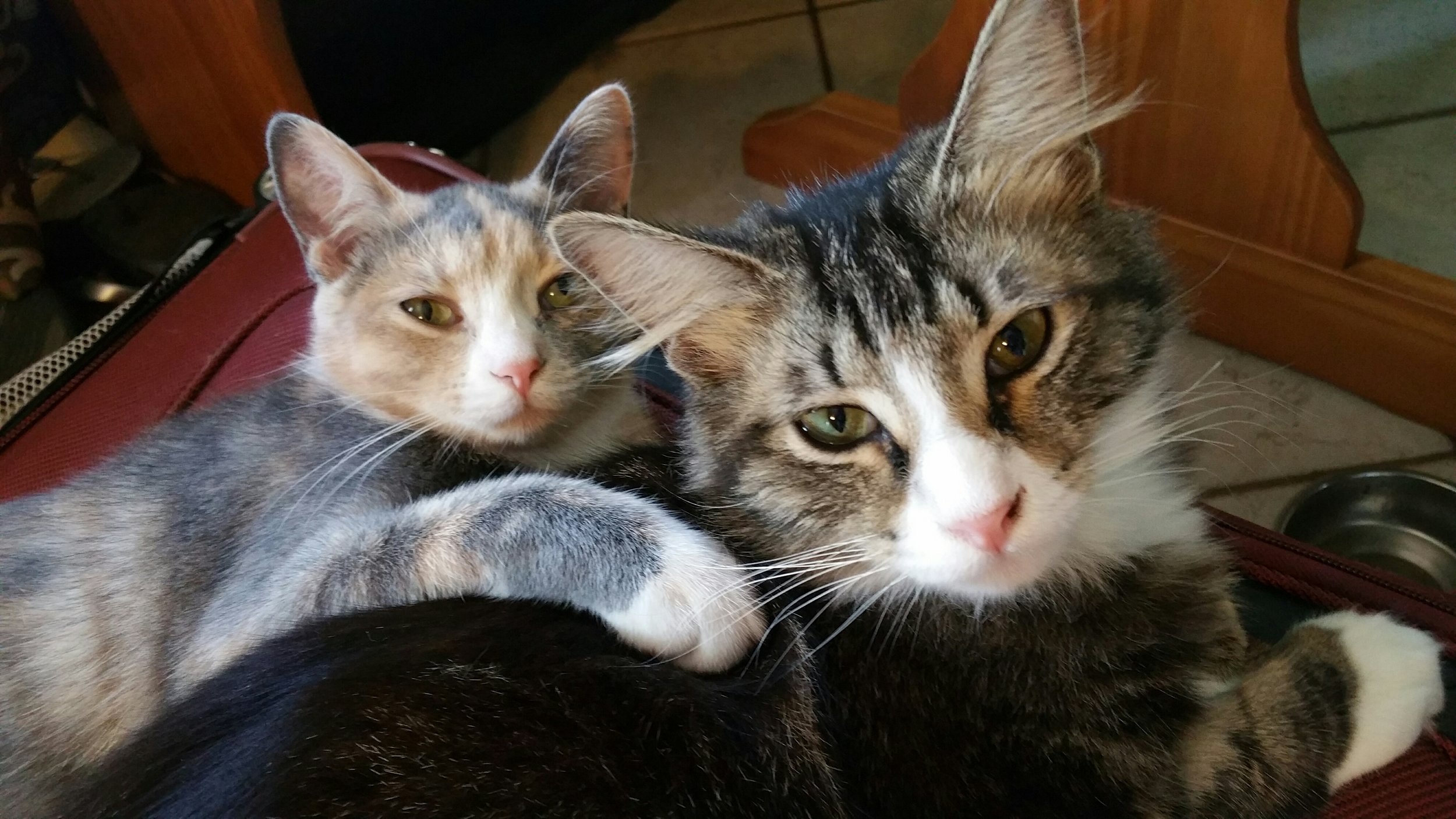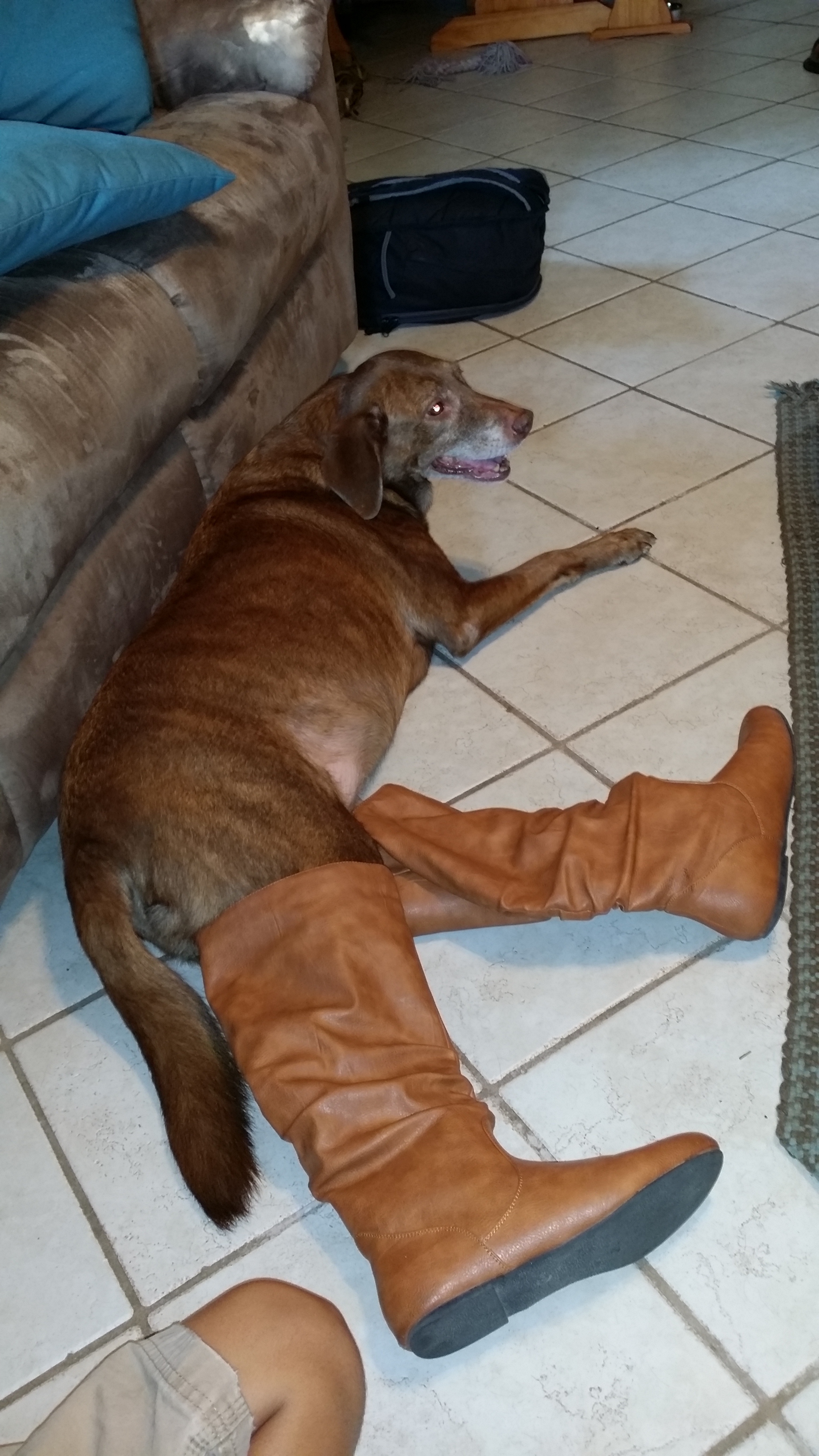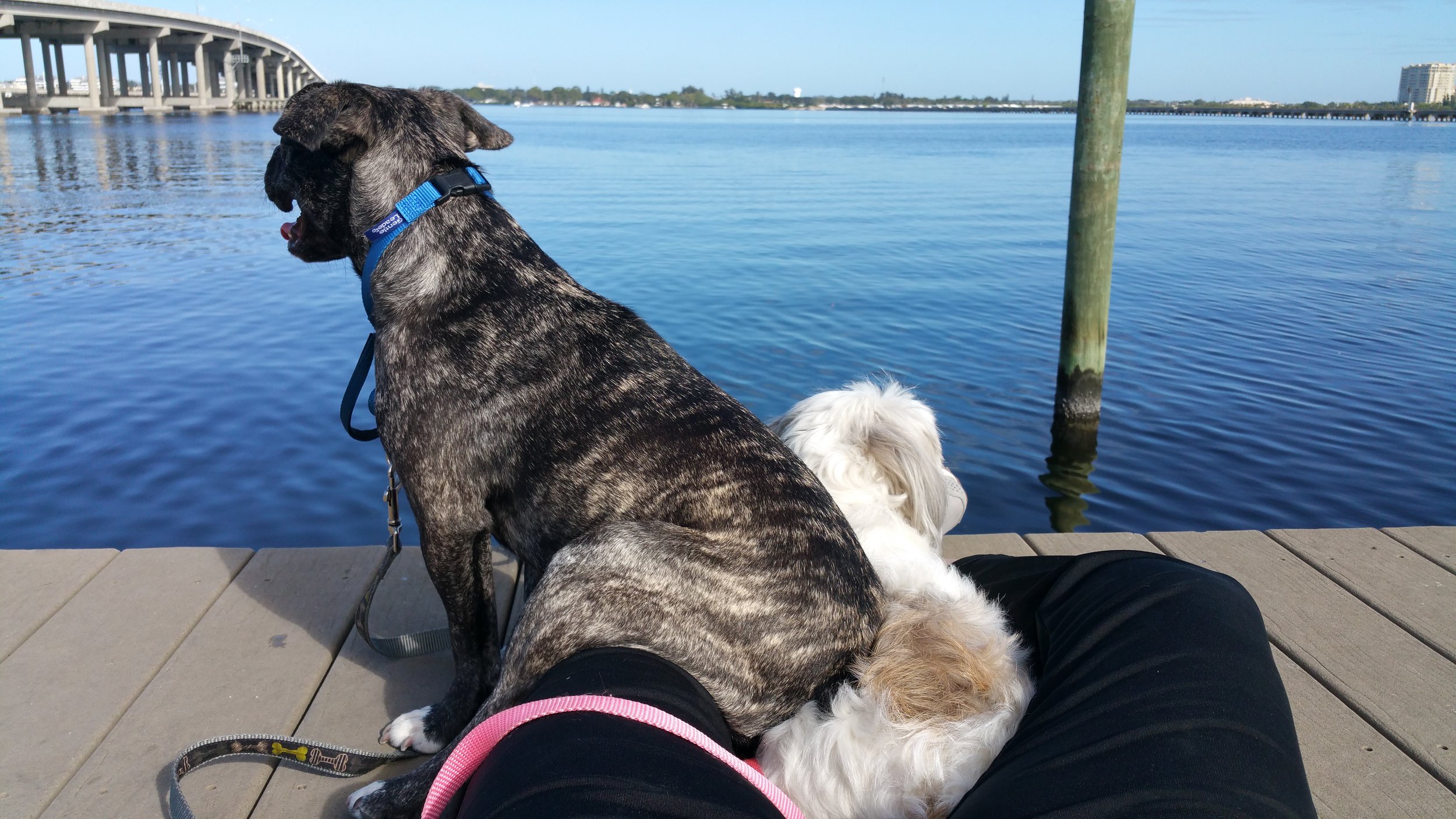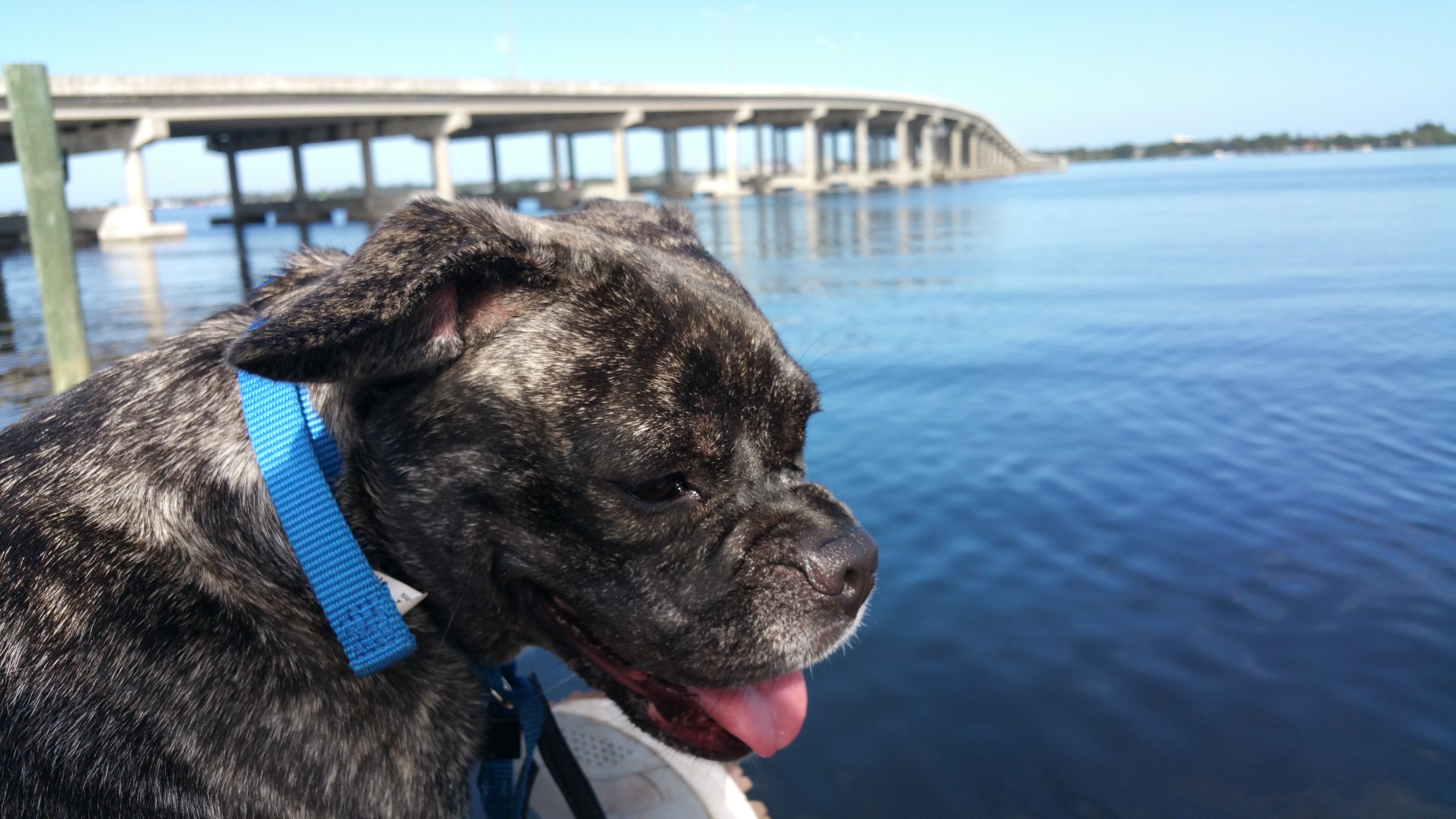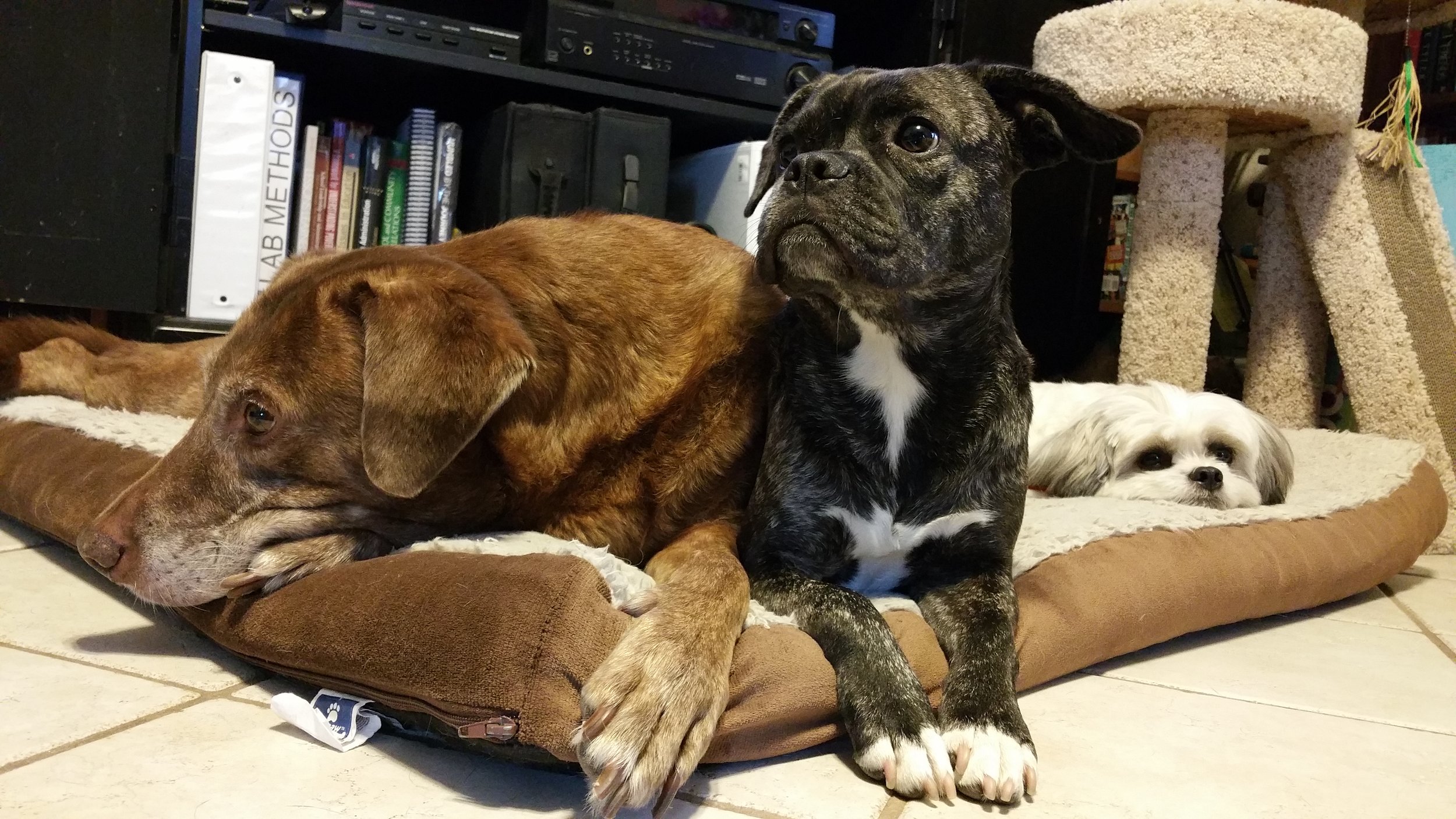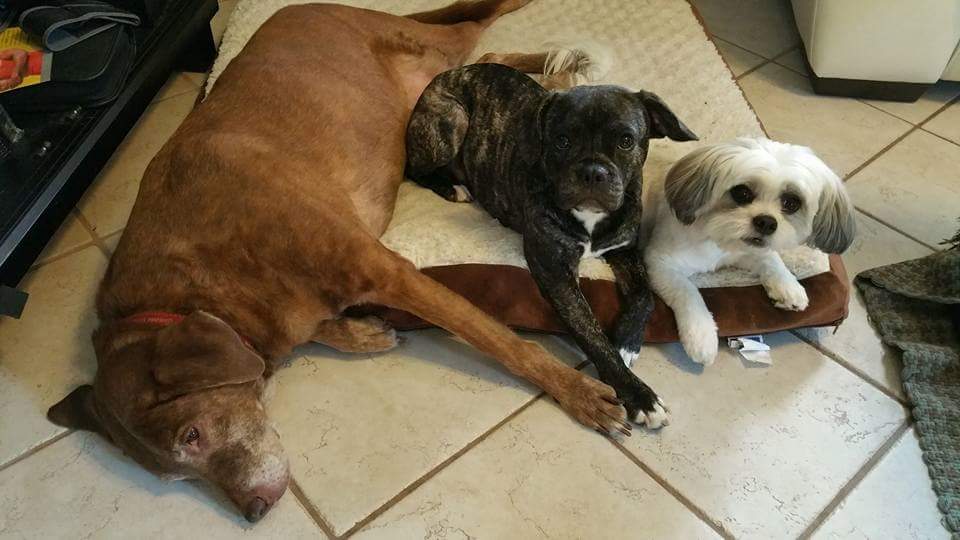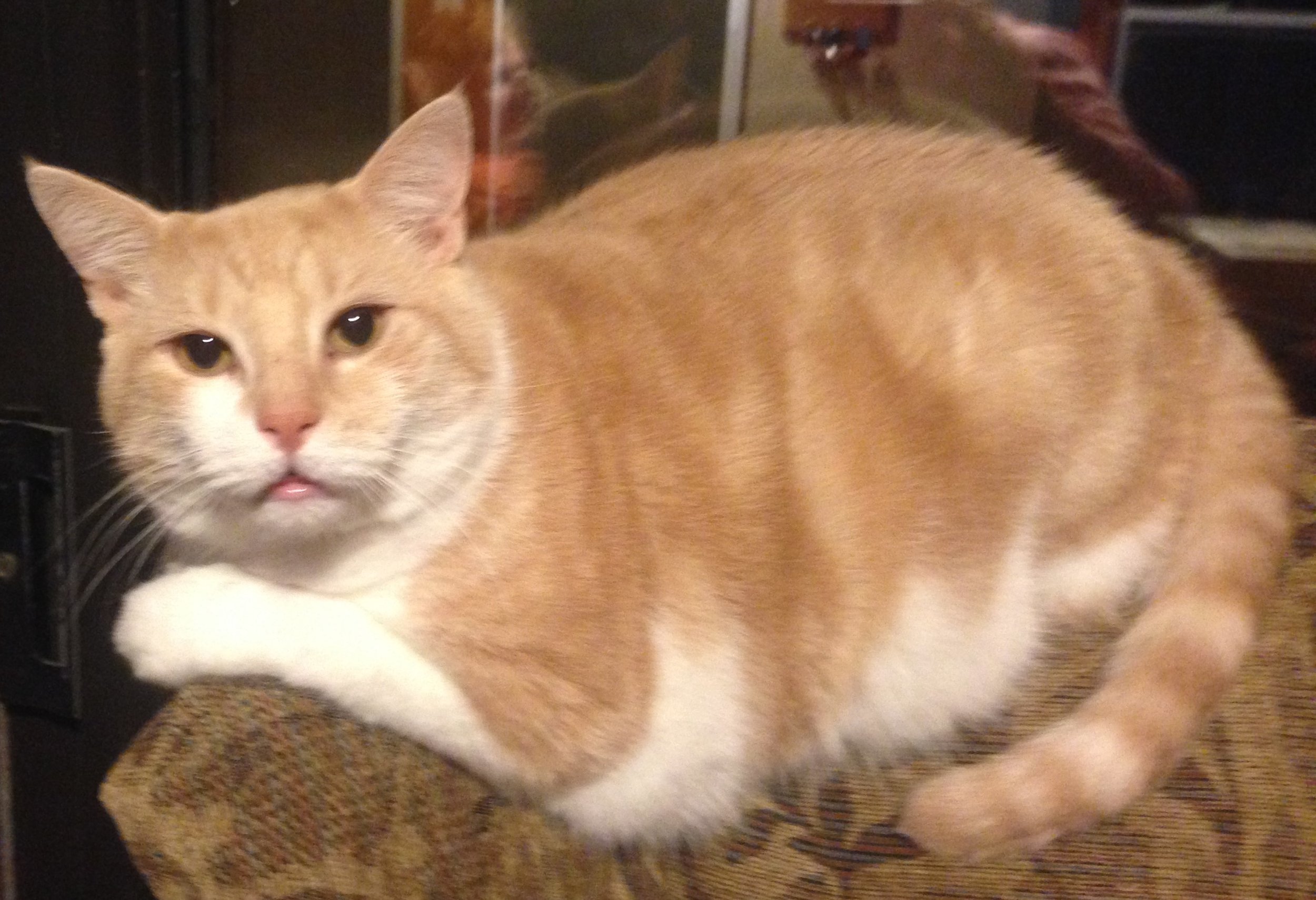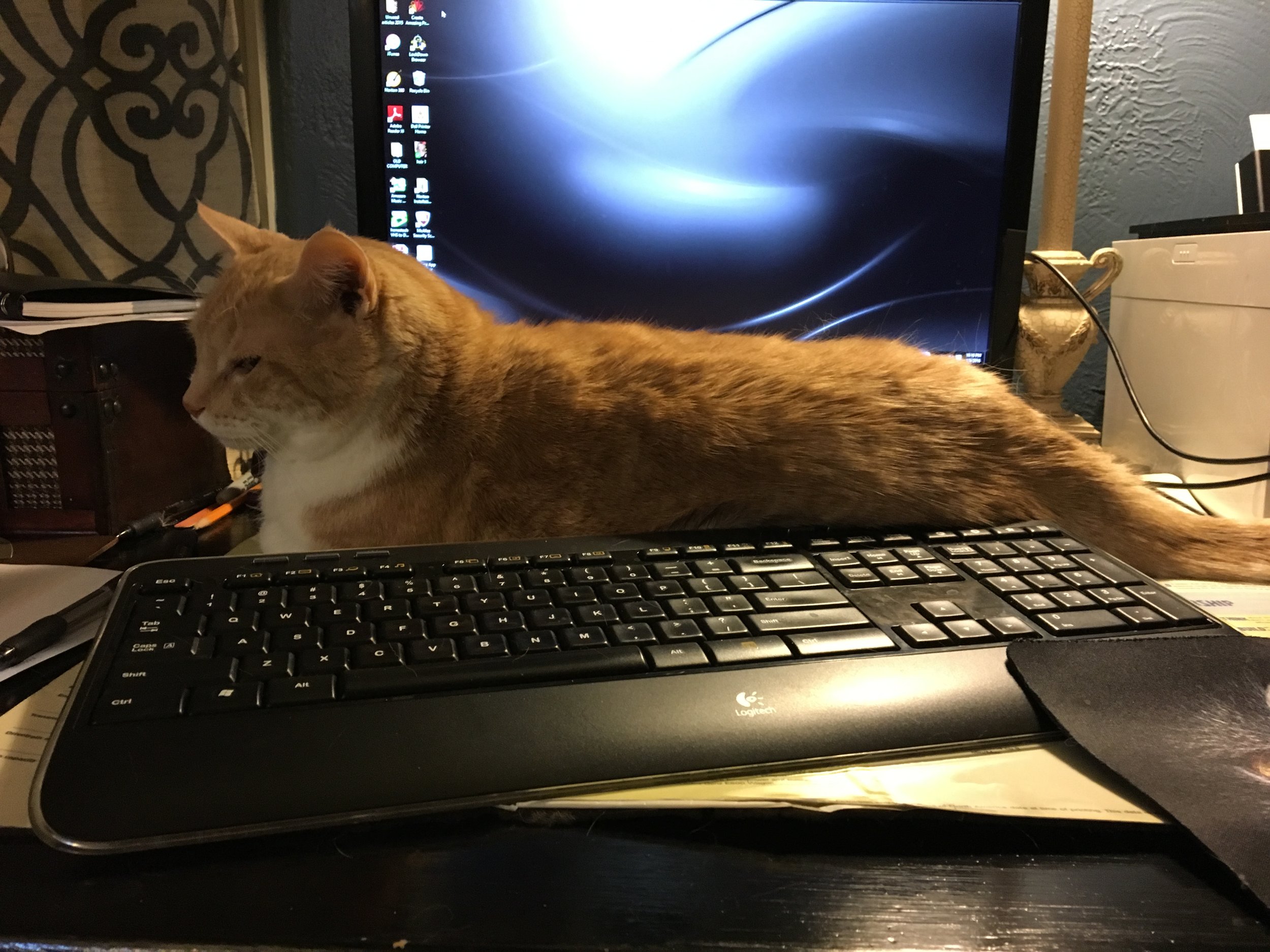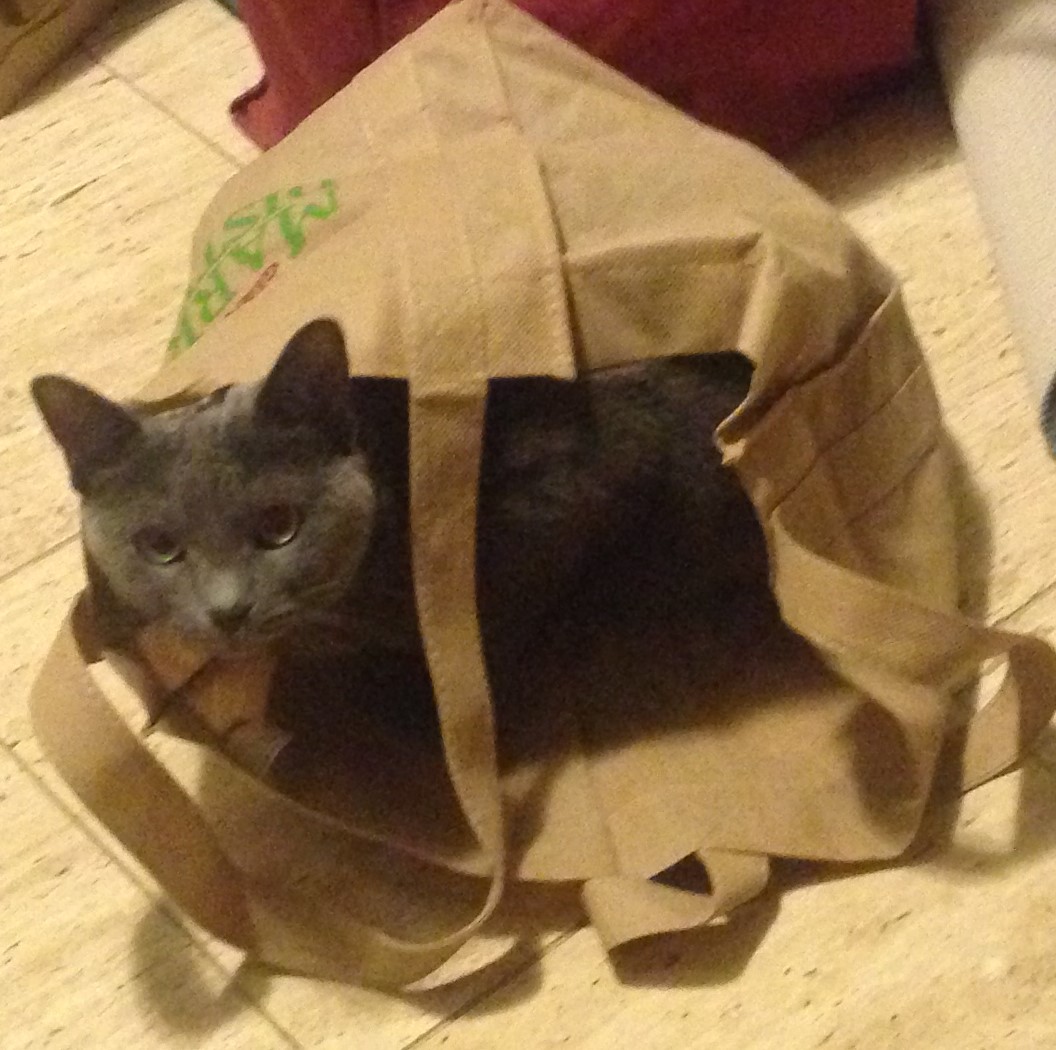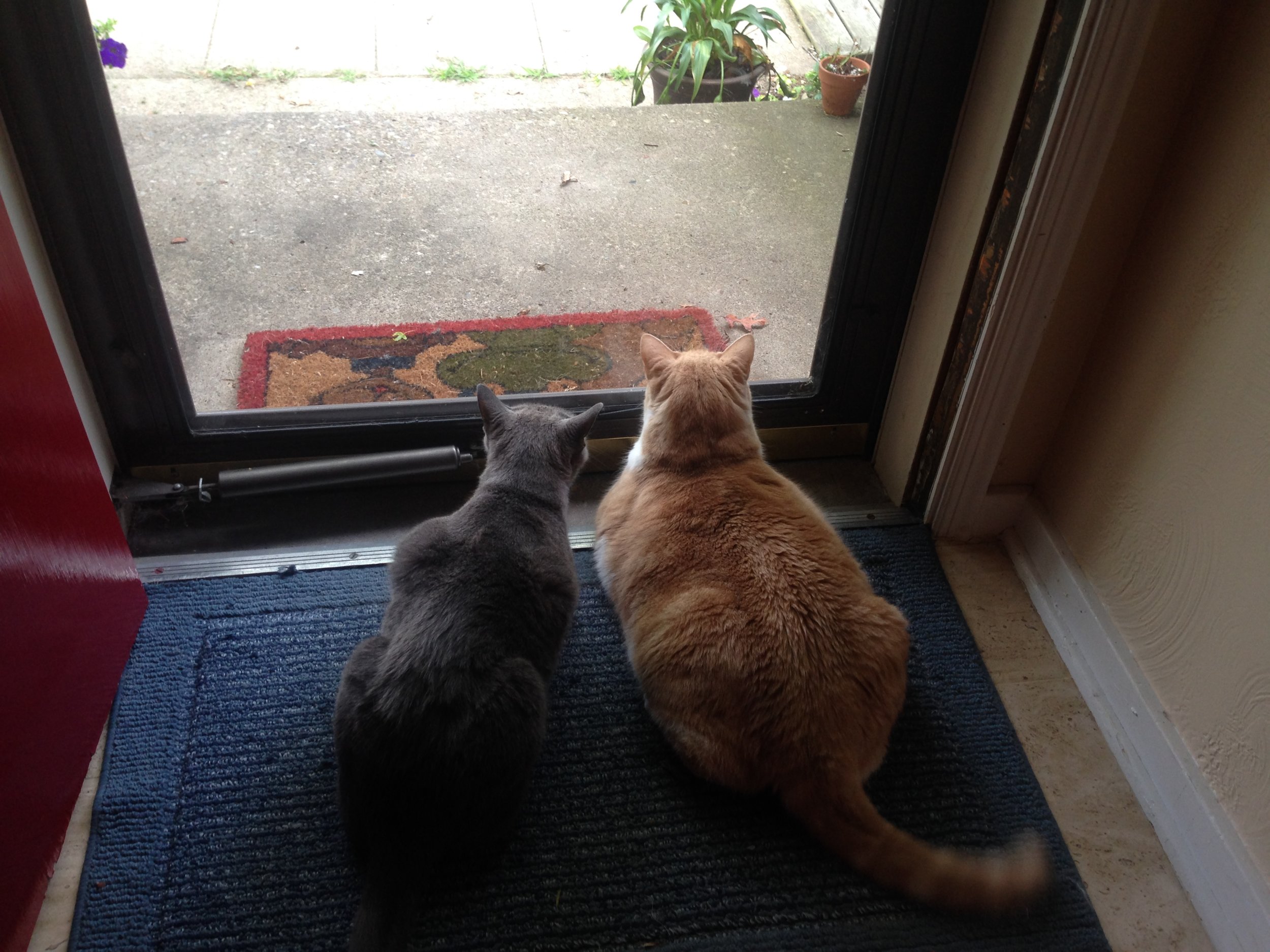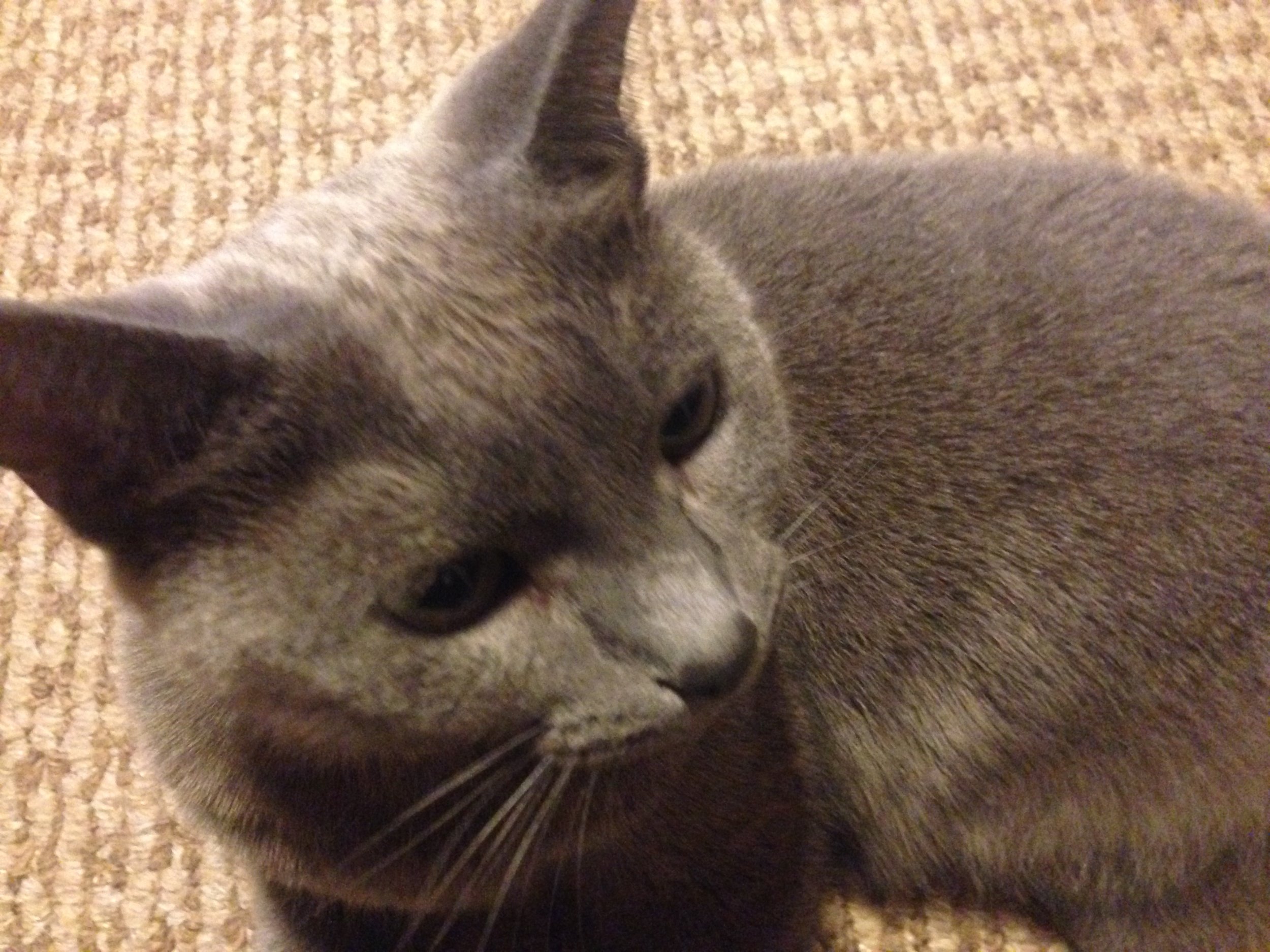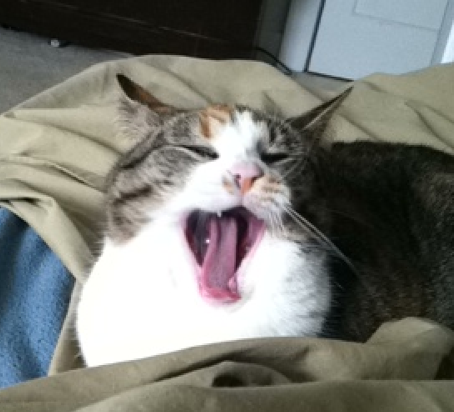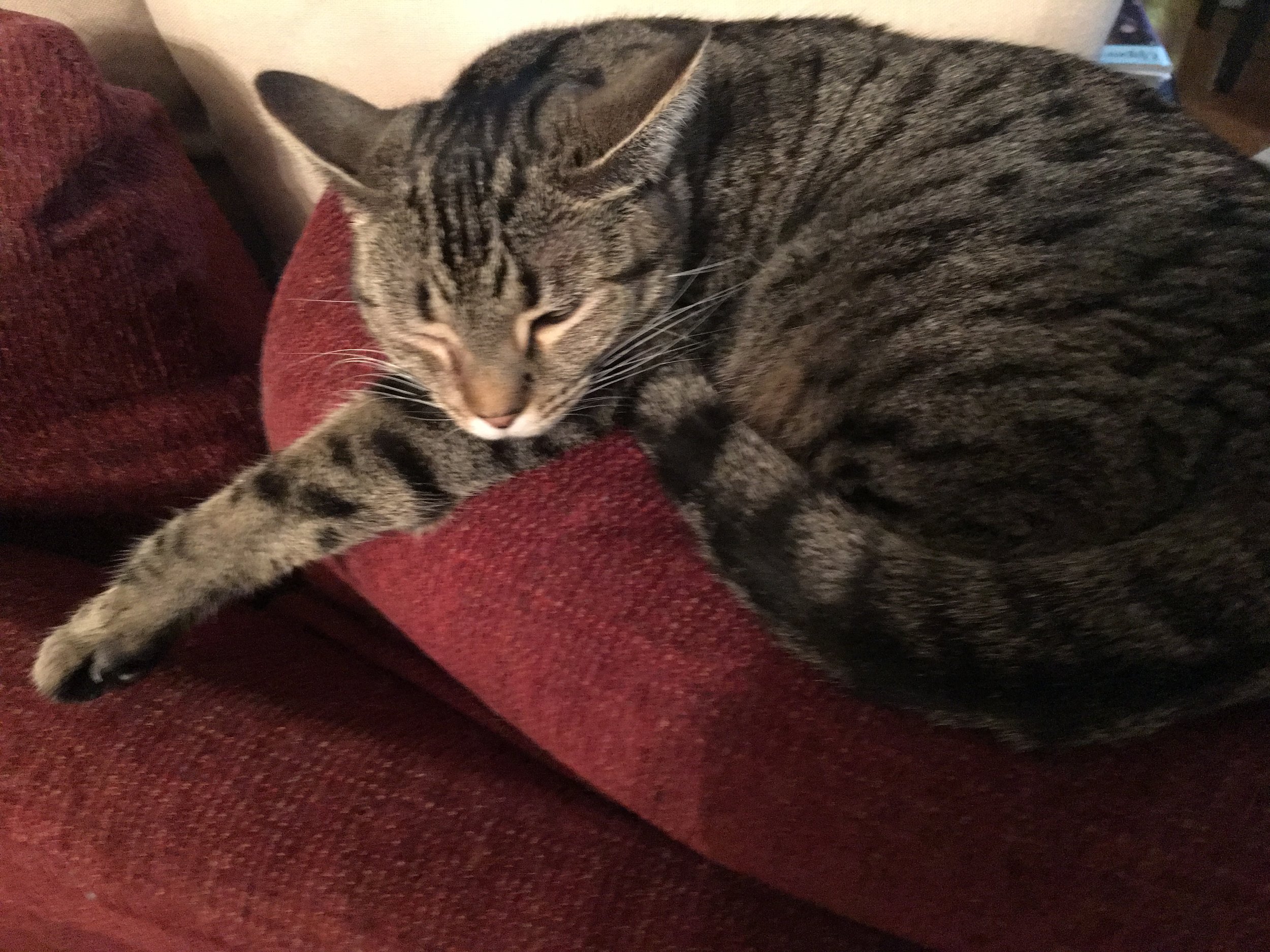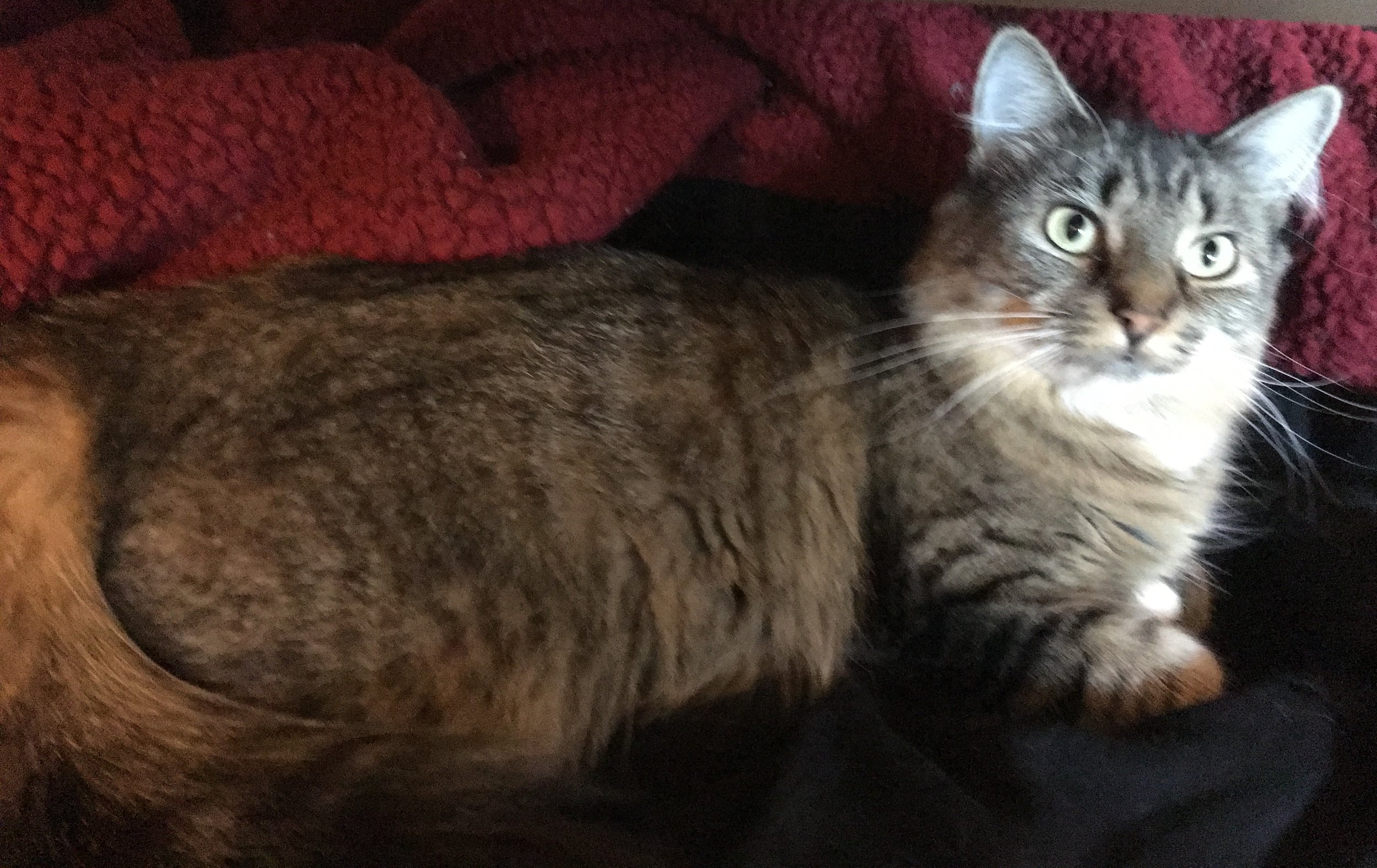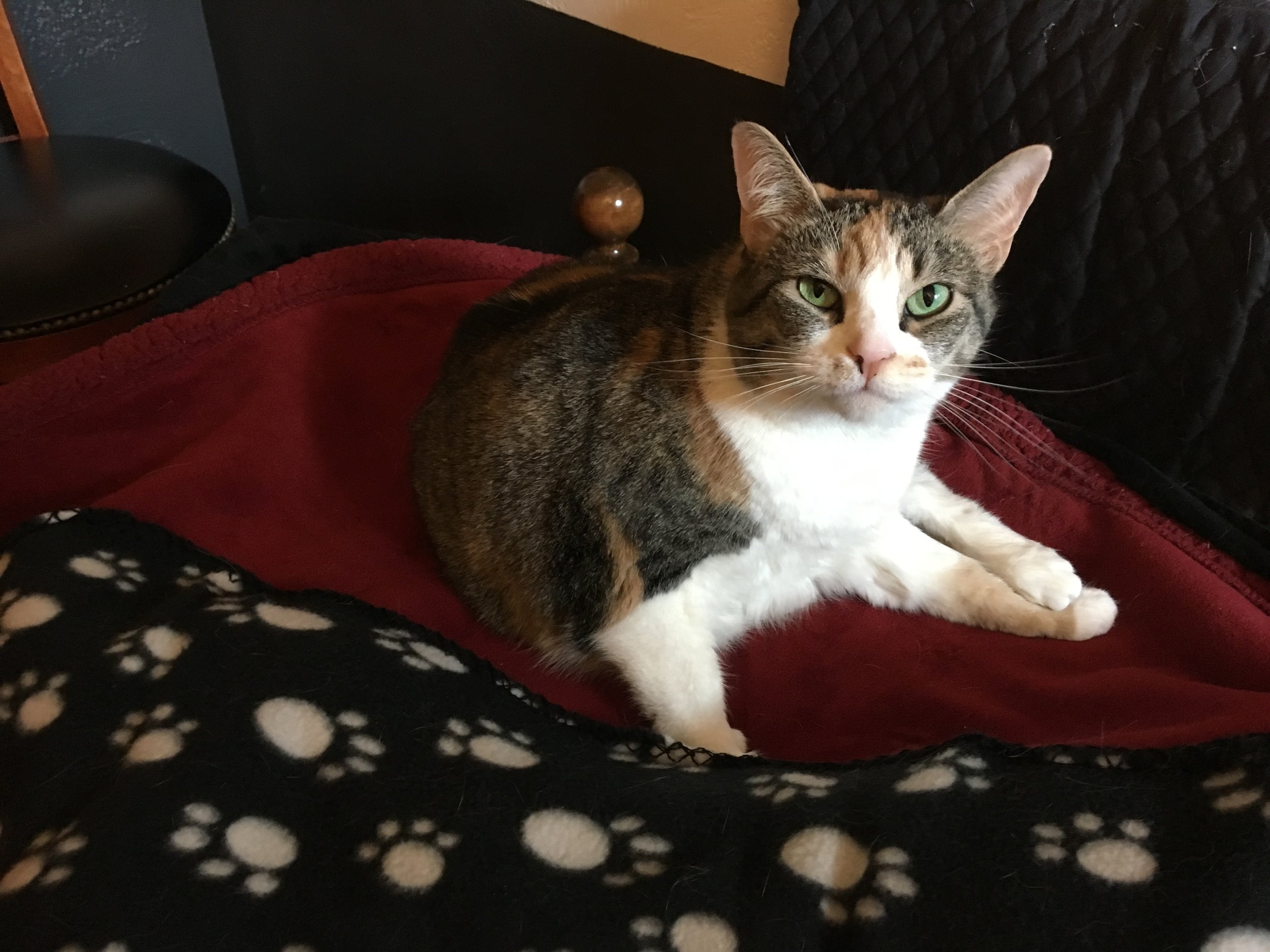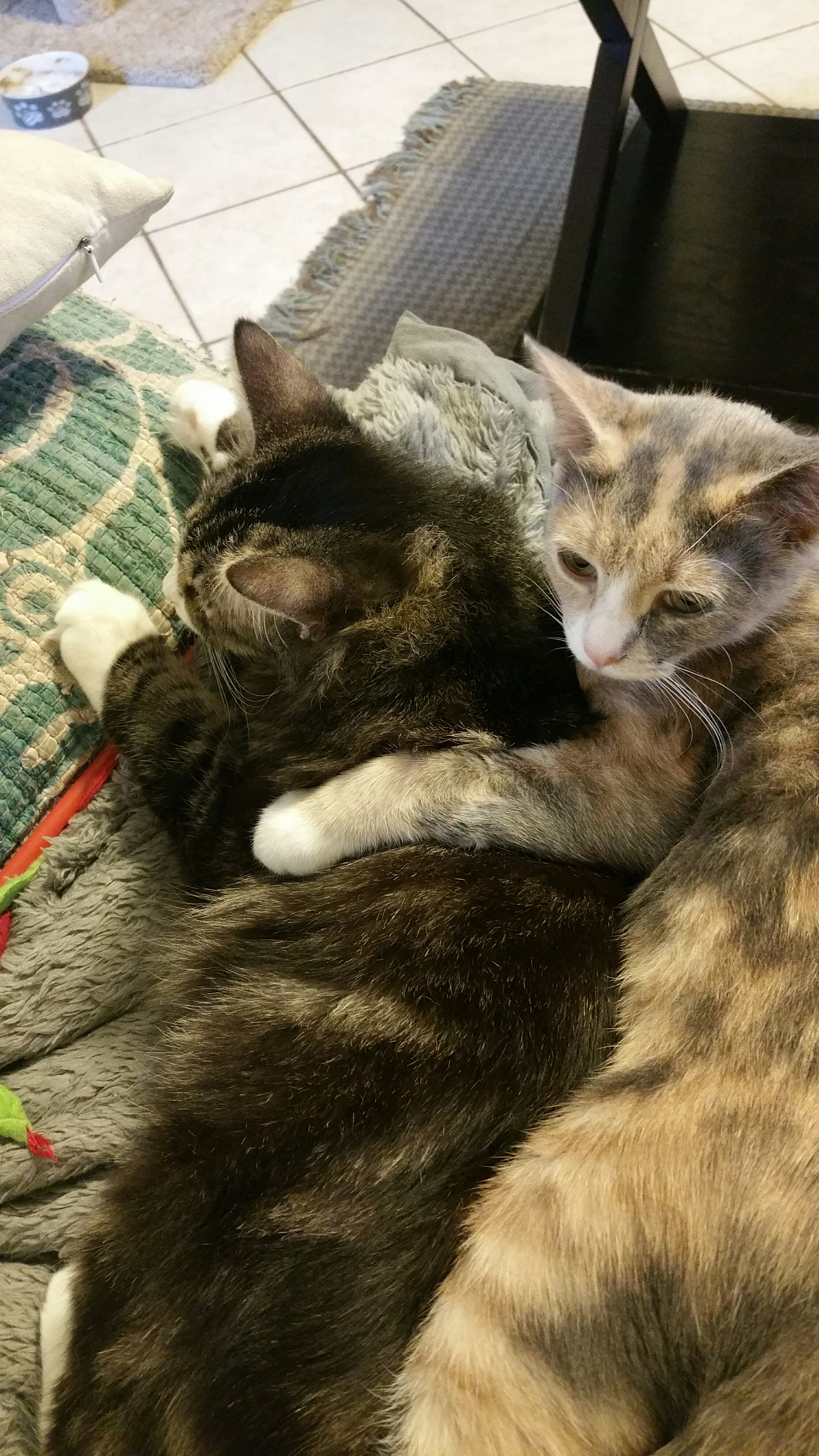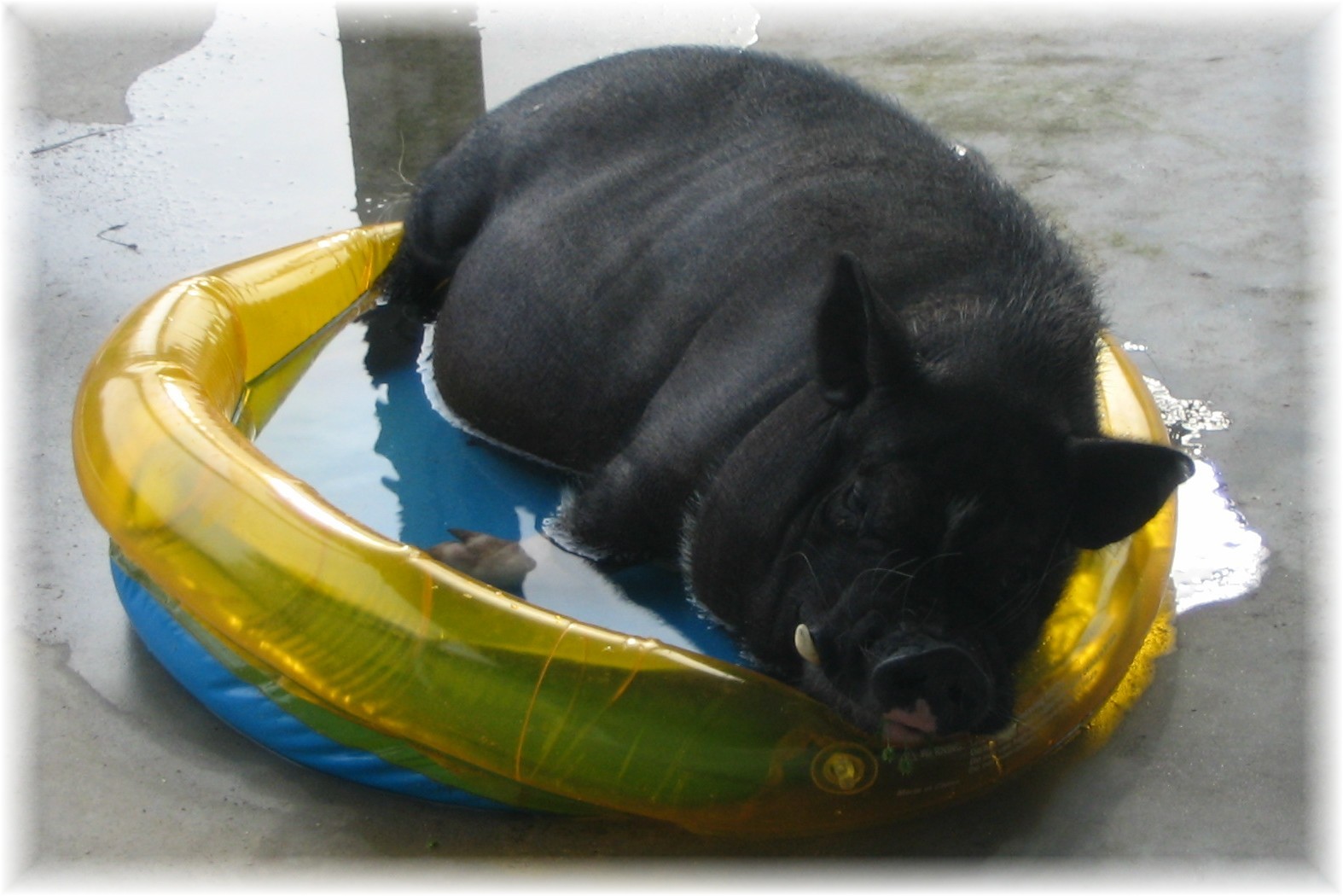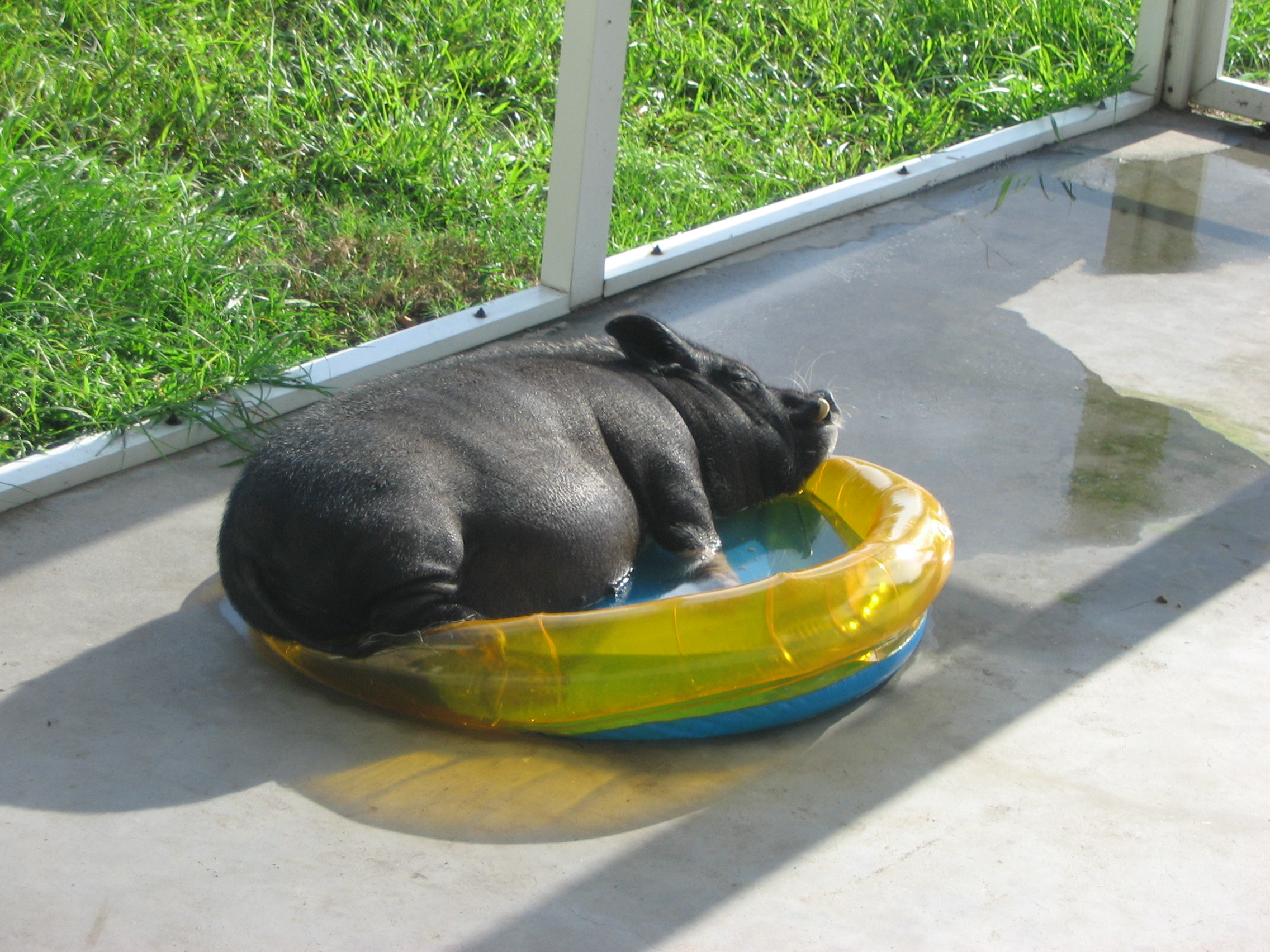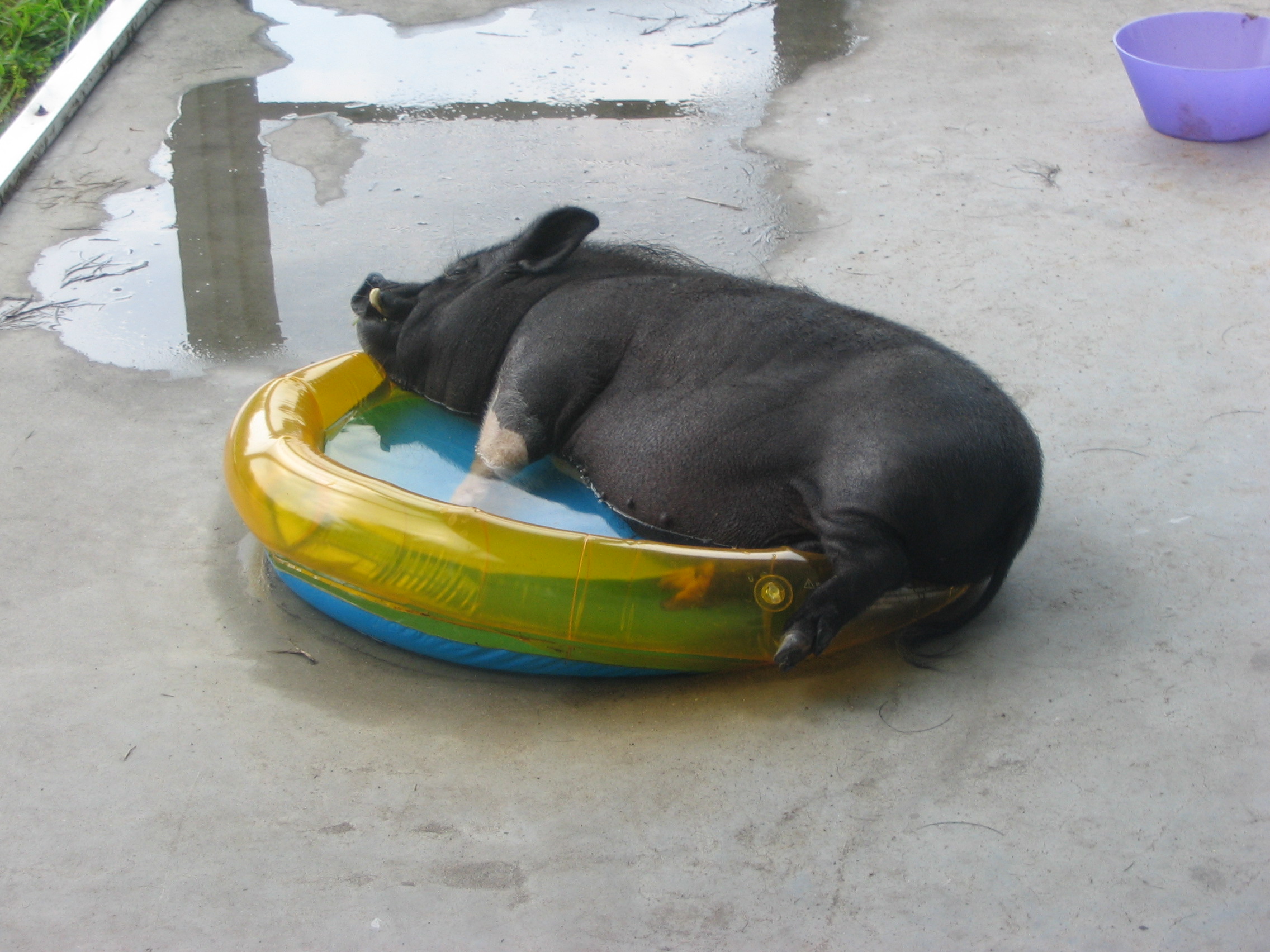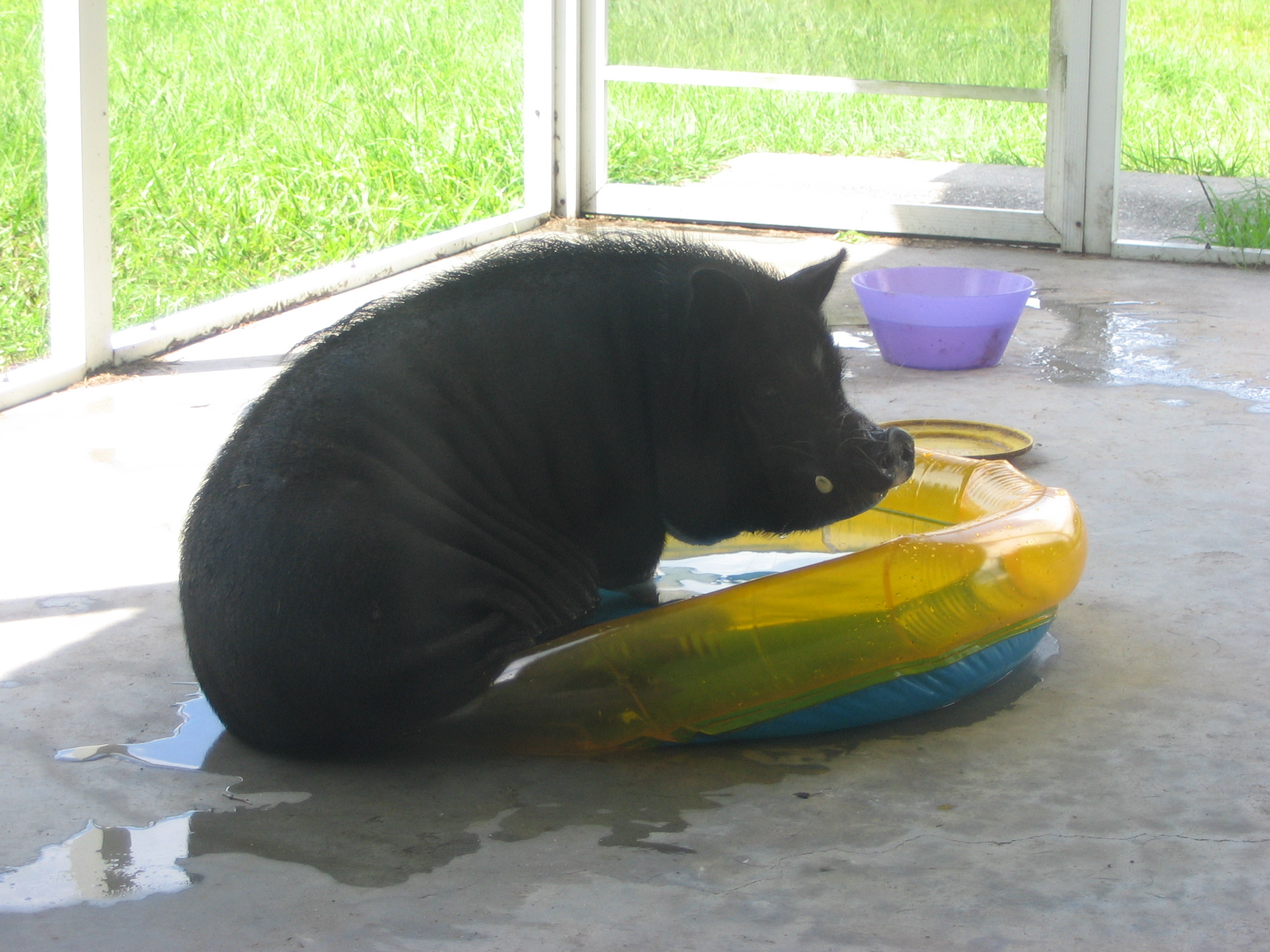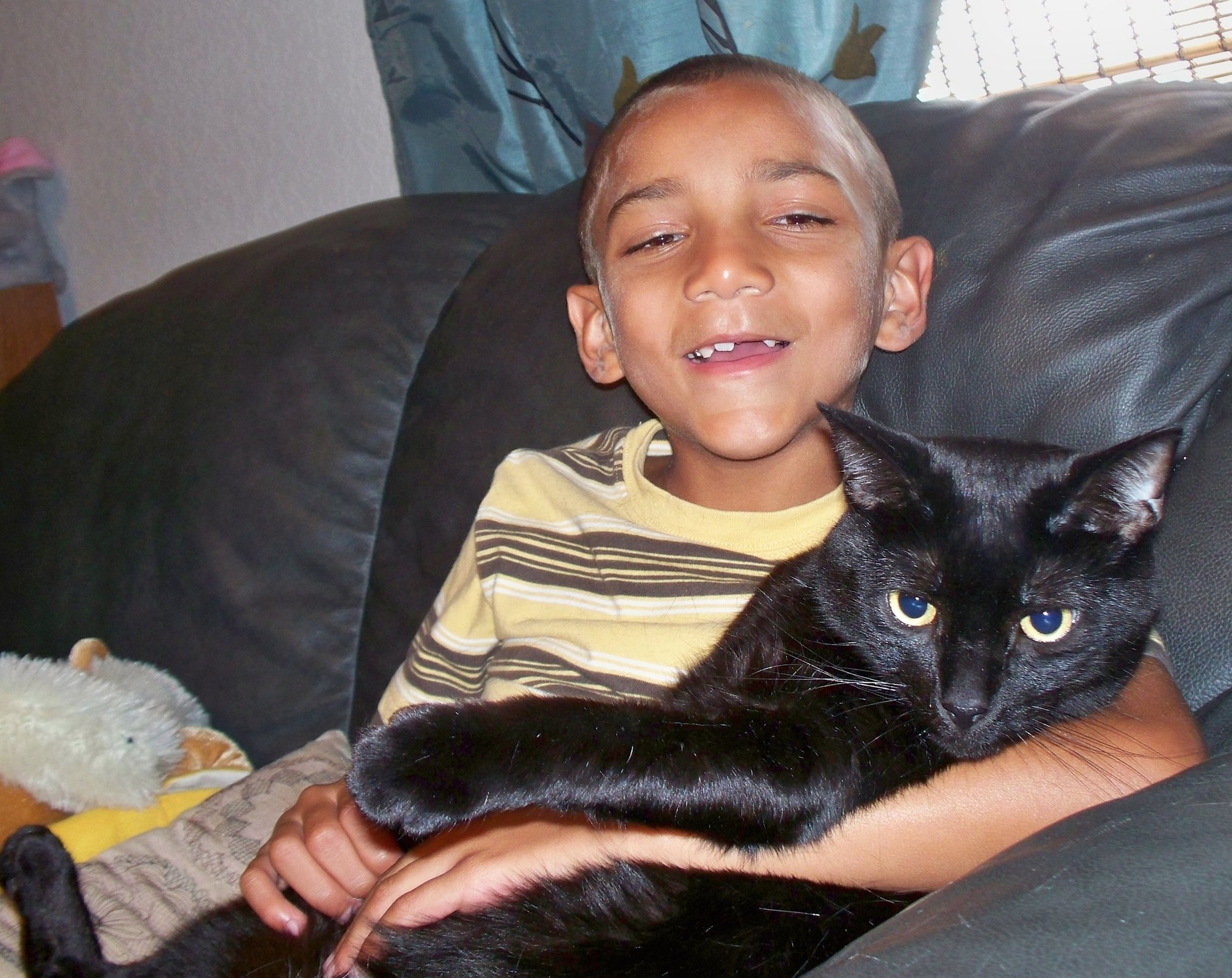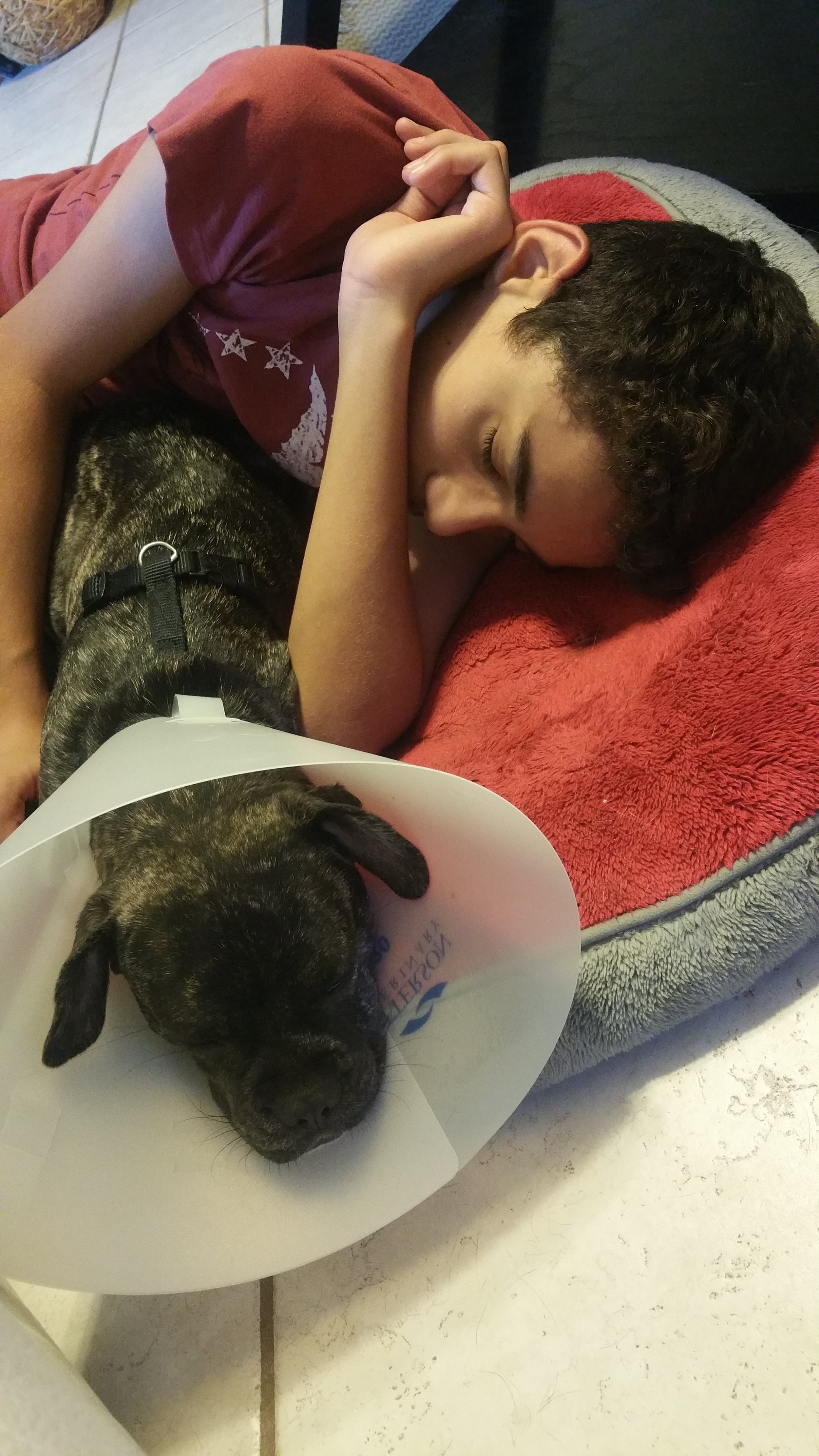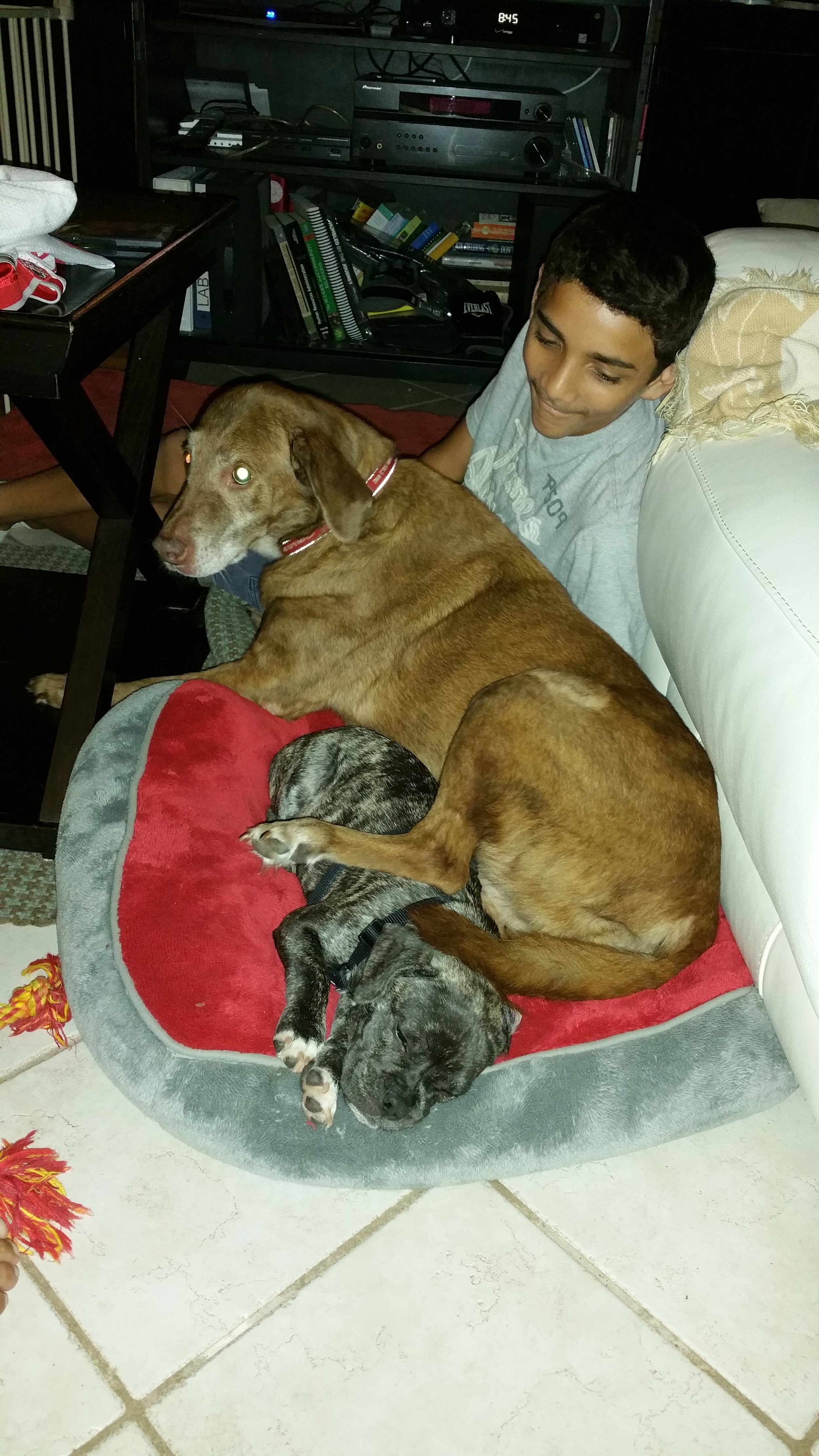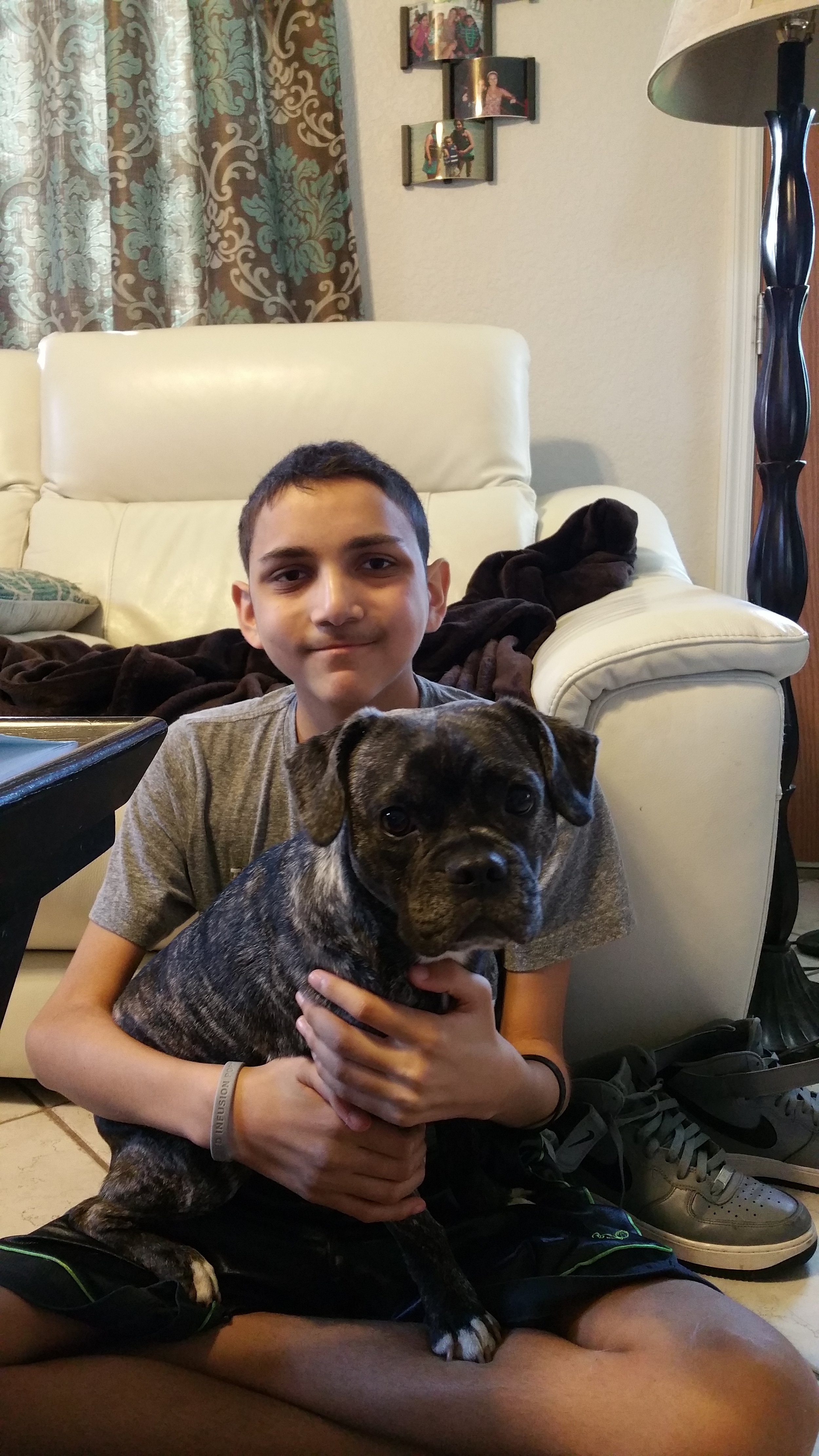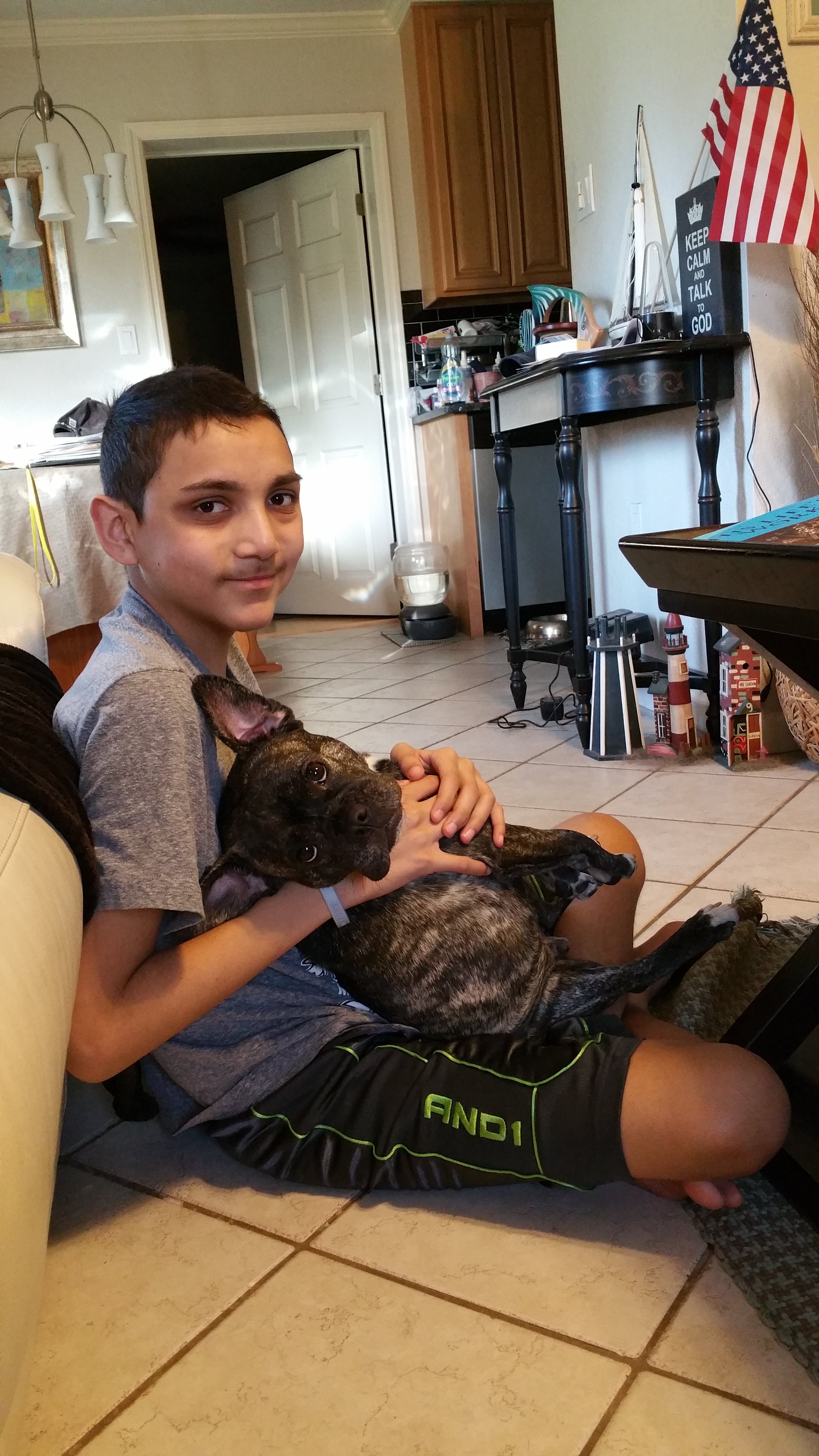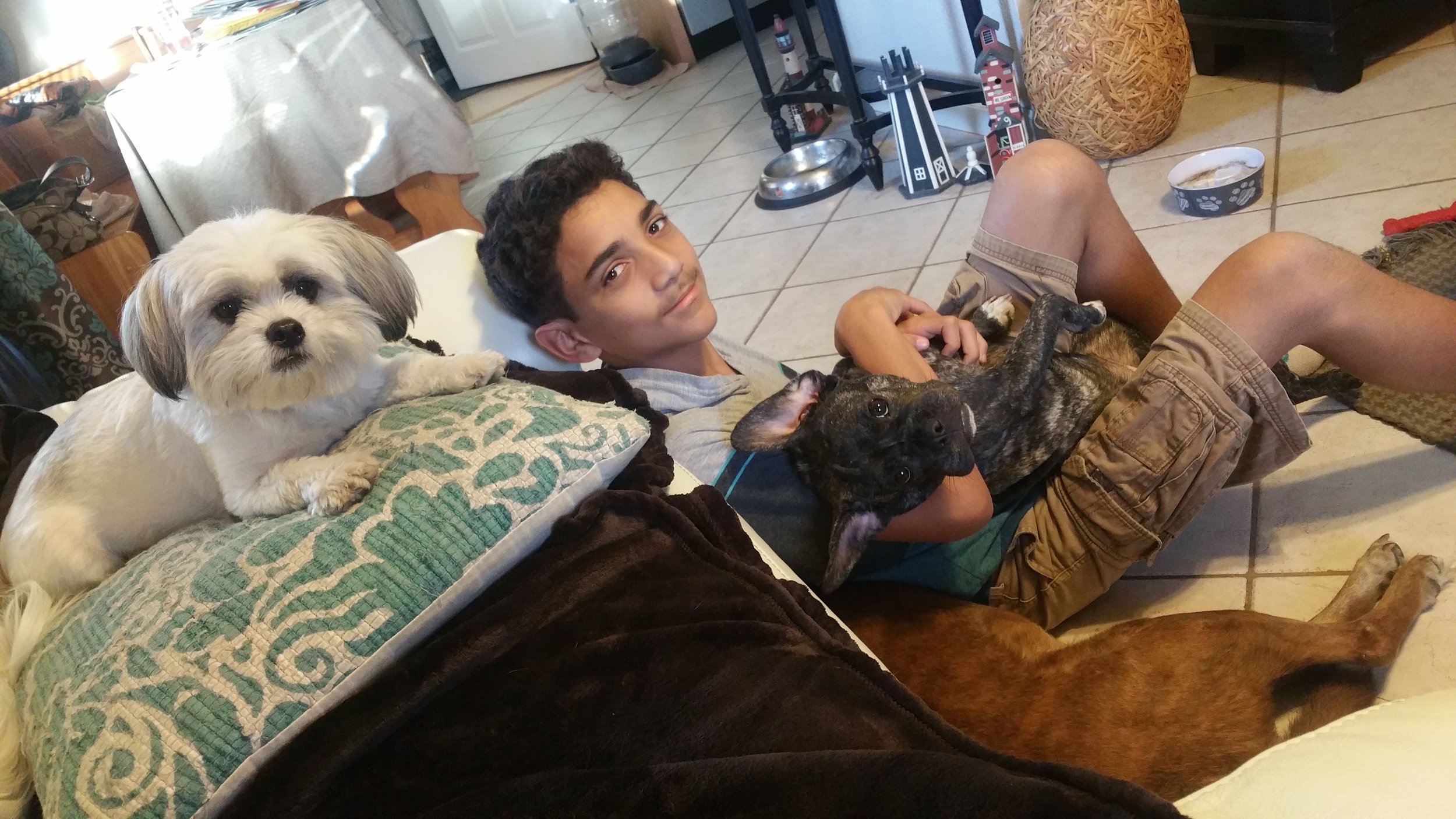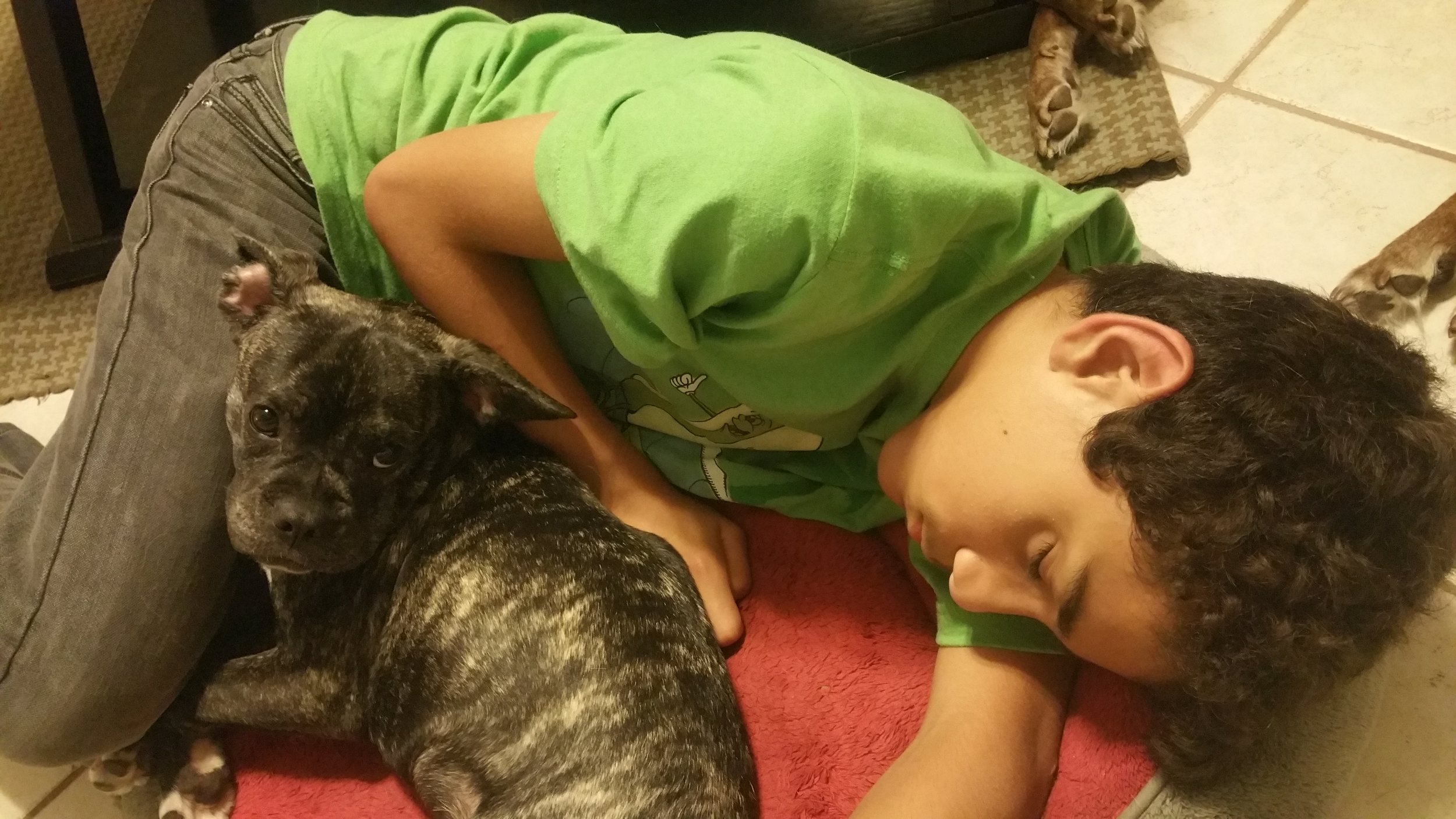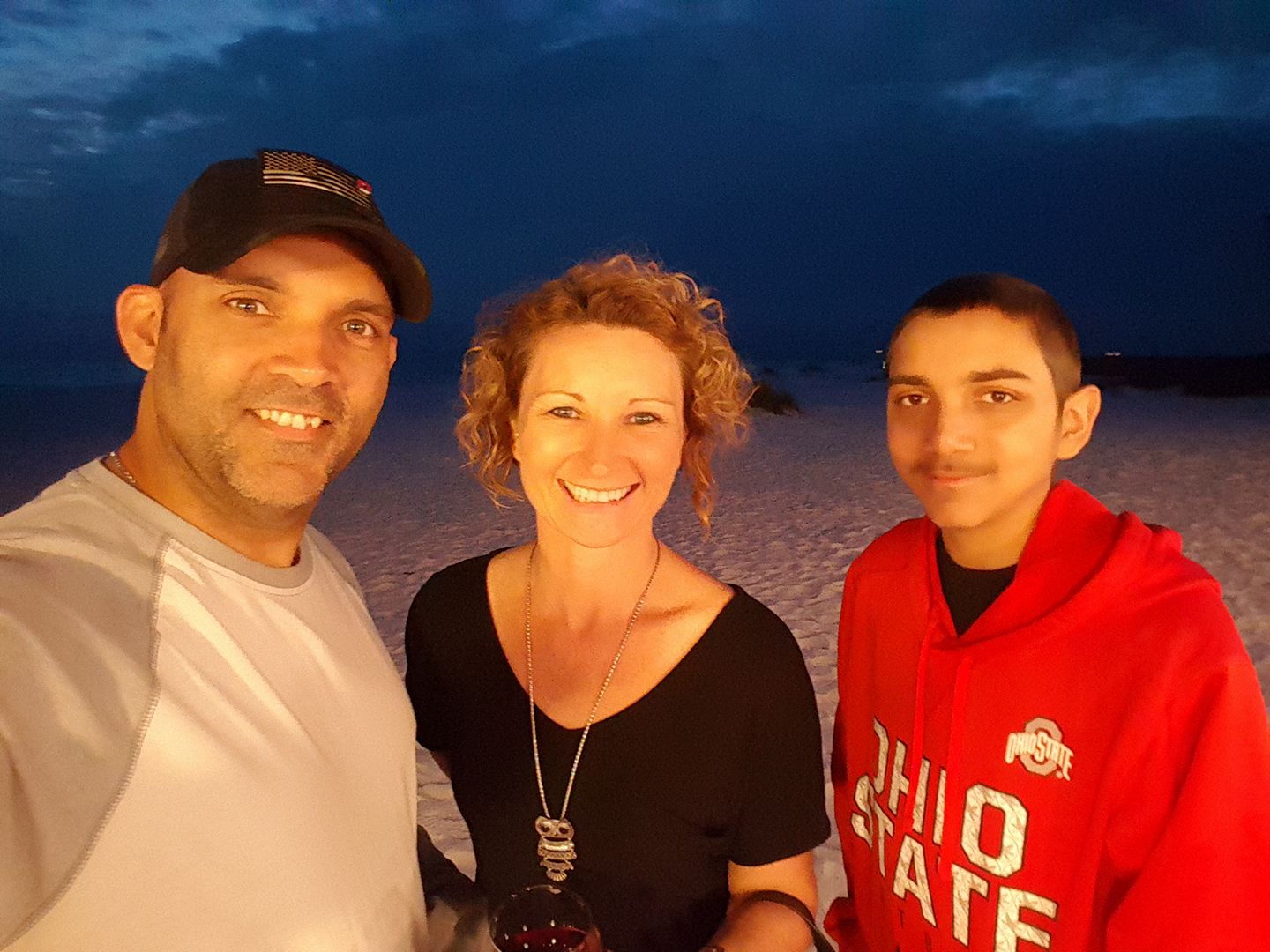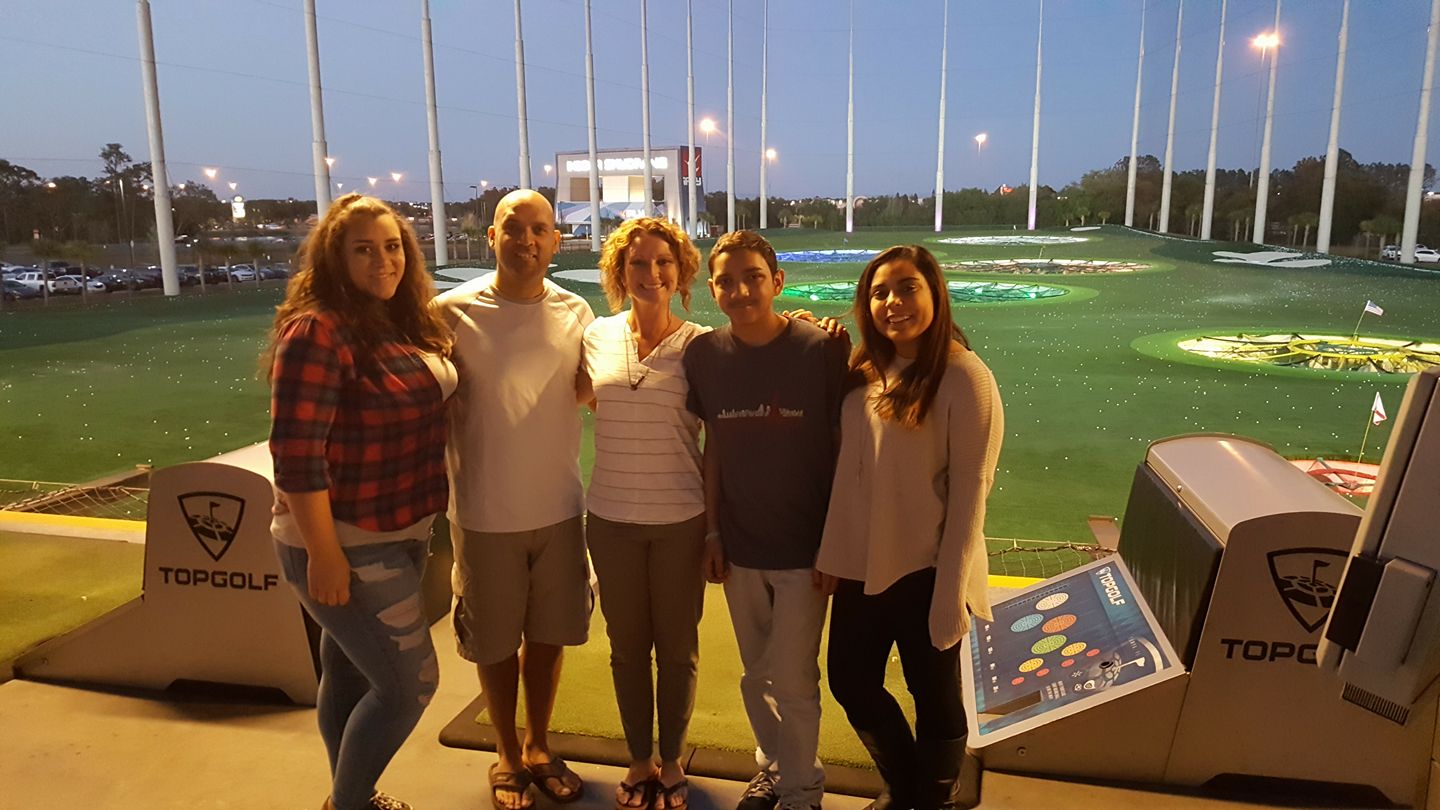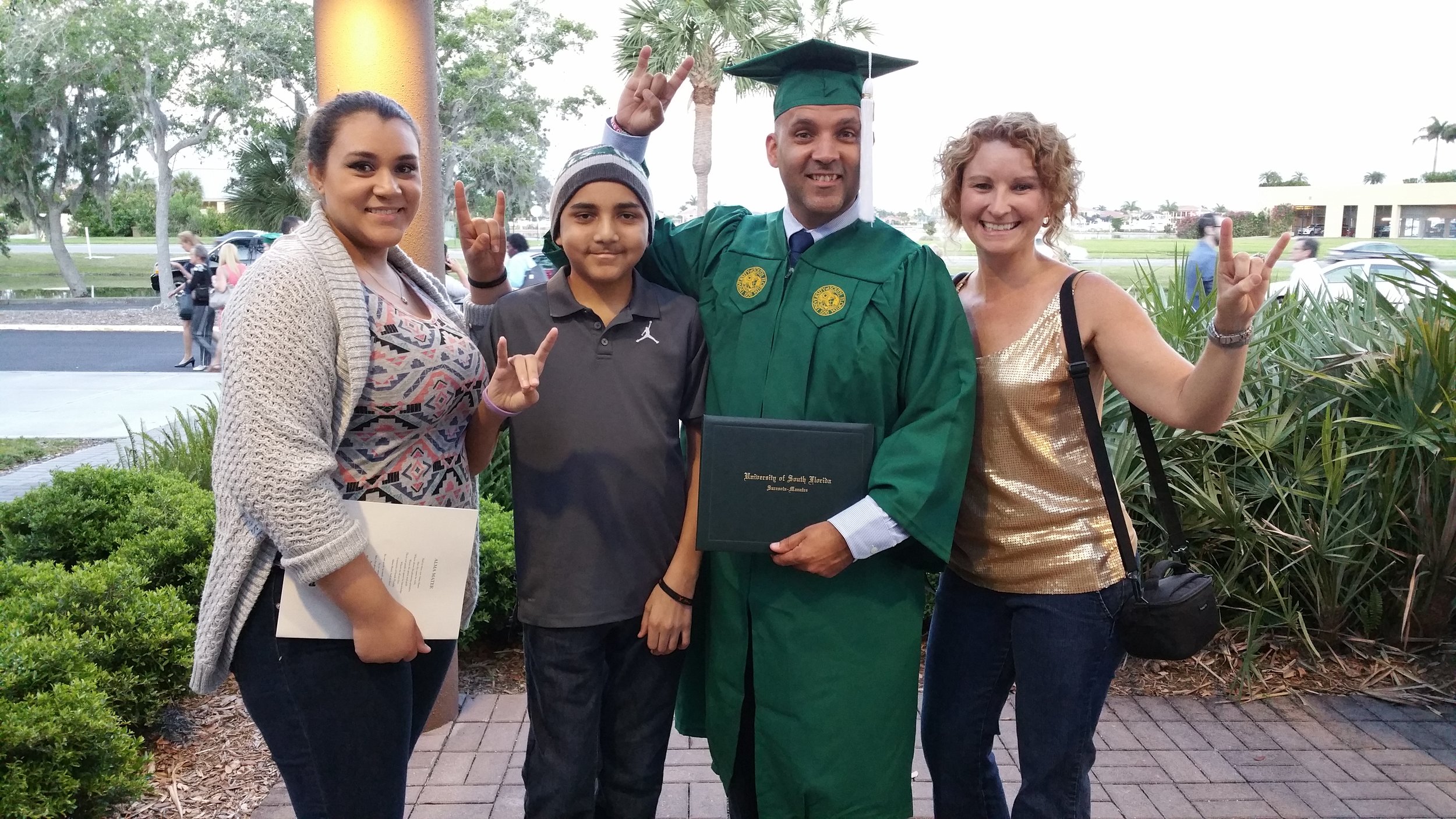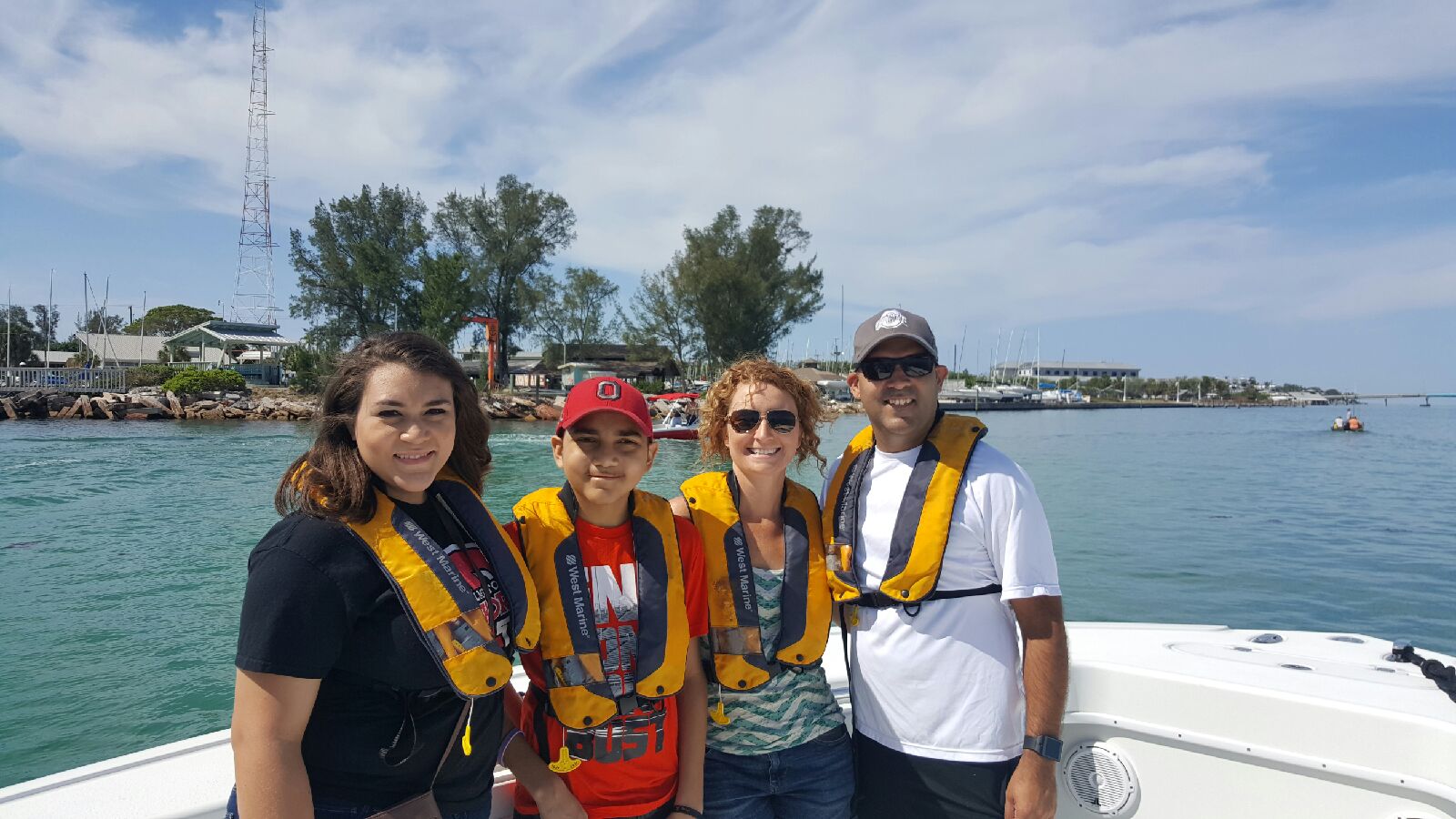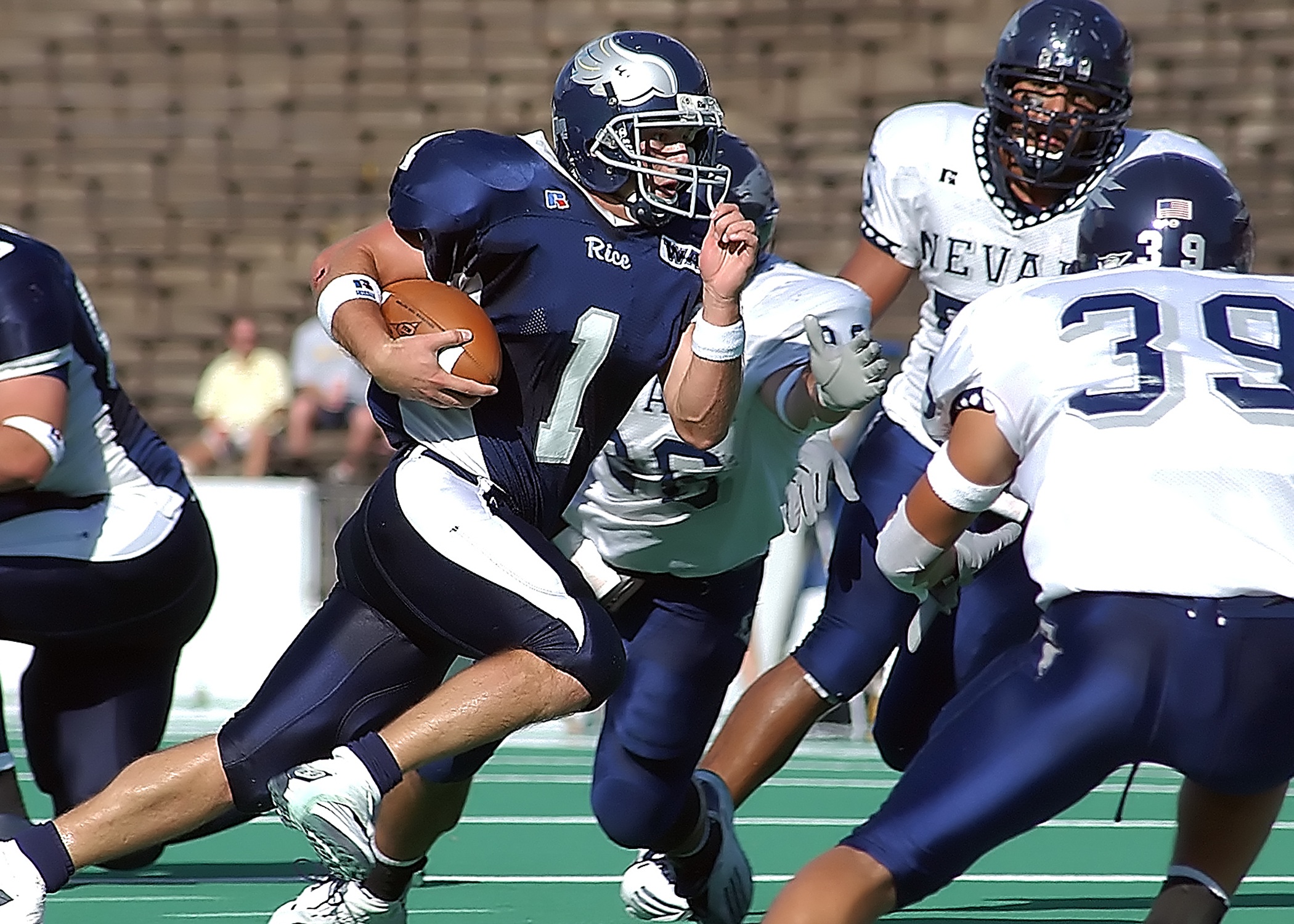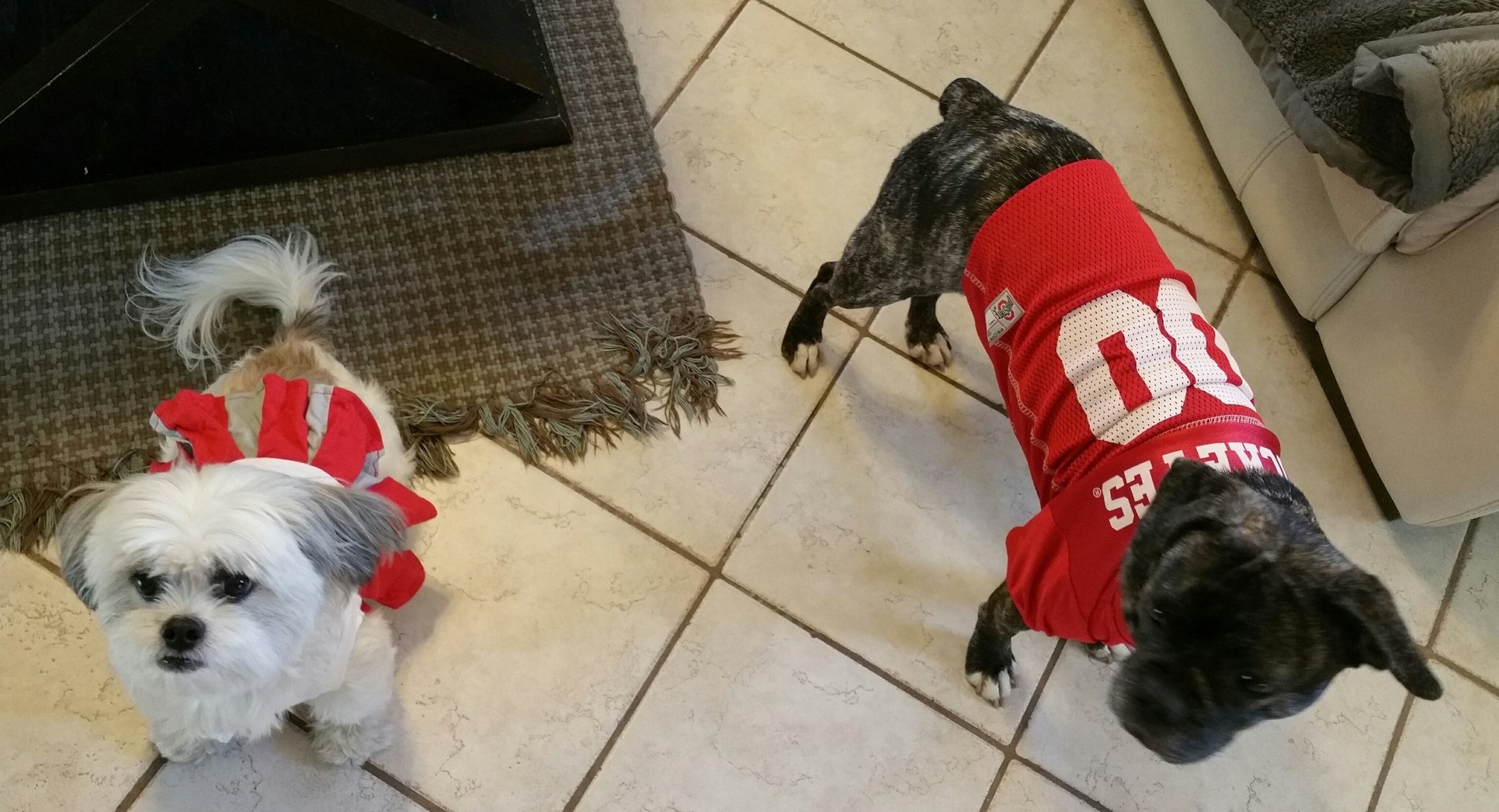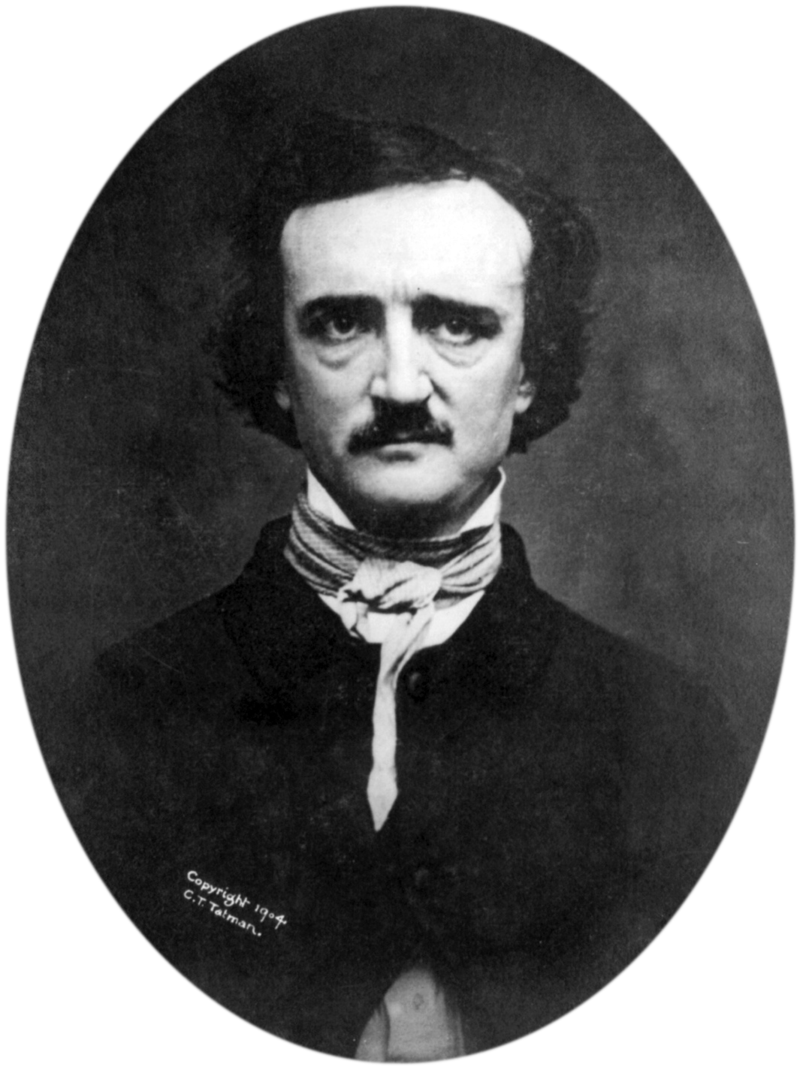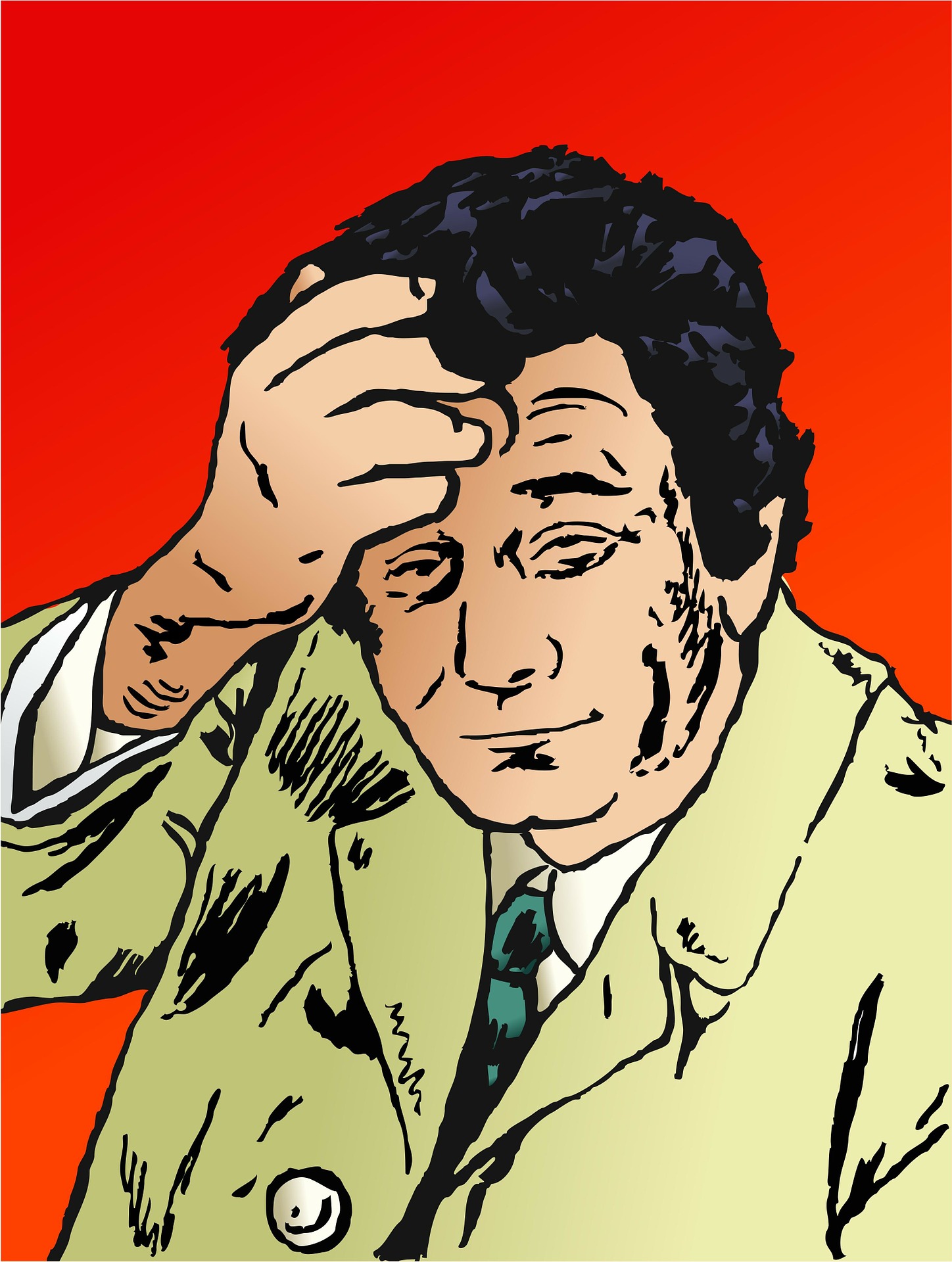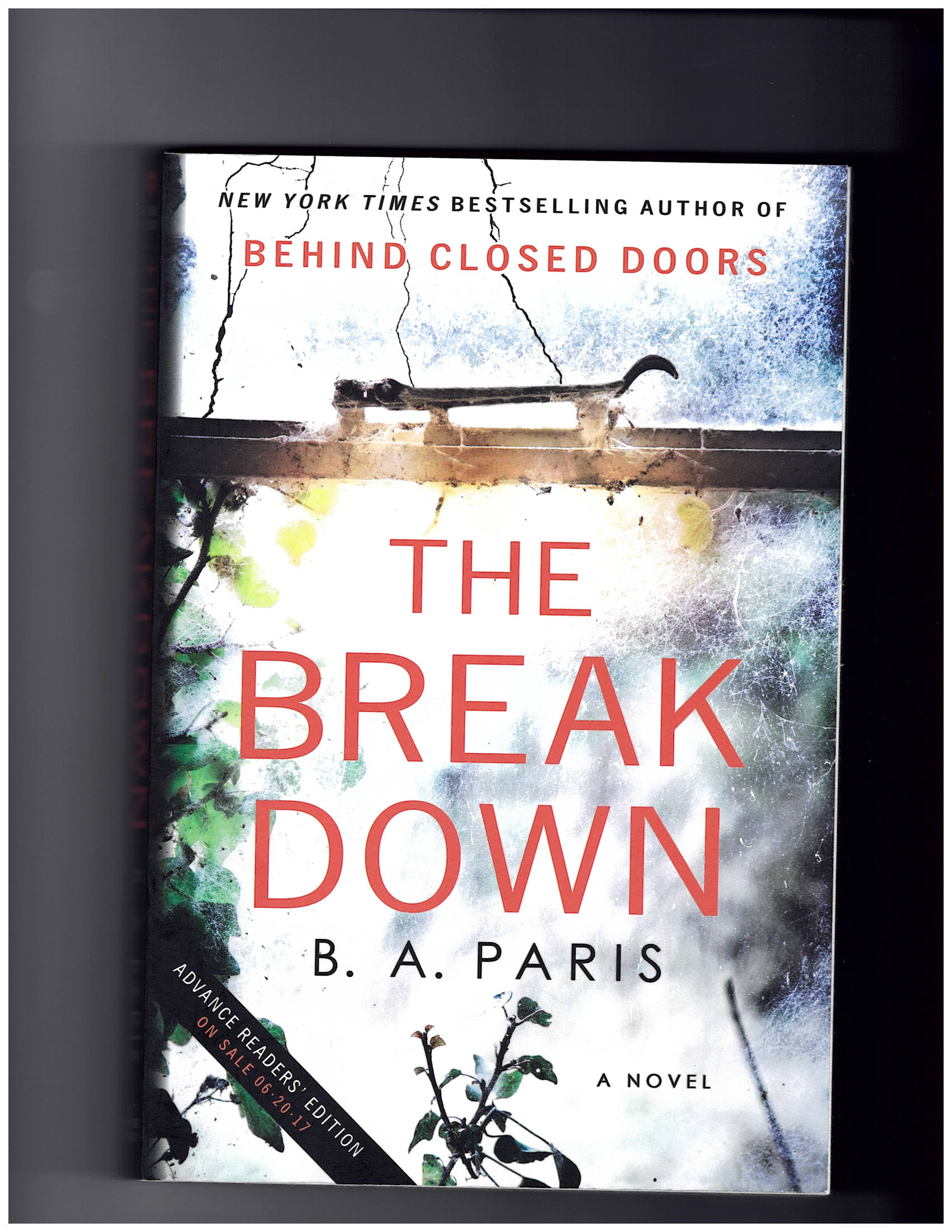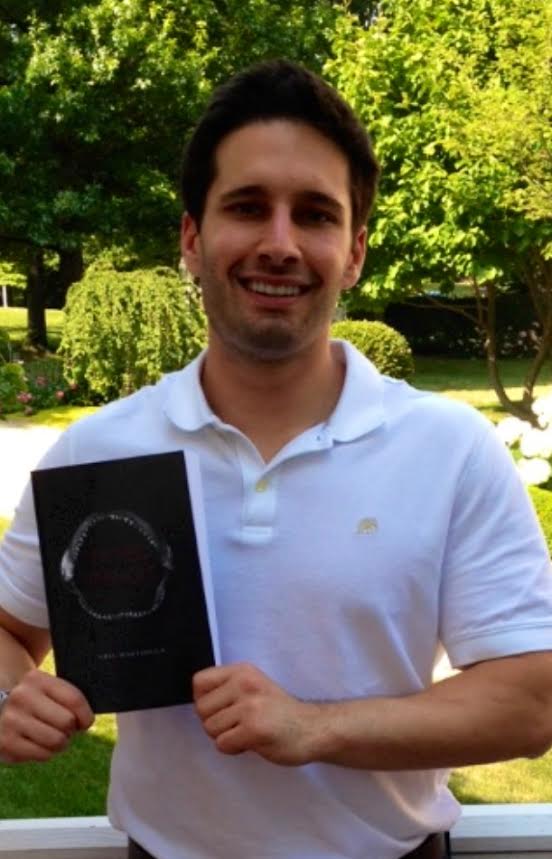We decided to switch sites for This Awful-Awesome Life because we could not save our previous months on our old system. Jay Speyerer did an amazing job designing the magazine, but could not continue in this capacity because of the demands of his own business, Legacy Road Communications.
Jay passed away suddenly before he was able to transfer his files to me, so I have had to recreate the previous issues from my own files. Some wonderful articles have been lost, but I have been able to redesign most of the content of these issues.
I'm going to post each back issue as one article with a short table of contents to let you know what is here. Scroll down to specific articles and/or enjoy the entire issue. I eventually hope to devise a system to archive previous issues and separate these articles, so our readers will be able to easily find previous articles by their favorite topics or writers.
I'm working this month with a broken right wrist and yes, I am right handed, so this redesign and our next issue (December 2017) will be challenging. hopefully I can avoid surgery and the January issue will be easier.
Our second month is about pets. It was an easy topic. Jay had three cats, Boo, Scout and Jem. I have four cats, Annika, Koho, Milo and Mittens (no attempt at one-upmanship – all my cats are rescues, so it just worked out that way).
My parents were big animal lovers, so I was raised with multiple cats, dogs, rabbits, chickens, turtles, fish, gerbils, and any baby bird that fell from a nest. If I had a dollar for every baby animal my mother, armed with an eye dropper and warm towels, nursed back to health….
However, this is not just your “look how cute my cat or dog is issue.” We went looking for some unusual pets, pets in literature, and people who are helping animals. We also found a Pittsburgh artist who specializes in pet portraits, and a young pet lover who is battling a serious illness.
We decided not to include pet tips, but after a mutual friend had a close call with her cat and some lilies, we decided to remind pet owners about the dangers of some common items often present in the home. Many flowers, especially lilies can be toxic to cats. Chocolates and most essential oils are a “no, no” for cats and dogs. Other items such as coffee, caffeine, onions, ferns and even marijuana can spell trouble for our furry friends. For a comprehensive list of substances poisonous to our pets visit http://www.petpoisonhelpline.com/poisons/ or http://www.vetstreet.com/our-pet-experts/pet-poisons-from-a-to-z-26-common-items-that-are-dangerous-to-cats-and-dogs. If you have children of the non-furry variety, be sure to consult http://www.poison.org/common-and-dangerous-poisons. If you suspect anyone in your home has ingested poison, call Poison Control at 1-800-222-1222 or use the webPOISONCONTROL online tool. You can download the free webPOISONCONTROL® app from the Apple Store or Goggle Play.
Award winning authors, Annette Dashofy, Nancy Martin and Susan Castriota answer some questions about the pets in their books and Ann K. Howley has contributed a humorous article about running with her dog. Orlando Bartro is back discussing our feathered friends in literature.
Don’t miss our many other fun and interesting articles and be sure to take the College Sports Mascot Quiz.
We have contributions from Florida, Virginia, Vermont and California in addition to our Pittsburgh group. We have photos and videos of pets and the people who love them – babies, toddlers, children, teens, millennials, Gen Xer’s, Baby boomers and a member of the greatest generation – over 80 years of caring all in this issue.
Enjoy!
Fran
Table of contents:
Pets in Art, Literature, Society and our Hearts by Fran Joyce
The Art of Joan Wunderlich: Images and the Artist’s Eye by Fran Joyce
Pets in Plots by Fran Joyce featuring Annette Dashofy, Nancy Martin, and Susan Castriota
Running Amok With Dogs by Ann K. Howley
The Other First Families by Fran Joyce
“A Little Birdie Told Me”: The Secret Cosmic Language of Birds by Orlando Bartro
Our Favorite Pets Collage
“Flights of Fancy”: Bird Symbolism in English Fiction by Orlando Bartro
Sometimes Being Different takes a Smoodge by Priscilla Goodwin-Serra
Pito is Conquering Leukemia with a little help from his Pets by Priscilla Goodwin-Serra
College Mascot Quiz by Fran Joyce
A Rescue by any other name: Books about Dogs to Inspire Us by Jackie Zataweski
Partners wanted
Sponsors Wanted
Next Month in This Awful-Awesome Life
******************************************************************************************
Pets in Art, Literature, Society and our Hearts
By Fran Joyce
My sons will tell you when I start researching an idea for a story I become obsessed. Dinner is late…dinner becomes a pizza delivery…suddenly I expect them to know how to load the dishwasher and where to find objects “only mom” can locate. Luckily, they are older now, and I’m usually forgiven because they have their own pursuits.
I didn’t want this issue about pets to be typical, so I poured over the internet trying to find an original twist on the subject.
Ancient drawings depict animals in various ways. They are predators, prey, protectors or companions. Often dogs were part of the hunt and helped early man track and retrieve the animals he killed for food. There are depictions of dogs scaring off other animals, sitting around the fire sharing food or sleeping with their human. Cats are shown with birds or rodents in their teeth helping rid human settlements of creatures that would foul the grain supply or ruin the crops. For their efforts, cats earned a warm place to sleep and the affection of their humans. Ancient Egyptians worshipped cats and Egyptian artists depicted many of their gods with the heads of animals.
In Literature, Beowulf, the longest epic poem in Old English, mentions sleeping dogs in the king’s hall. Geoffrey Chaucer mentions pets in The Canterbury Tales. The Prioress feeds her three dogs expensive meats with money meant for the poor. By owning dogs, she violates her vow of poverty and helps Chaucer point out elements of hypocrisy within the Church.
In 1489, Da Vinci painted Lady with Ermine. In 1502, Albrecht Dürer’s watercolor, Young Hare, depicted a sitting rabbit. Art in the 17th century reverted back to hunting scenes such as Pieter Paul Rubens, Hippopotamus and Crocodile Hunt, 1616.
As society evolved, so did our relationship with pets. For the common man, pets were useful. There were jobs animals had to do to earn their keep. Aristocrats kept pets for companionship and hunting. In Victorian England, keeping a pet was a mark of social elitism. Magazines and newspapers featured cartoons showing pets exhibiting the physical appearance and demeanor of their owners. The rise of the middle class contributed to the rise of pet keeping.
The Yellow Wallpaper, a renowned Victorian novel by Charlotte Gilman likens women of this era to birds – expected to be beautiful wearing elaborate decorative hats and elegant gowns similar to a bird’s plumage and making nests to care for their families, but trapped in a cage by the rules of society. Rudyard Kipling’s works, The Jungle Book and Rikki Tikki Tavi, explore the relationship of man and animal. In Oliver Twist by Charles Dickens, the relationship between Sikes and his dog Bull’s-eye reflects the Victorian era’s fondness for dogs and the rise of pets as “family members.”
François Boucher [CC BY-SA 4.0 (https://creativecommons.org/licenses/by-sa/4.0)], via Wikimedia Commons
In the 18th century, Portrait of Madame de Pompadour by François Boucher (1756) shows a dog sitting at her feet. It is surrounded by images of her favorite hobbies and the cascading folds of fabric in her beautiful gown. Charles Burton Barber was a 19th century English painter who attained great success with his paintings of children and their pets.
Depictions of pets in the 20th century reflected their growing importance. Iconic artists such as Andy Warhol, Frida Kahlo, Pablo Picasso and Paul Klee were pet lovers who created amazing images of their pets.
Pets were featured in novels, comic strips, cartoons, television shows, movies and ad campaigns. Characters such as Snoopy, Garfield, Pluto and Hobbes of Calvin and Hobbes have captured our imagination and made us laugh. Morris the Cat sold millions of bags of cat food and won our heart. Books about Balto and Seabiscuit have inspired us. I’m not too proud to say Marley and Me and War Horse made me cry.
Social media is filled with images of pets. I dare you to go on Facebook and not find at least one cat video or puppy photo. Don’t even get me started on Instagram.
In a 2013 article, Maria Cohn and Morgan Bromell selected the 25 most iconic artworks of animals. Some are images of pets. In 2015, Buzz Feed staff writer, Lincoln Thompson, compiled a list of 51 books all animal lovers should read. I have included links to both articles.
Bottom line – we love our pets - all 139.3 million freshwater fish, 94.2 million cats, 89.7 million dogs, 20.3 million birds, 18.8 million saltwater fish, 14 million small animals, 9.4 million reptiles and 7.6 million horses throughout the United States.
Sources consulted for this article:
1. https://en.wikipedia.org/wiki/Pet
3. https://www.bl.uk/collection-items/beowulf
4. http://www.artyfactory.com/art_appreciation/animals_in_art/animals_in_art.htm
5. http://www.complex.com/style/2013/02/the-25-most-iconic-artworks-of-animals/guernica
7. http://www.livescience.com/32415-whats-the-most-popular-pet.html
photos used are in the public domain
******************************************************************************************
The Art of Joan Wunderlich: Images and the Artist’s Eye
Pittsburgh artist Joan Wunderlich paints incredible pet portraits, but being an artist wasn’t the plan. After graduating from Upper St. Clair High School, Joan attended West Virginia University where she majored in Marketing Management. She enjoyed a successful seventeen year career in the hospitality industry before leaving to spend more time with her husband Jim and their daughter Alex. Olivia was born a few years later.
When the girls got older, Joan accepted a position as a designer for Preferred Drapery & Blinds in McMurray. Like cooking, painting was a beloved hobby and nothing more.
According to Joan, Alex got her started painting pet portraits as a business. “Eight years ago when Alex was in second or third grade, she asked me if I liked Greek food. Next, she asked me to paint a portrait of two parakeets for a little boy in her class. After seeing a picture of his pets, Alex saw an opportunity and went for it. She knew his mother made delicious baklava, so she offered to have me paint the birds in exchange for some baklava. It was a cute idea, and I agreed to her proposal. He loved the portrait, and we loved the baklava. Less than a month later, Alex asked me if I liked Thai food. A classmate from a Thai family had a Chihuahua and wanted a portrait.”
People began approaching her to paint their pets’ portraits and portraits of their friend’s or family’s pets which they wanted to give as gifts. Despite the allure of an international food festival, Joan decided she should probably start getting paid in money instead of food, so she started her own business and website.”
Joan has painted cats, dogs, birds, and horses. She recently completed a 20”x24” portrait of a rooster that is available for purchase.
“I try to capture the spirit of the animal through their eyes,” says Joan. “I’d love to paint a tortoise, snake or an iguana. I’d welcome the challenge of painting anything from the reptile family or the rodent family. Fish, frogs, turtles and ducks or geese would be interesting because of the play of light on the water.”
Joan typically uses oil paints which take a little longer to dry than acrylic paint. She prefers to work from a digital photograph or a collection of digital photographs which can be enlarged for greater eye detail. Close ups, focused on the pet instead of its surroundings, can capture the subtle nuances of the pet’s personality and demeanor.
“It’s important for me to know where the portrait will be hung if possible, so I can make sure the background is compatible with the room. I prefer to use neutral backgrounds, but I want a little contrast between the animal and the background. Brown on brown or gray on gray can wash out the image. The location can also determine the best size for the canvas and the orientation (vertical or horizontal). It’s also important to know if the portrait is being given as a gift, so I can be sure there is enough time to create the image and allow the paint to dry before delivery.”
When portraits are being given as gifts, Joan may not have the luxury of knowing these details.
“I’ve received commissions from all over the United States, but I enjoy when I have the opportunity to personally deliver portraits, and I see people’s reactions to my work. Often there are tears, but I always see a special joy in their eyes. Many of the portraits I paint are commissioned as gifts for other people. About 70% of those pets are living with the family and 30% are done in memorial.”
For more information on Pet Portraits by Joan visit www.petportraitsbyjoan.com or call 412-851-1069.
Pet portraits by Joan Wunderlich – all photos courtesy of Joan Wunderlich
******************************************************************************************
Pets in Plots
By Fran Joyce
Have you ever wondered why some authors choose to give pets human qualities such as speech and intuitive or deductive reasoning skills? Some animals are human pets while others are main characters living in a world of other talking animals. I spoke with three award winning authors, Annette Dashofy, Nancy Martin and children’s author and illustrator Susan Castriota, about the use of pets in their novels. I decided to present their answers in a Q&A format.
Annette Dashofy has a cat named Kensi and a horse, Jenny. She is a two time Agatha Award nominee, and the USA Today best-selling author of the Zoe Chambers Mystery series published by Henery Press. No Way Home, her latest work, is the fifth book of the series. Her main character, Zoe Chambers, is an EMT in rural Western Pennsylvania with a pair of orange tabby cats and a horse.
The Zoe Chambers Mystery Series is available at Amazon, BarnesandNoble.com, and Mystery Lover’s Bookshop. Follow Annette Dashofy on Facebook, Twitter, and Pinterest. Visit her website, annettedashofy.com to learn more about her work and check out the dates and times for upcoming seminars and book signings.
In a rural setting, animals are often a given, but I asked Annette why she chose to give Zoe two cats and a horse.
Question: How important is it for your character to have pets (the cats and her horse)? How do you think Zoe's character would be different if she did not have pets?
Answer: I can’t imagine life without animals, so I consider it vital for Zoe to have them too. I explored her past in Circle of Influence including her rocky history with men and how she came to own her first horse. Buying that mare triggered a series of events that changed the direction of her life, and keeping the mare’s foal—raising him and training him—possibly saved her life. It definitely gave her direction and a sense of purpose.
Question: Have you ever considered writing a novel with a pet as the main character? If you did, would you use personification to make your pet seem more human or would you rely on the animal's natural intelligence and his owner's ability to intuit his behavior?
Answer: As for writing a novel with a pet as a main character, no, it’s not something I’ve considered. They’re definitely a strong supporting cast in everything I write, but while I like to caption photos of my cat, Kensi, that’s about as close as I’m likely to get to writing from an animal’s perspective.
Nancy Martin is the award winning author of 52 books and novellas in mystery, suspense, historical and romance genres. She is best known for the Blackbird Sisters Mystery Series and the Roxy Abruzzo Series.
How to Murder a Millionaire, her first novel in the Blackbird Sisters Mystery Series, was nominated for the Agatha Award for Best First Mystery of 2002, won the RT award for Best First Mystery and was a finalist for the Daphne DuMaurier Award. She was awarded the 2009 Lifetime Achievement award for mystery writing from Romantic Times magazine. Nancy has served on the board of Sisters in Crime and is a founding member of Pennwriters.
Her latest work, Miss Ruffles Inherits Everything, is her first book featuring an animal as a main character.
Her books are available in book stores around the world. They can also be purchased in e-book form on Amazon.com, Barnes & Noble.com and iTunes. Like and follow her on Facebook. She will be a speaker at the 2017 Pennwriters’ Conference in May. Be sure to visit her website, nancymartinmysteries.com to see her collection of works and learn more about her writing.
I asked Nancy what inspired her to write a mystery involving a pet, and here’s what I learned:
Question: What made you decide to give an animal such an integral part of the plot?
Answer: Not long ago, I needed a new idea for a book, so I went flipping through a big file I keep. It’s full of clippings that strike my imagination. One clipping was the story of The Queen of Mean—Leona Helmsley, remember her?—and how she left millions to her dog. I liked the idea of a dog inheriting a fortune, but—being kind of a contrary person—I wanted the dog to be something unexpected. Not a fluffy lap dog, but the kind of rough and tough farm dog I grew up around. But with a fluffy dog’s name! Miss Ruffles was born.
Question: Was it difficult to resist temptation to keep Miss Ruffles a dog and not personify her by giving her thoughts and ideas like many writers do in mysteries with animals?
Answer: A lot of writers do endow animals with human qualities, and I like to think I come close—Sunny, the heroine, seems to know what Miss Ruffles is thinking—but I think a dog just being a dog can be a fun character.
Question: Miss Ruffles is definitely a scene stealer - how much research did you do about her breed?
Answer: Hahaha! Don’t tell my editor, but there is no such breed as the Texas Cattle Cur. Miss Ruffles is a breed I made up—an amalgamation of several breeds, the Texas Catahoula leopard dog, the blue heeler and others. But in my heart, Miss Ruffles is a cross-eyed Dalmatian we had for many years. Dinah knew how to get into trouble. She was a handful, but lovable. Now she’s immortalized!
Question: Will we be seeing more of Miss Ruffles in future books?
Answer: That depends on readers. If there’s a demand for more Miss Ruffles mysteries, the publisher will come calling.
Susan Castriota is the award winning author and illustrator of the Wilson’s Wondrous Tails book series for children. It teaches about volunteerism, friendship, hope, altruism, joy, and togetherness.
Susan is nationally recognized for her illustrated custom drawings of famous land marks. Her greeting cards and Christmas ornaments were available in major department stores around the country. In 2008, she designed an ornament for the White House Christmas tree. Her Pittsburgh Illustrated Calendar series was enormously popular in Western Pennsylvania. She is also the inventor of the Cuchina Safe Lid® for use in microwave ovens. It is available on amazon.com.
Individual books and sets of the series are available on her website, wilsongetsadopted.com. Her books are also available on amazon.com. For more information contact Susan at Wilsonsbook@aol.com or visit wilsongetsadopted.com. Like and follow their FACEBOOK page, Wilson Gets Adopted.
Susan’s main character Wilson is based on her real life pet of the same name. I asked Susan how she came to give her pet a voice and her are her answers.
Question: What inspired you to write your first book about Wilson?
Answer: I adopted Wilson from "Action for Animals" shelter in Latrobe. Once he was home, I realized he was deathly ill, not wanting to take him back, I took him to the vet, and over the next several months I nursed him back from the brink of death, he had pneumonia and kennel cough. That's when I started to look into his past, with the help of his dog tag, and I learned that he had lived with a smoker, who passed away, and Wilson was then put up for adoption. I was inspired to write a children’s book to teach children that second hand smoke is dangerous to our pets as well as to us.
Question: As an illustrator, how do you make Wilson's image come to life on the page?
Answer: For an artist, Wilson is an easy study. He has big fluffy ears, a black button nose and cute little tail. He has so much personality it comes out naturally on the art board.
Question: Wilson tells his own stories in your series, Wilson's Wondrous Tails. What made you decide to make him the narrator instead of using his human?
Answer: It just happened that way with the first book, and stuck with the next 5 books. I felt it would be better to hear first- hand from Wilson about his experience of losing his master, going to a shelter, then going to a new home and meeting his new family. Wilson is the only dog who has gone back in time and met the dogs who lived in the White House in the book edited by the White House Historical Association - "Wilson and the White House Pups".
Question: Your books which are written for children always have an educational component. How does Wilson get his message across while still entertaining his young audience?
Answer: I believe it is easier to teach children about "Manners" or "Bulling" when it is coming from a little dog. Once they fall in love with Wilson and his best friend Bella, the lessons become second nature and resonate with the children.
All photos used are courtesy of Annette Dashofy, Nancy Martin, or Susan Castriota.
******************************************************************************************
Running Amok With Dogs
By Ann K. Howley
On a local trail, I recently crossed paths with a woman who was running with her dog. It was unusually warm for a March morning in Pittsburgh, but due to my unfortunate habit of forgetting to check the weather before I leave the house, my dog and I were overdressed. I was wearing one layer and one knit cap too many, and my dog was wearing her pretty pink “dress,” a coat which should really only be used on days when school is delayed due to ice, snow or extreme cold.
The woman on the trail was appropriately dressed in shorts and a short-sleeved running top, plus she had the good sense to dress her dog in nothing more than a collar and leash.
Already I felt inferior.
But what really surprised and demoralized me was the way she ran with her dog. She appeared to be completely relaxed. She ran in an upright position and moved forward in a ramrod straight line. Her happy-faced dog moved in such perfect unison with her at her side that the leash in her hand hung slack between them, as if it was unnecessary for them to be tethered together with something as gauche as a leash.
I have been running with dogs for twenty years and I have never experienced either a slack leash or the luxury of running in a straight line.
My dogs pull. They sniff. They pee. They poop. Sometimes excessively. They attempt to bolt after squirrels, rabbits, chipmunks and even rocks and leaves that briefly appear to be animate objects. My dogs have never cared about my running pace, timing, distance or form. They have no idea that I want to remain upright while I run. None of my dogs would ever apologize if they yanked so hard I fell to the ground. In fact, if I were lying face down in the dirt, my dogs would lick me in gratitude for taking time out of my running schedule to visit them at ground level. To be clear, I have never actually landed face down in the dirt, but I only attribute that to the strength of my biceps, which have been subjected to unintended callisthenic workouts every time I run. After two decades, at least I have something to show for it.
I don’t know how this woman did it. How did she manage to develop such a symbiotic bond with her canine companion that the creature has tamed its natural instincts and is able to run with her in perfect symmetry? I can only assume she’s had the benefit of training this lovely dog since it was a puppy.
Maybe that’s why my dogs don’t run as much as they run amok with me. All my canine companions have been what I call “recycled dogs.” They have been abused, abandoned or relinquished to an animal shelter. I’ve never had a puppy. All my dogs have been grownups and they’ve all had “issues.” At the moment, I’m not as interested in running in a straight line as I am going a week without an “accident” since my new 2-year old girl dog, Maya, has never been housetrained.
So don’t look to me for advice on how to run with dogs. If you really need to know, hit the local trails and try to find that impressive, self-assured woman who runs so effortlessly and naturally with her dog. She knows a lot more than I do.
It doesn’t mean that I can’t try harder. So from now on, I’m going to make a concerted effort to at least check the weather before I take Maya out.
That’ll be a start.
Ann K. Howley is the author of the award-winning memoir, Confessions of a Do-Gooder Gone Bad. She is a regular contributor to Pittsburgh Parent Magazine and is a contributor to the most recent HerStories Project anthology, So Glad They Told Me – Women Get Real About Motherhood. She teaches writing courses for CCAC’s Community Education Program. She will be shy if you ask to see her biceps.
All photos courtesy of Ann K. Howley
******************************************************************************************
The Other First Families
By Fran Joyce
Most of us can recite the names of the 45 U.S. presidents. Many of us know a few of the first ladies and the children who have graced the halls of the presidential homes in New York, Philadelphia and finally the White House in Washington D.C. How many know about the presidential pets?
In honor of our pet issue, we wanted to do an article about the other first families – presidential pets. We ruled out listing pets by their presidents or making up a quiz. That’s too easy. Instead, we decided to look at how having a presidential pet has changed since Washington brought horses, dogs and Martha’s pet parrot to the first presidential mansion.
Currently, there is no pet in the White House. If the president does not honor his promise to get a dog, he will be the first president since Andrew Johnson to be without a pet. During his impeachment hearings, President Johnson allegedly put out white flour at night for the mice. He reportedly enjoyed watching them scamper about, and it took his mind off his political woes. Some sources claim, the mice in question were white mice kept as pets by his wife. Though he was fond of horses, James K. Polk is the only other president not to have a pet while in office. It's worth noting that some sources do not recognize horses kept in the stables as pets, and there is disagreement about whether animals that lived on the property, but not inside the actual White House should be considered pets.*
In the 19th century, dogs, cats, horses and birds were common presidential pets. Thomas Jefferson was the first president to own a pair of bear cubs while in office. James Madison would have been without a pet if not for his wife’s green parrot.
John Quincy Adams had a pet alligator given to him by the Marques de Lafayette. It lived in one of the White House guest bathrooms to the shock and horror of many unsuspecting guests. His wife Louisa raised silkworms.
In addition to owning race horses and horses for his personal use, Andrew Jackson owned a parrot named Poll which he taught to swear.
Martin Van Buren was given a pair of tigers from the Sultan of Oman. Congress promptly ordered him to donate the tigers to the zoo. William Henry Harrison owned a goat and a cow during his presidency. Congress was okay with this.
Millard Fillmore’s White House ponies were named Mason and Dixon. He was a founding member of the Buffalo New York Chapter of the ASPCA. Franklin Pierce was also an animal lover. He had seven small dogs and two birds from Japan while in office.
James Buchanan, our only president from Pennsylvania, had two bald eagles and a large Newfoundland. He was given a herd of elephants by the King of Siam and kept one at the White House.
Abraham Lincoln expanded the notion of what makes a good presidential pet. In addition to cats, dogs and ponies, he had goats, a pig, a white rabbit and a turkey.
President Grant kept his wartime mount, playfully named Jeff Davis, in the White House stables along with other horses and Shetland ponies. Inside the White House, he had dogs and a parrot.
Rutherford B. Hayes had quite a collection of pets. He is believed to own the first Siamese kitten in America, which he named, Siam. He also had dogs, a goat, a mocking bird, canaries, Jersey cows and carriage horses.
President Garfield had the usual run of pets, but he gets points for naming his Newfoundland, Veto. Grover Cleveland added imported fish and a game chicken (Shawneck) to his other first family of dogs, canaries, mocking birds and ponies.
Benjamin Harrison had dogs and a Billy goat, but he is worth mentioning because of his pet opossum. William McKinley cleverly named his pet parrot, Washington Post. Washington Post shared the White House with Angora kittens and a rooster.
Teddy Roosevelt wins as the president with the most pets. He and his six children had a veritable zoo consisting of dogs, cats, horses, Shetland ponies, snakes, a macaw, a badger, rabbit, Kangaroo rats, flying squirrel, guinea pigs, a hyena, wildcat, coyote, five bears, parrots, zebra, a barn owl, lizards, hens and a one-legged rooster, pigs, raccoons and guinea pigs. When Archie Roosevelt was sick in bed, his brothers, Kermit and Quentin, brought Archie’s favorite pony, Algonquin, up to his room using the White House elevator. Algonquin was so fascinated by the mirror in Archie’s room he resisted all efforts to get him out of the little boy’s bedroom.
Woodrow Wilson’s sheep grazed on the White House lawn, and he called his favorite ram Old Ike. He also had cats and songbirds. During Warren G. Harding’s scandal filled presidency, the White House was home to dogs and a squirrel named Pete.
Calvin Coolidge followed in Teddy Roosevelt’s shoes and created his own White House “zoo.” He had cats, dogs, canaries, a thrush and a mocking bird, a goose, a donkey, a bobcat, lion cubs, a wallaby, a pygmy hippo and a black bear. He also owned raccoons, and he reportedly walked one of his pet raccoons on a leash on the White House grounds.
Herbert Hoover took pet ownership to a new level. He was photographed with his Belgian shepherd, King Tut and used the photos during his campaign.** Hoover’s son Allan Henry had two pet alligators. Their photos never made it onto the campaign trail.
After President Hoover, the White House pets have been limited to mostly dogs and a few cats with the exception of the Kennedys. Before his assassination in 1963, the White House was home to cats, birds, dogs, hamsters, a horse named Sarder and Macaroni, the Kennedy children’s beloved pony.
Lyndon Johnson favored dogs. He had three beagles, Him and Her and Freckles (one of Him’s pups), a collie and two mutts, one of which he named J. Edgar. He also had hamsters and lovebirds.
Richard Nixon’s best known pet was his dog, Checkers. Gerald Ford, the only U.S. president who was never actually elected, had Liberty, a golden retriever and Chan, a Siamese cat. Jimmy Carter also had a cat and a dog - Misty Malarky Ying Yang, a Siamese cat and Grits the dog.
Ronald Reagan and George H.W. Bush were dog lovers. Reagan had Rex, a King Charles spaniel and Lucky, a Bovier des Flandres sheepdog. Bush had Millie, a springer spaniel and one of her pups, Ranger. He also gave his son George W. Bush one of Millie’s pups and it ended up at the White House during W’s presidency.
Bill Clinton had Socks the cat and Buddy, a chocolate Labrador retriever.***
President Obama, who promised his daughters a dog if he won the election, had to do some research before delivering on his promise. His daughter Malia has a pet allergy, so the Obama’s went with a Portuguese water dog, Bo. They later added Sunny, another Portuguese water dog to the White House.
I’d be remiss if I didn’t mention Susan Castriota’s book, Wilson and the White House Pups, which is a wonderful children’s book chronicling presidential dogs from George Washington’s fox hounds (they never actually lived in the White House) to President Barack Obama’s first dog, Bo.
*I hope you have enjoyed a little look at the other first families. During my research, I did come across some contradictory information, but I went with the most consistent information and what I felt made the most entertaining story. Some sources have different opinions on what constitutes a pet, but unless we could personally ask every president, we can only speculate.
Sources consulted:
https://en.wikipedia.org/wiki/United_States_presidential_pets
https://www.nps.gov/thrb/learn/historyculture/the-roosevelt-pets.htm
http://www.presidentialpetmuseum.com/whitehousepets-1/
**Herbert Hoover with his dog, King Tut – Herbert E. French photographer – fair use photo taken from the Library of Congress website.
***Bill Clinton’s cat Socks- photo by Barbara Kinney – fair use photo from the Clinton Presidential Library and Museum
******************************************************************************************
“A Little Birdie Told Me”: The Secret Cosmic Language of Birds
By Orlando Bartro
To paraphrase Vladimir Nabokov, once upon a time literature “was born when a boy cried Wolf, Wolf—and there was no wolf.”
But maybe there was a bird.
Many in the ancient world, from Mesopotamia to Rome, believed that birds were connected with the divine words that organize the cosmos, a secret language that, if deciphered, would lead to beauty and truth.
For example, in Mesopotamia, a monstrous bird named Anzu stole the Tablet of Destinies, which was a document that granted supreme power to the gods. “The Tablet of Destinies he has seized! Suspended are the norms when Anzu flies away to his mountain!” And in the Gospel of John, the Holy Spirit descends upon the Word of God Incarnate “in the form of a dove.”
Birds connected the human and divine realms through language.
Many ancients believed that birds could speak with humans.
Anzu, demon-bird of ancient Mesopotamia, thief of the Tablet of Destinies whose words rule the universe [Please note that the picture is in the public domain, obtained from Wikipedia commons]
Apollo, the Greek god of poetry, sent messages to humanity via hawk. And Ecclesiastes warns never to revile others because “a bird in the sky may carry your words, and a bird on the wing may report what you say.” Odin also, king of the Norse gods, sent his spying ravens through Middle Earth to overhear traitorous conversations.
The idea that birds communicate with humans survives today in degenerate form, in the saying, “A little birdie told me.”
And still today, birds symbolize communications from heaven, such as in Messiaen’s opera, Saint François d'Assise, where St. Francis prays with the birds. Still today, birds represent mystical consciousness and poetical inspiration.
Orlando Bartro is the author of Toward Two Words, a novel about a man lost in a Mansion of Left Turns who finds yet another woman he never knew, available at Amazon. He is currently writing two new novels and a play. You can hear more of his insights into fiction at the Grassy Elbow at YouTube.
Author photo courtesy of Smits and Prins Publishing Company
*******************************************************************************************
Some of Our Favorite Pet Photos
*****************************************************************************************
“Flights of Fancy”: Bird Symbolism in English Fiction
By Orlando Bartro
In the ancient world, birds such as Apollo’s hawk brought messages to humanity from the gods.
Chaucer parodies this tradition in his Parliament of Fowls, where birds in a cosmic parliament debate earthly, rather than heavenly, love.
By the Elizabethan age, specific birds had acquired specific associations, enough for Shakespeare to fill an aviary with metaphors. A love story could now be told symbolically, by the peregrinations of a nightingale, turtledove, and cuckoo.
But fiction writers are always playing with the tradition. Like Chaucer, Keats transforms what he has received. In his “Ode to the Nightingale,” the nightingale, instead of being an emblem of romantic love, becomes an emblem of eternal beauty:
Thou wast not born for death, immortal Bird!
Edgar Allan Poe and the Raven - picture is in the public domain, obtained from Wikipedia commons.
This sentiment is countered by Edgar Allan Poe who, deranged in a woodsy America, where every possibility might be angel or demon (both appropriately winged), hauntingly hears a Raven’s “Nevermore.”
But the poets have no monopoly on bird symbolism.
Symbolic birds are common in English prose fiction.
In Austen’s Mansfield Park, for example, an adulterous Maria identifies with a caged starling. And in Dickens’ Bleak House, symbolic birds chirp in crazy Miss Flite’s cages.
Today, birds still inspire fictional “flights of fancy,” such as in Wendy Walker’s The Secret Service (1992) and Jesse Ball’s The Way Through Doors (2009).
Orlando Bartro is the author of Toward Two Words, a novel about a man lost in a Mansion of Left Turns who finds yet another woman he never knew, available at Amazon. He is currently writing two new novels and a play. You can hear more of his insights into fiction at the Grassy Elbow at YouTube.
photo of Orlando Bartro courtesy of Smits & Prins Publishing Company
******************************************************************************************
Sometimes Being Different takes a Smoodge
By Priscilla Goodwin-Serra
I always had to be different, and when it came to getting my own pet, that was no different! Growing up we always had a dog - a dog I never remember having any part of picking out.
I learned you could have a miniature potbellied pig for a pet. I found some for sale in the paper, and I was able to convince my parents to let me get one! I always thought we lived in the country, but we really had to go out into the country to get my new pet. I remember my dad taking me in his white Chevy S10 with flames on it. I don’t really remember picking the piglet out, but I do remember riding home with him. He was small enough to hold with one hand, and he peed on me on the ride home. Not something we planned for! But how do you plan for a pet pig?
Well, I planned to raise Smoodge inside and initially did. However, my mom had other plans when I went away to summer camp. I think the squealing for food first thing in the morning was too much for her. So, by the time I returned from camp, Smoodge was settled in out on the back porch. I think this changed the relationship I could have with him compared to other pets that lived indoors. I still taught him tricks, well a trick. He learned to stand on his hind legs to get treats. For the hot summer months, we always had a little kiddie pool for him to cool off in. I loved watching him try to get comfy in his little pool.
Smoodge lived a very long life, a longer life than I (or my parents!) expected. When I left for college, Smoodge stayed with my parents. I’m not sure how my Resident Assistant or dorm roommate would have responded to a potbellied big! Eventually, I graduated with my Master’s degree and moved back home as I transitioned into the career world.
Smoodge was much older, and be had gotten grumpy, I think it was because he was by himself a lot on the porch. I still enjoyed visiting him, and he loved getting treats. I think he slobbered more as an old man.
Even after I bought my own home, a small ranch with a beautiful yard (well, after a lot of work and TLC it was beautiful), Smoodge stayed at my parents. We had grown apart, and he was settled there. I think he was more temperamental than a dog would be. Again, I think this was largely because he was raised outdoors rather than indoors. I think a different bond is formed between an indoor pet versus an outdoor pet.
Smoodge lived to the ripe old age of 20 - a much longer lifespan than your typical household pet. He is always remembered fondly!
Priscilla Goodwin-Serra is a native Floridian. She is an educator who has worked with learners of all ages. Priscilla specializes in the application of creativity and creative problem solving in interpersonal relationships. She serves as a board member for the Florida Creativity Alliance, Inc. and as the Co-Chair for the Florida Creativity weekend.
all photos courtesy of Priscilla Goodwin-Serra
******************************************************************************************
Pito is Conquering Leukemia with a little help from his Pets
By Priscilla Goodwin-Serra
A year has passed and so much has changed. In March 2016, just before his 13th birthday, my step son, Carlos “Pito” Serra, was diagnosed with acute lymphoblastic leukemia (ALL).
He was released from the hospital on his birthday to transition into this new life he would come to know all too well. He spent the rest of 2016 doing his best to stay strong and not let cancer defeat him.
Pito is an absolute animal lover. He is especially fond of our dogs, but interacts with both the dogs and cats so gently and warmly. He’s been known to lie down on the floor on the pillow with one of the dogs and fall asleep with them after school.
Though he missed his dream weekend, Pito had lunch with Urban Meyer. Head Coach of The Ohio State University football team!
Last Thanksgiving, that nasty disease reared its ugly head and prevented Pito from enjoying his Dream Weekend the Children’s Dream Fund had planned for him and our family. Being originally from Ohio, Pito is a huge Buckeye fan! He requested to attend the Ohio State-Michigan game, and the Dream Fund made luxurious arrangements for us all to enjoy an amazing all access Buckeye weekend. During this go round, Pito faced his longest stay in the hospital.
As his body healed, he bounced back stronger and actually entered the maintenance phase of chemotherapy sooner than anticipated. He was finally able to return to school this past January, missing days as needed for treatment. Pito is currently in remission but must continue to undergo treatment for about another two years.
If you would like to contribute to his medical expense, you can do so at https://www.gofundme.com/pitoisawesome. Thank you in advance for your support!
all photos courtesy of the Serra family, Carlos, Priscilla, Victoria, Gianna and Pito.
*****************************************************************************************
College Mascot Quiz
Are you a sports fan? As the mother of three boys, I quickly learned the names of almost every college sports teams and their mascots. It proved invaluable on long car trips before laptops, iPods and tablets became SOP.
The list below is limited to colleges and universities with animal mascots, so you may not see your alma mater.
The quiz is fill-in the blank. The answers are supplied in a word bank. There are 52 lines following which each contains the name of a university or college, it's team name/nickname and the name of the mascot (it can be a live mascot, the anthropomorphic equivalent – a human in a costume or both. If both are mentioned, there will be an asterisk* by the name of the live mascot).
In some cases costumed mascots have replaced live mascots by the same name. Imagine trying to keep live alligators, tigers and bears calm at a noisy sporting event.
Either the university/college name, the team name/nickname or the name of its mascot has been left blank. It’s your job to find the correct answer from the word-bank (all words will be used).
I used Wikipedia and accessed individual college websites in the interest of accuracy. Some universities have had multiple mascots, so my apologies for any errors. Let us know how you did on our Facebook page. The answers will appear at the end of this issue after Next Month in This Awful-Awesome Life.
Word-bank:
Temple University, Columbia University, Fire Ants, Bevo, USAFA at Colorado Springs, East Arizona College, Bears, Buster, Brigham Young University, Yale University, Black Bears, Oski, Bemidji State University, Cardinals, Bobcats, Spike, Auburn University, Mountain Lions, Banana Slugs, Buster, Univ. of Colorado –Boulder, Wildcats, Hairy Dog/Uga*, Mike, Univ. of Wisconsin, Hawkeyes, Albert E & Alberta, Roc, St. Cloud State University, Eagles, Objee, Rhett, Southern Methodist Univ., Razorbacks, Bill the Goat, Goldy, Oregon State University, Mocking Birds, YoUDee, Ramses, Boston College, Engineers, Cocky/Sir Big Spur*, Cam, Rice University, Coyotes, Jack the Bulldog, Peter, UCLA, Ranger & Stryker (mules), Wilbur & Wilma, Testudo
1. Georgetown University | Hoyas | _________________
2. University of North Carolina | Tarheels | _________________
3. UC – Santa Cruz | _____________ | Sammy
4. ____________________ | Tigers | Aubie
5. UT- Chattanooga | _____________ | Scrappy
6. Western Michigan | Broncos | _________________
7. ____________________ | Owls | Hooter T/Stella*
8. MIT | _____________ | Tim the Beaver
9. UC-Irvine | Anteater | __________________
10. ____________________ | Badgers | Bucky
11. Villanova University | _____________ | Will D. Cat
12. Boston University | Boston Terriers | __________________
13. Brown University | _____________ | Bruno
14. US Coast Guard Academy | Bears | __________________
15. ____________________ | Beavers | Bucky
16. ____________________ | Beavers | Benny
17. Colorado State University | Rams | __________________
18. University of Arkansas | _____________ | Tusk & Big Red
19. University of Maryland | Terrapins | __________________
20. Louisiana State University | Tigers | __________________
21. University of Arizona | Wildcats | __________________
22. ____________________ | Bulldogs | Handsome Dan
23. University of Maine | _____________ | Bananas the Bear
24. USMA at West Point | Black Knights | __________________
25. University of Delaware | Fighting Blue Hens | __________________
26. Quinnipiac University | _____________ | Boomer
27. Boise State University | Broncos | __________________
28. ____________________ | Bruins | Joe & Josephine
29. USNA at Annapolis | Midshipmen | ___________________
30. ____________________ | Buffaloes | Ralphie
31. The Univ. of Texas (Austin) | Longhorns | ___________________
32. Ball State University | _____________ | Charlie
33. ____________________ | Cougars | Cosmo
34. Gonzaga University | Bulldogs | ___________________
35. California SU –San Bernardino | _____________ | Cody
36. ____________________ | Eagles | Baldwin
37. University of Georgia| Bulldogs | ___________________
38. ____________________ | Falcons | Gyrfalcon
39. The American University _____________ Clawed
40. U. of South Carolina-Sumter | _____________ | Blaze
41. University of South Carolina | Gamecocks | ___________________
42. University of Florida | Gators | ___________________
43. ____________________ | Gila Monsters | Gila Hank
44. UC – Berkley | Golden Bears | ___________________
45. University of Pittsburgh | Panthers | ____________________
46. ____________________ | Owls | Sammy
47. ____________________ | Mustangs | Peruna
48. The University of Colorado | _____________ | Clyde
49. University of Minnesota | Golden Gophers | ____________________
50. The University of Iowa | _____________ | Herky the Hawk
51. ____________________ | Huskies | Blizzard T. Husky
52. ____________________ | Lions | Roaree
Did someone say Mascot?
*********************************************************************************************
A Rescue by any other name: Books about Dogs to Inspire Us
By Jackie Zataweski
April 30 is National Adopt a Shelter Pet Day, so this seems the ideal time to offer a few suggestions for reading relating to our four-legged friends.
There are many novels out there, ready and waiting to tug on your heartstrings with stories featuring dogs, and there are some in which the dogs may steal the show. In the Ryder Creed series (Alex Kava), the main character has a group of search and rescue dogs, all of which were themselves rescued. Linda Johnston offers the Pet Rescue mystery series, in which Lauren Vancouver is the head of a no-kill animal shelter, and David Rosenfelt’s Andy Carpenter series relates the formation of the Tara Foundation.
Unfortunately, animal rescue isn’t merely a fictional construct – the need for it exists in real life, too. The Tara Foundation described in Rosenfelt’s books is real, and he titled his tale of a cross-country trip with 25 rescue dogs Dogtripping. He’s far from the only author to write on the subject, however; non-fiction offers a seemingly endless list of choices. There is A Small Furry Prayer (Steven Kotler), Rescue Ink (Denise Flaim), and Oogy: The Dog Only a Family Could Love (Larry Levin) to name just a few.
The relationship with our four-legged friends is a two-way street…we can rescue them, and they, in turn, can save us. Luis Carlos Montalvan’s memoir (Until Tuesday) is subtitled A Wounded Warrior and the Golden Retriever Who Saved Him, and Michael Hingson relates a different kind of saving in his book. Described as “the 9/11 story that will forever change your spirit and your perspective,” Thunder Dog is the story of a blind man, his guide dog, and their escape from the 78th floor of the World Trade Center’s North Tower.
Not all rescues of humans are as dramatic as Thunder Dog, of course; there are a myriad of ways in which our canine companions can help us. David Frei’s Angel on a Leash is a collection of stories about the therapy dogs in his life and their interactions with residents of Ronald McDonald house and other, similar places.
Jackie Zataweski is the director of the Nottoway County Library in Crewe, Virginia.
********************************************************************************************
Partners Wanted
The challenge with publishing This Awful-Awesome Life is how do I realize my dream without making it all about me? How many hats should I wear?
Will readers get sick of what I have to say or the topics I choose for the magazine?
The best way I know to make sure this never happens is to keep other people involved.
I’m not asking for a monetary investment. Your time is valuable. I want writers, photographers, a graphic designer, and a sales manager who are willing to invest their time and talents to create a successful publication in exchange for exposure and a share in our profits.
I need people who are looking for an audience for their work and a platform for their ideas.
I can’t promise you fame and riches for your efforts, but I can offer you the opportunity to be a part of something with unlimited potential.
This publication can be viewed by anyone with a computer. I need your help to make sure people want to read it and people want to advertise in it.
Talented partners + interesting content + inspired design = loyal readers + sponsors = critical and monetary success
Email Fran at fg83cj@gmail.com or FRANJOYCE@THISAWFULAWESOMELIFE.COM for information about becoming a partner in our success
******************************************************************************************
Sponsorship for This Awful-Awesome Life
We want to provide affordable advertising for businesses of all sizes.
According to Henry Ford, “A man who stops advertising to save money is like a man who stops a clock to save time.”
Ford made his millions with the idea of affordability for the masses – The Model T.
The Model T was stripped down and basic, but it got people where they needed to go at a price they could afford.
Why not do the same with advertising? Have you priced advertising in other print publications and looked at what you get for your money?
What sort of guarantee do you get each month with your $300 -$400 business card sized ad among the hundreds of other business ads of various shapes and sizes appearing in traditional print publications? Will subscribers even be able to find your ad?
This Awful-Awesome Life is offering your business the opportunity to become a sponsor and support this publication.
· For $50/month our readers will see your basic business information with your choice of one or two photos.
· We will also publish a live link to your website and/or a direct link to your product on amazon.com (great for authors as well as vendors). That’s something traditional print advertising, radio spots or television commercials can’t provide.
· We receive detailed information about the number of visits to our site including unique traffic and repeat traffic. We know when people are actually viewing our publication unlike other advertising mediums.
· Because we are on-line, anyone with a computer can see your ad.
· Your business will be publically acknowledged on our Facebook page, Twitter and Instagram each month.
· We are offering one year contracts with a 10% discount for paying in advance or you can pay $150 to appear in three months of your own choosing.
· We also offer a unique opportunity to authors. For a one-time fee of $50, we will feature your book jacket and a direct link to amazon.com to make it easier to sell your book on a special page (for 12 issues) after our monthly book review.
· As an additional feature, we will accept articles from your business highlighting a special area of expertise or informing our readers about an upcoming promotion or charity event. Who else does that at no extra charge???
· All payments must be made in advance by cash or check. Fees for returned checks will be strictly enforced. No refunds.
· No hidden fees – no hidden agenda – we need sponsors – you need customers/clients.
Email Fran at fg83cj@gmail.com or call 724-518-4754 for more information.
************************************************************
Next Month in This Awful-Awesome Life
Next month, we will be exploring mysteries in literature, movies and real life.
I'll be reviewing the new B.A. Paris novel, The Break Down and some mystery thrillers by local Pittsburgh authors.
We have some exciting articles by guest contributors, so don't miss it!
Answers to this month's Quiz:
1 Jack the Bulldog 2 Ramses 3 Banana Slugs 4 Auburn University 5 Mocking Birds 6 Buster 7 Temple University 8 Engineers 9 Peter 10 University of Wisconsin 11Wildcats 12 Rhett 13 Bears 14 Objee 15 Bemidji State University 16 Oregon State University 17 Cam 18 Razorbacks 19 Testudo 20 Mike 21 Wilbur & Wilma 22 Yale University 23 Black Bears 24 Ranger & Stryker (mules) 25 YoUDee 26 Bobcats 27 Buster 28 UCLA 29 Bill the Goat 30 University of Colorado – Boulder 31 Bevo 32 Cardinals 33 Brigham Young University 34 Spike 35 Coyotes 36 Boston College 37 Hairy Dog/Uga* 38 USAFA 39 Eagles 40 Fire Ants 41 Cocky/Sir Bug Spur* 42 Albert E & Alberta 43 East Arizona College 44 Oski 45 Roc 46 Rice University 47 Southern Methodist University 48 Mountain Lions 49 Goldy 50 Hawkeyes 51 St. Cloud State University 52 Columbia University






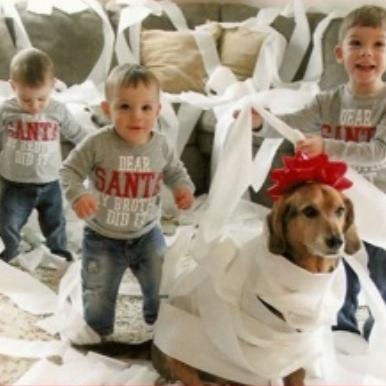
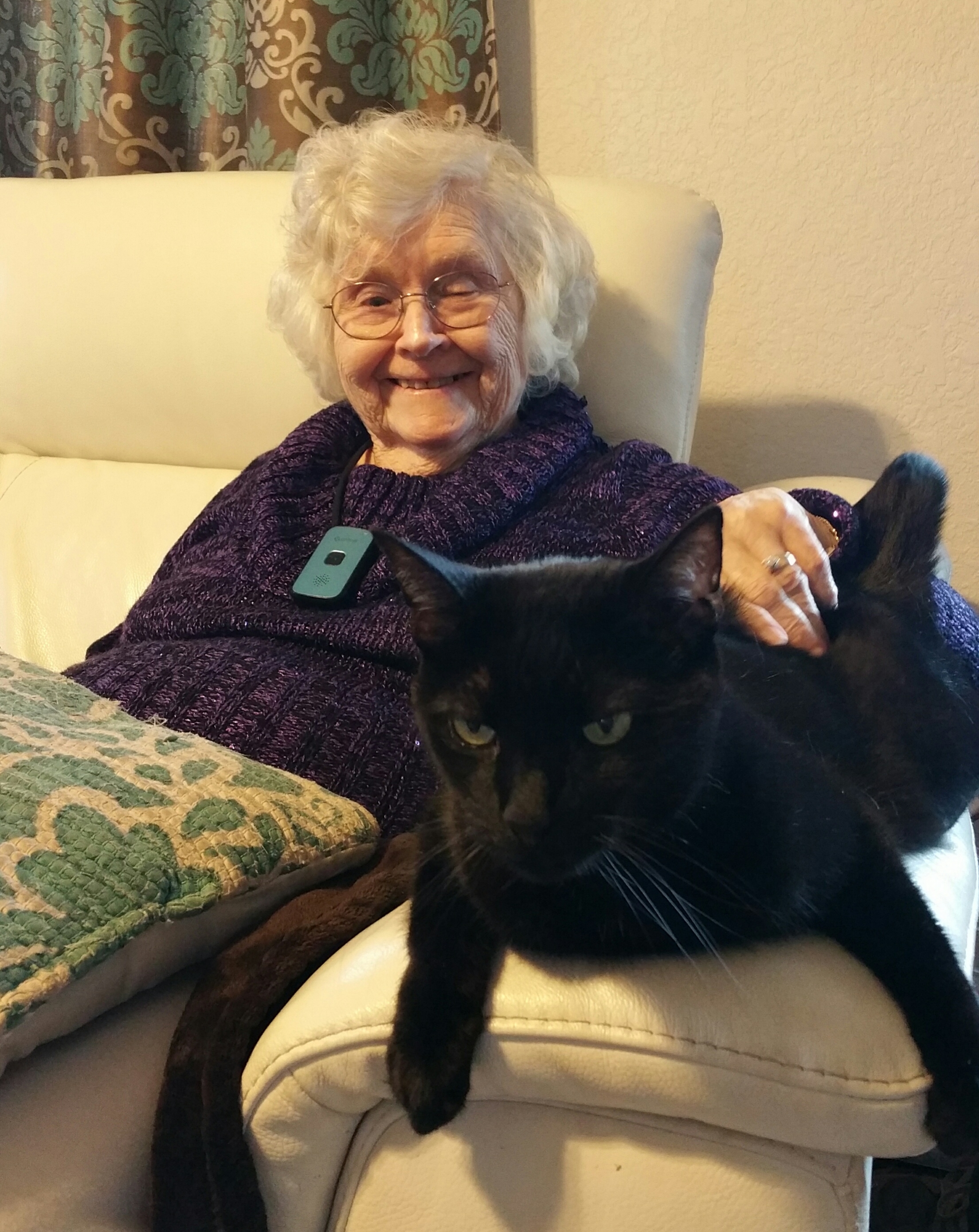
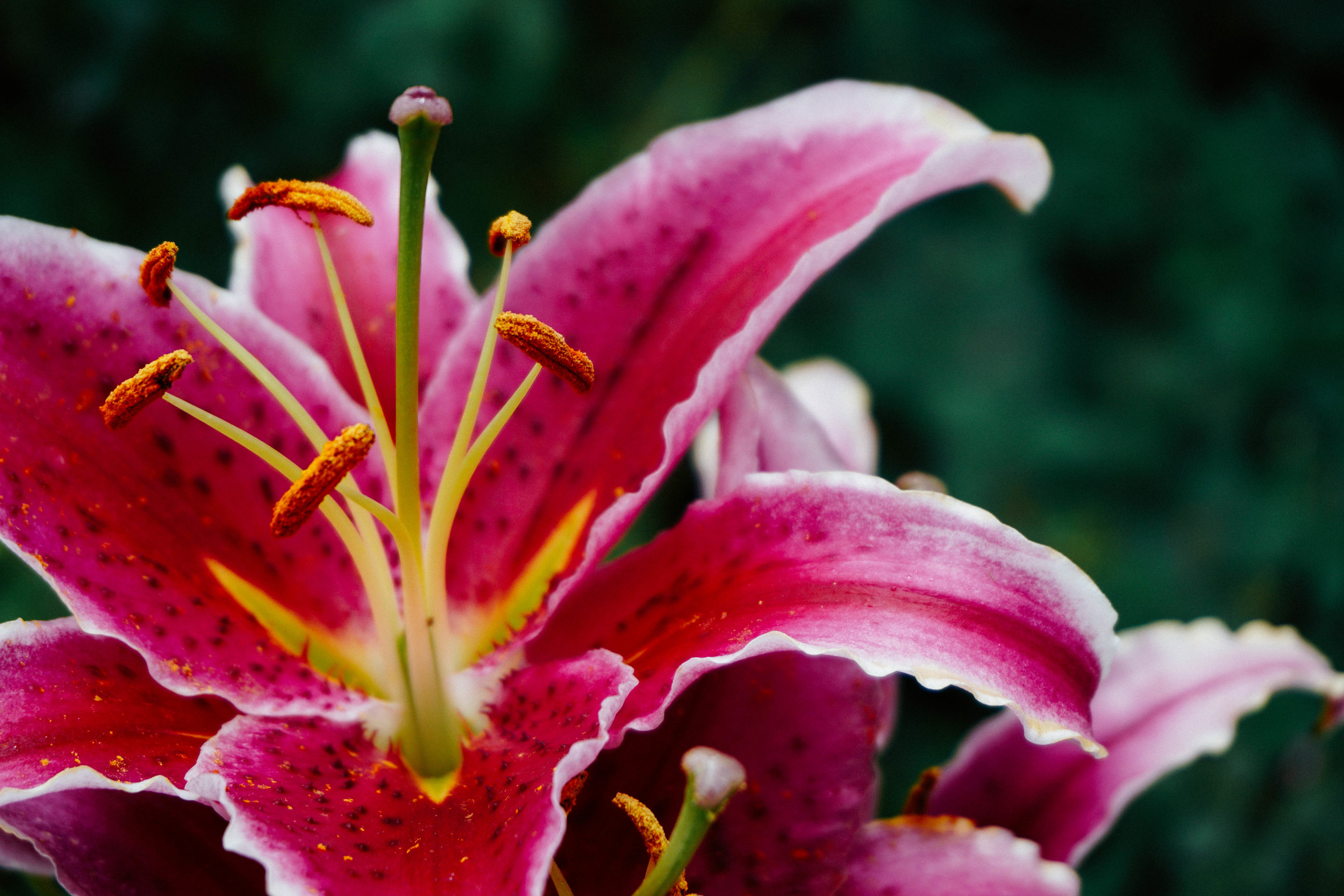
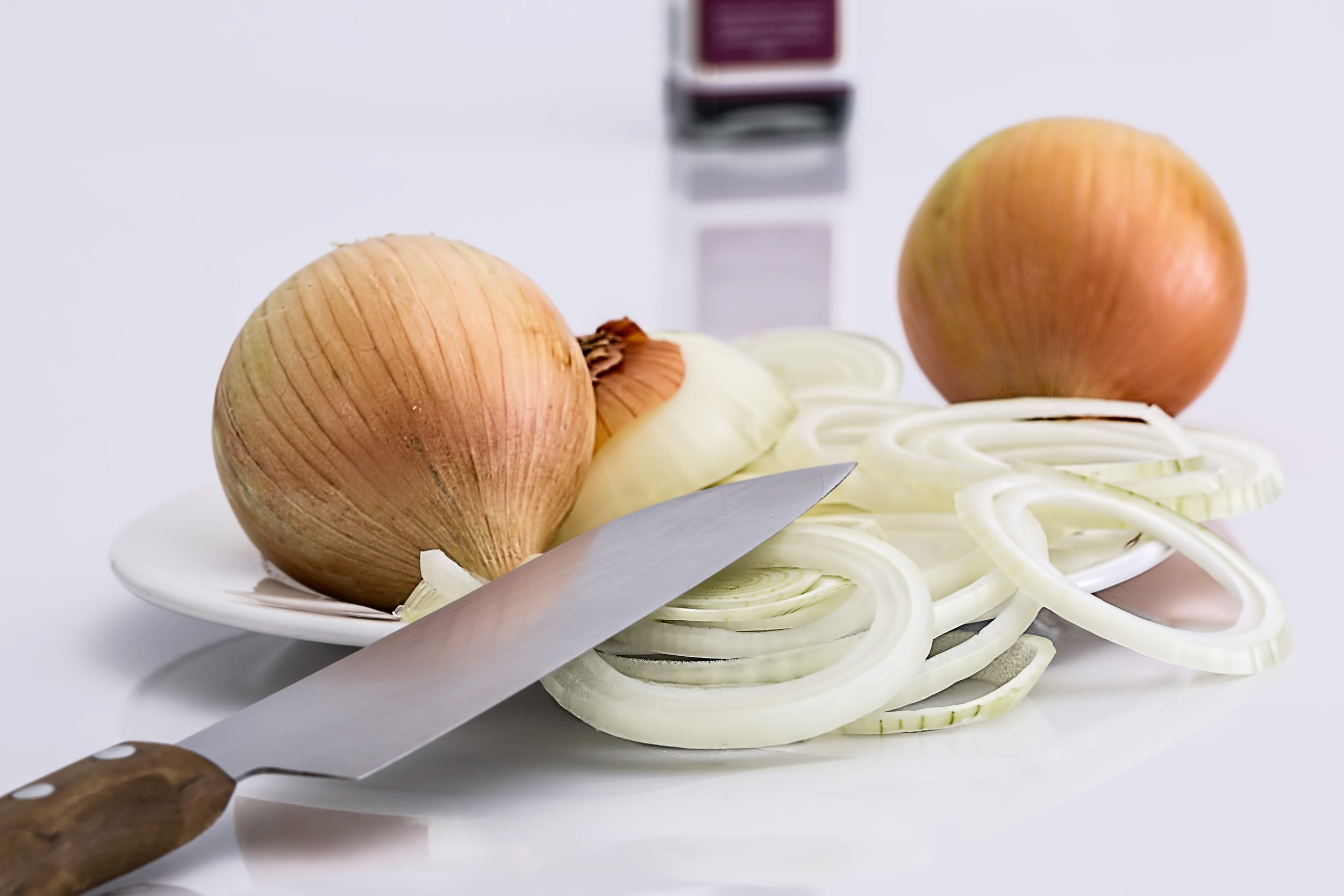



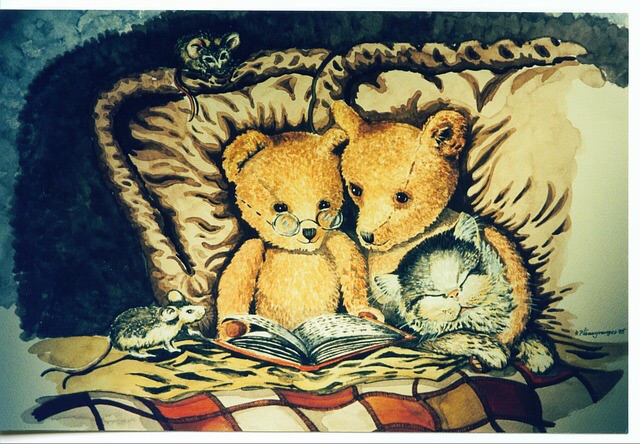
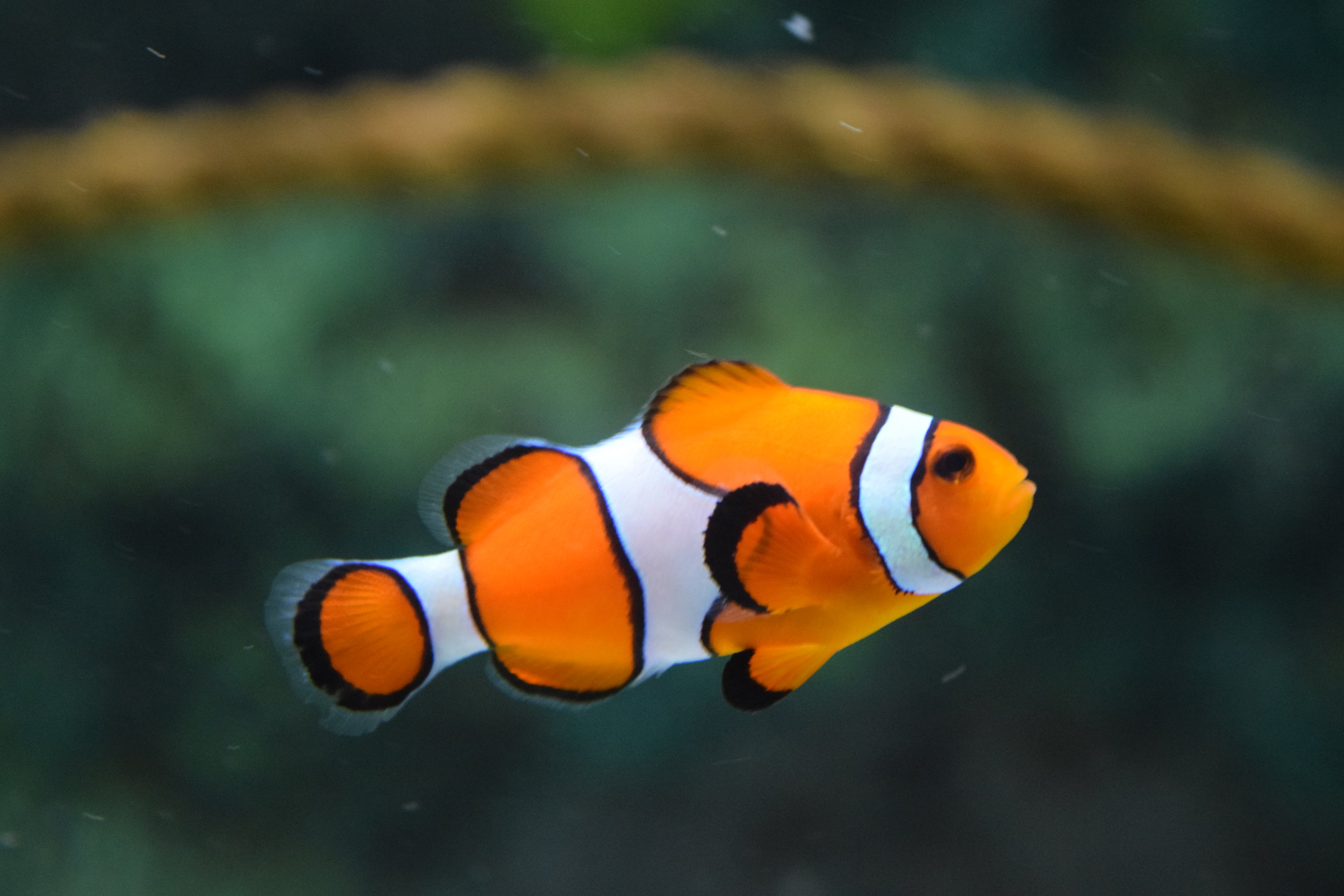
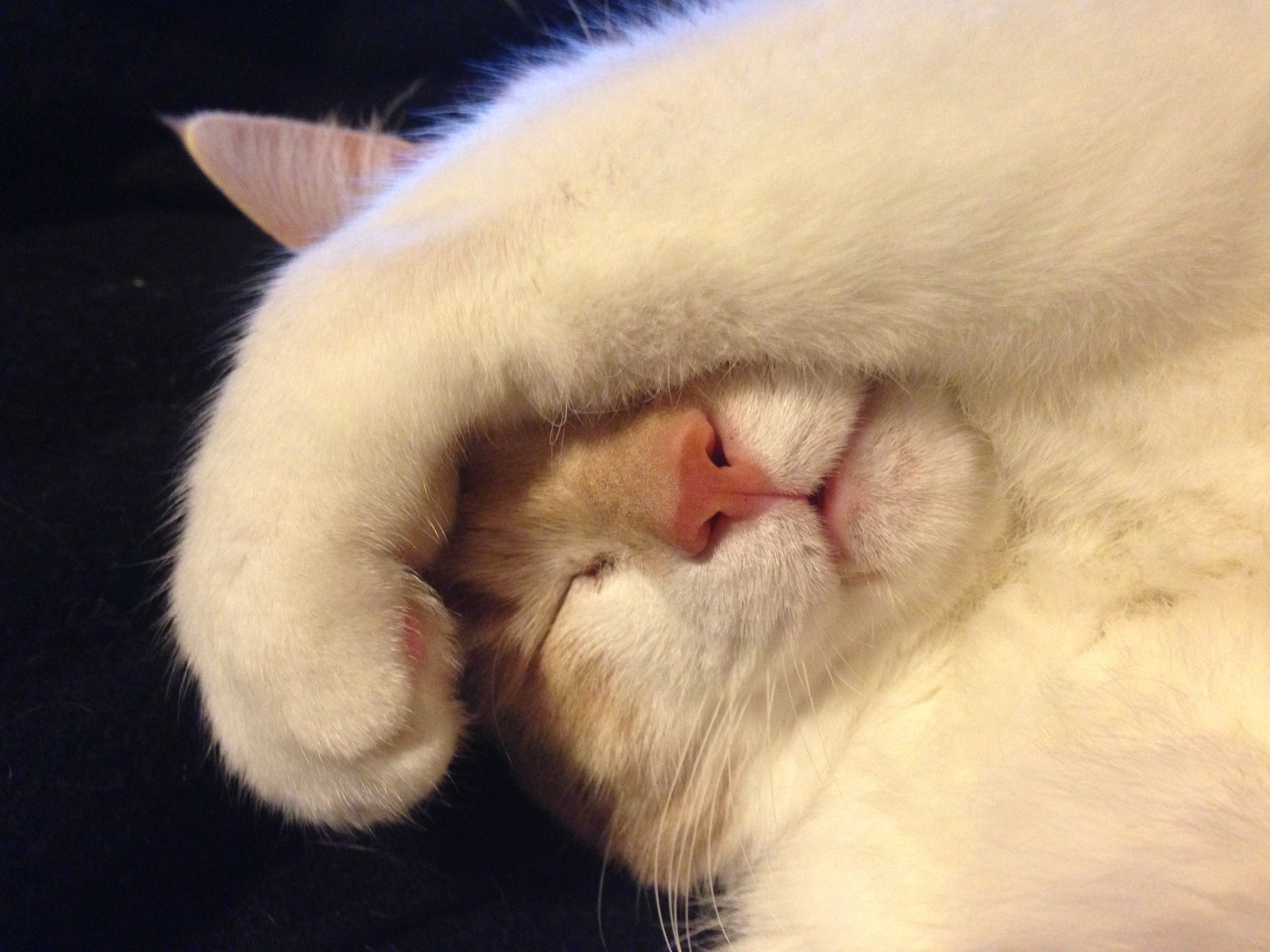
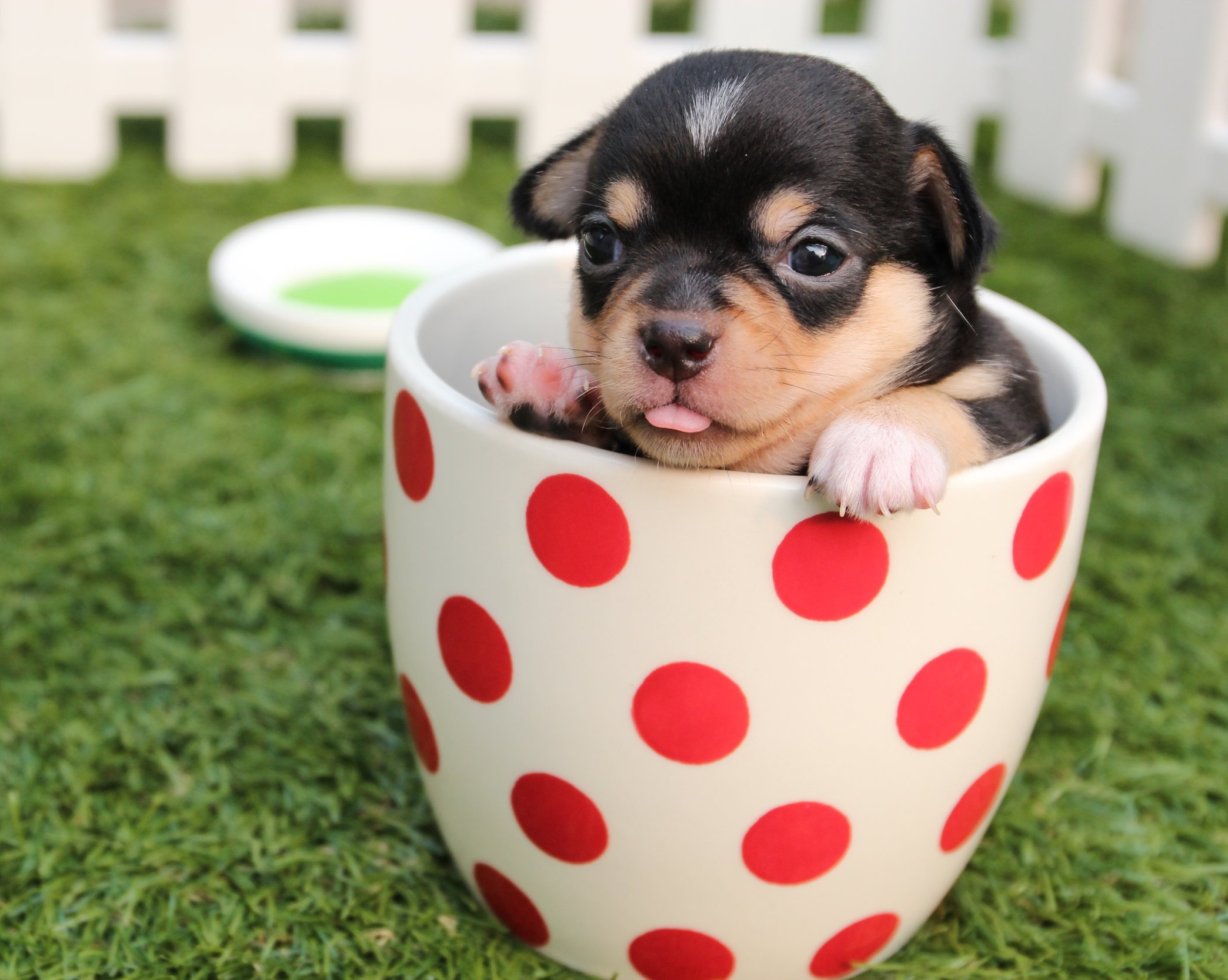

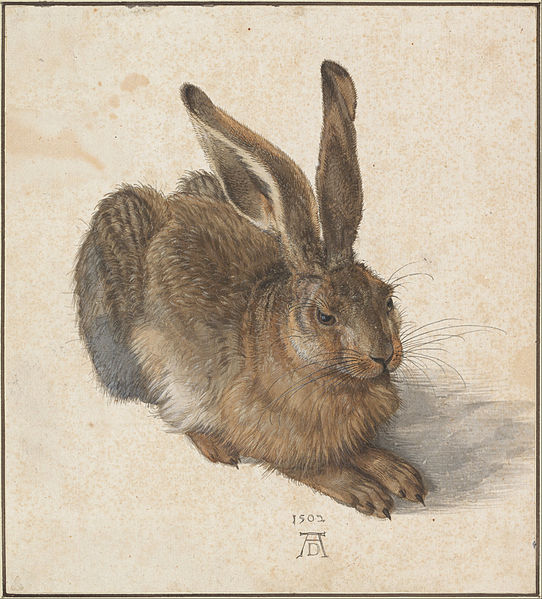
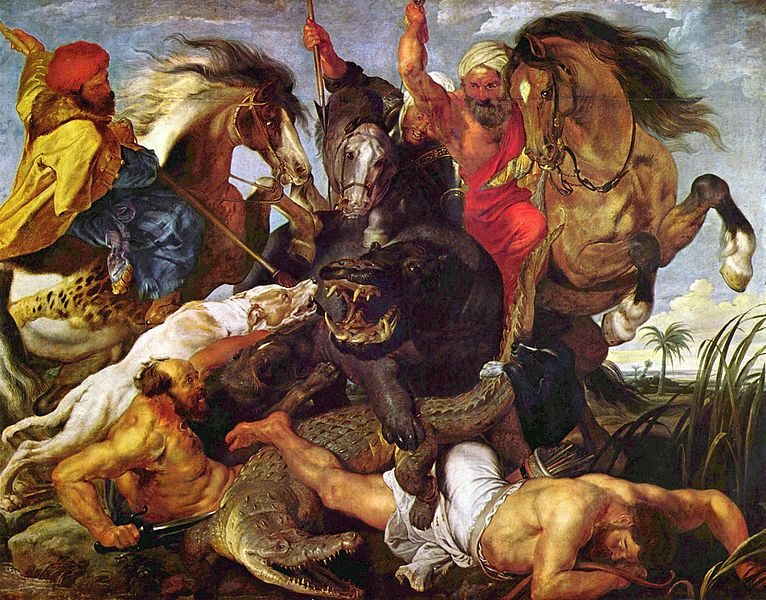
![François Boucher [CC BY-SA 4.0 (https://creativecommons.org/licenses/by-sa/4.0)], via Wikimedia Commons](https://images.squarespace-cdn.com/content/v1/59651c6720099eb2f4da01e5/1512591752427-MOYPD6U8OCBLMEFR3DPH/Madame_de_Pompadour_by_Fran%C3%A7ois_Boucher.jpg)

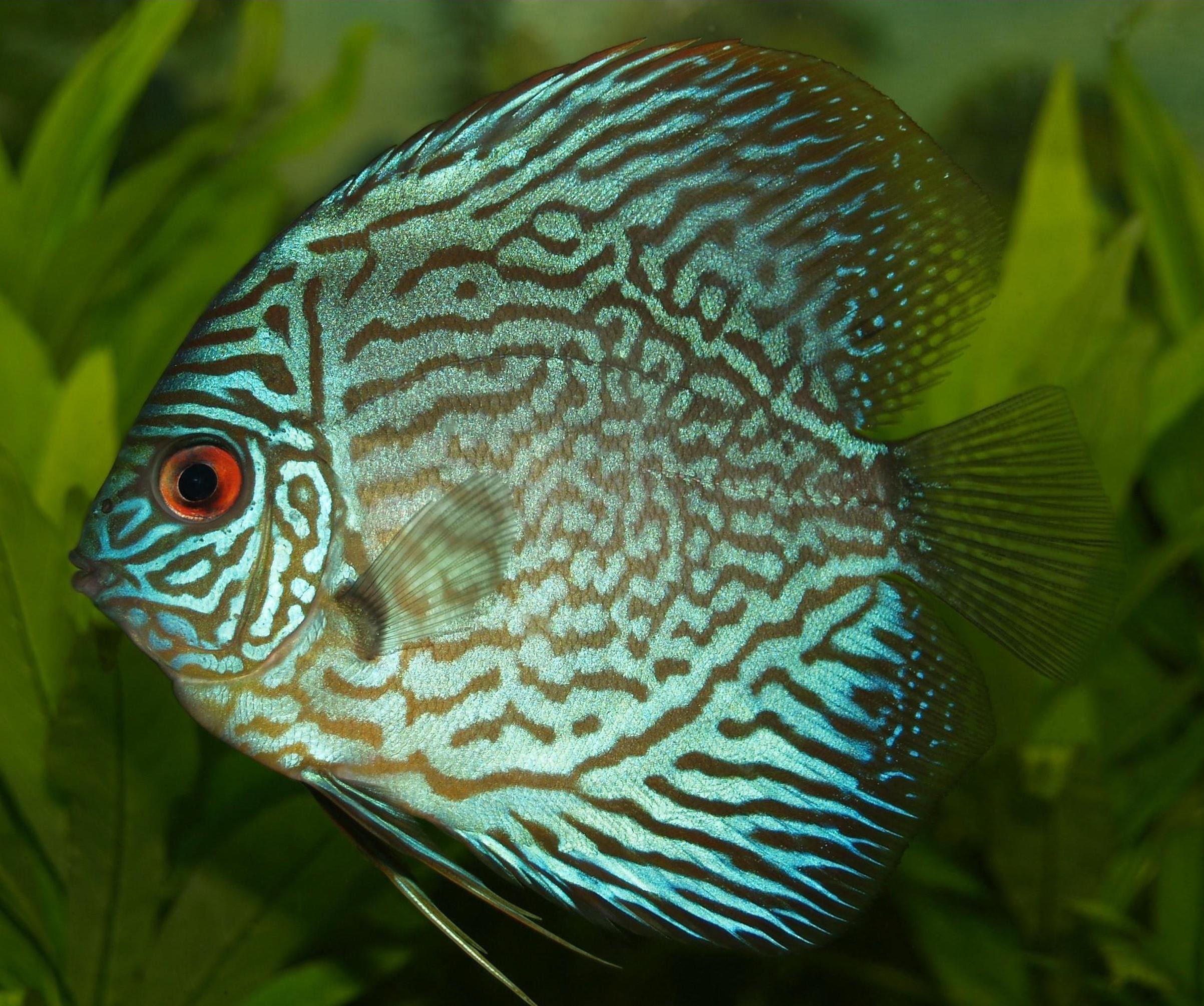
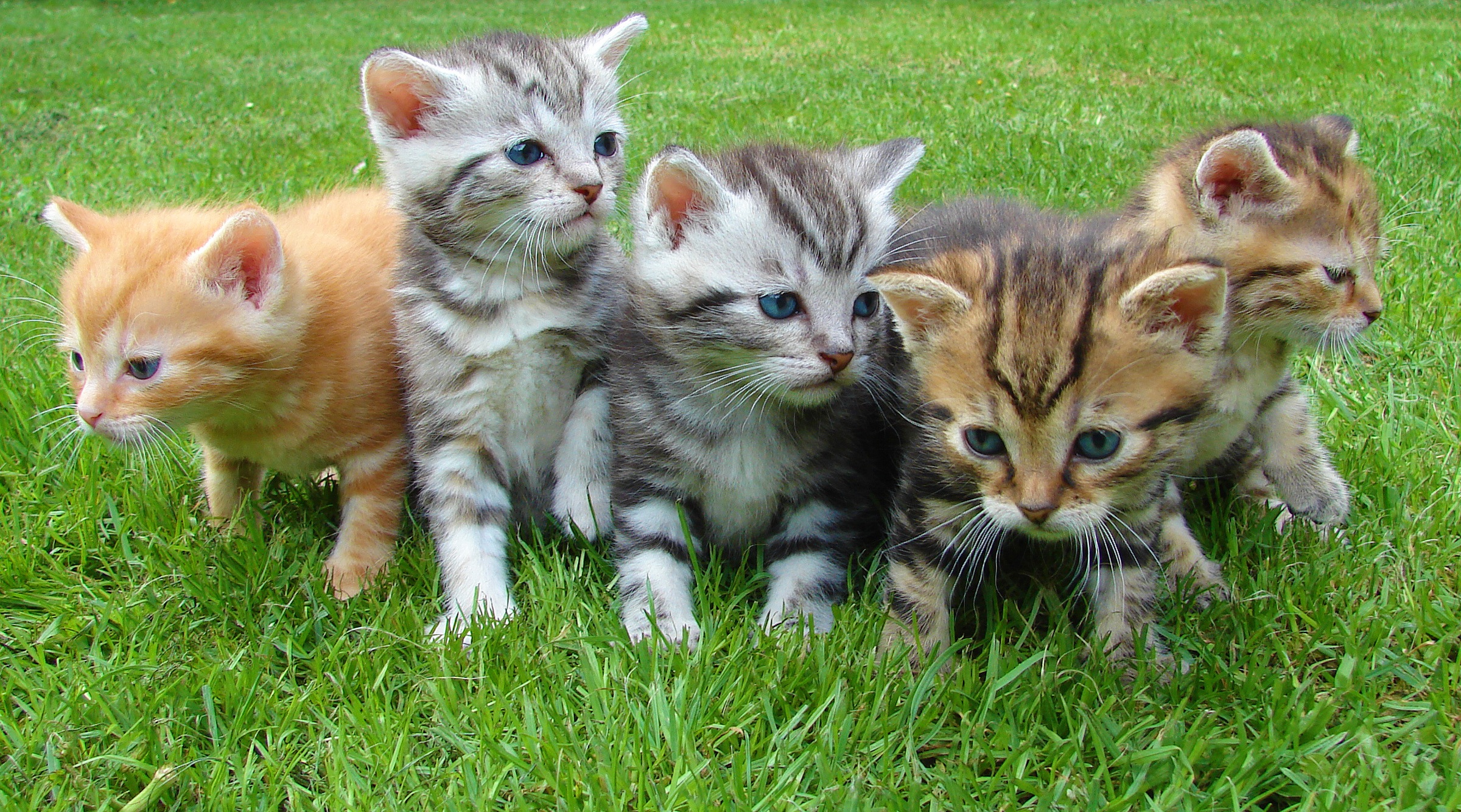
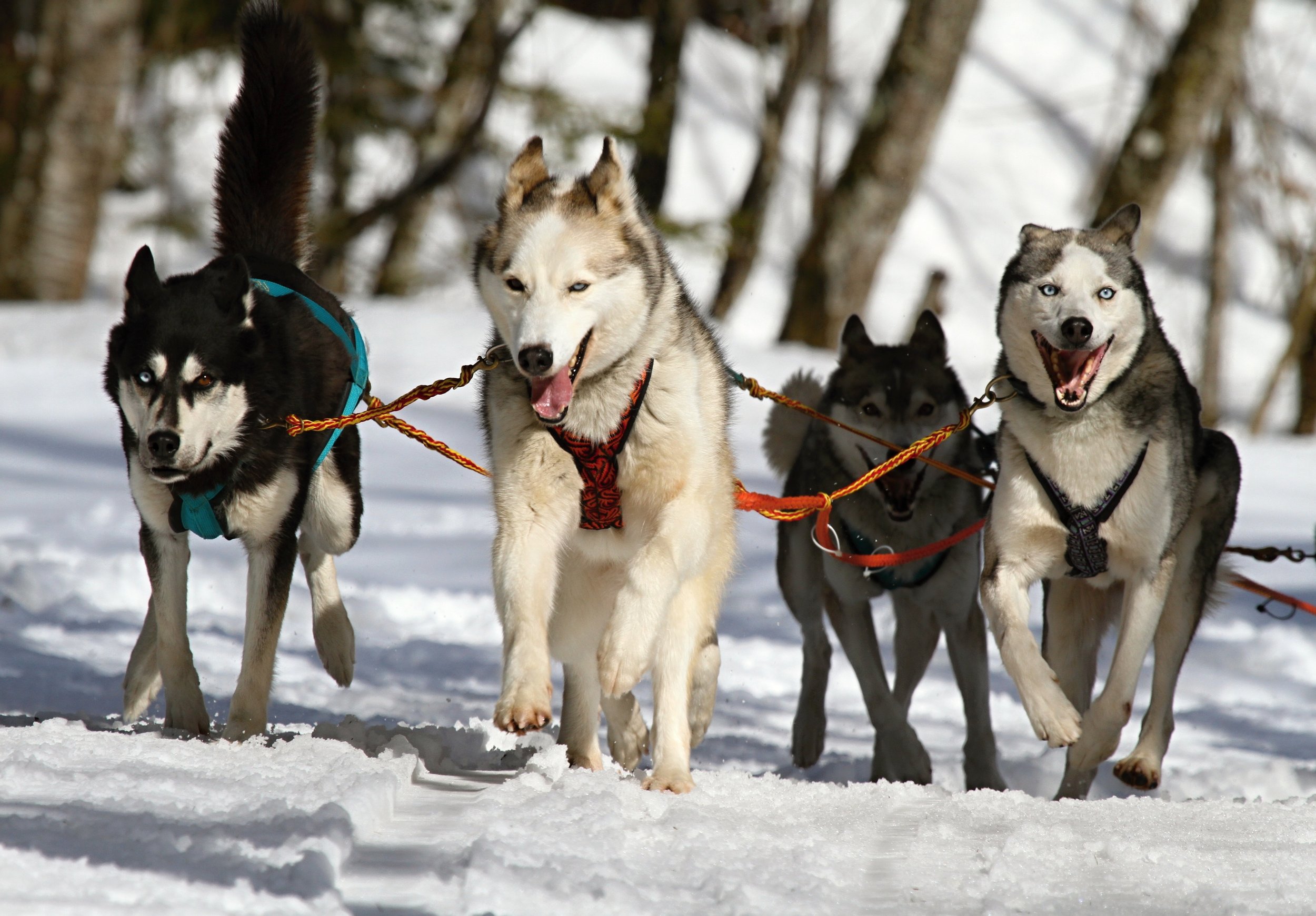
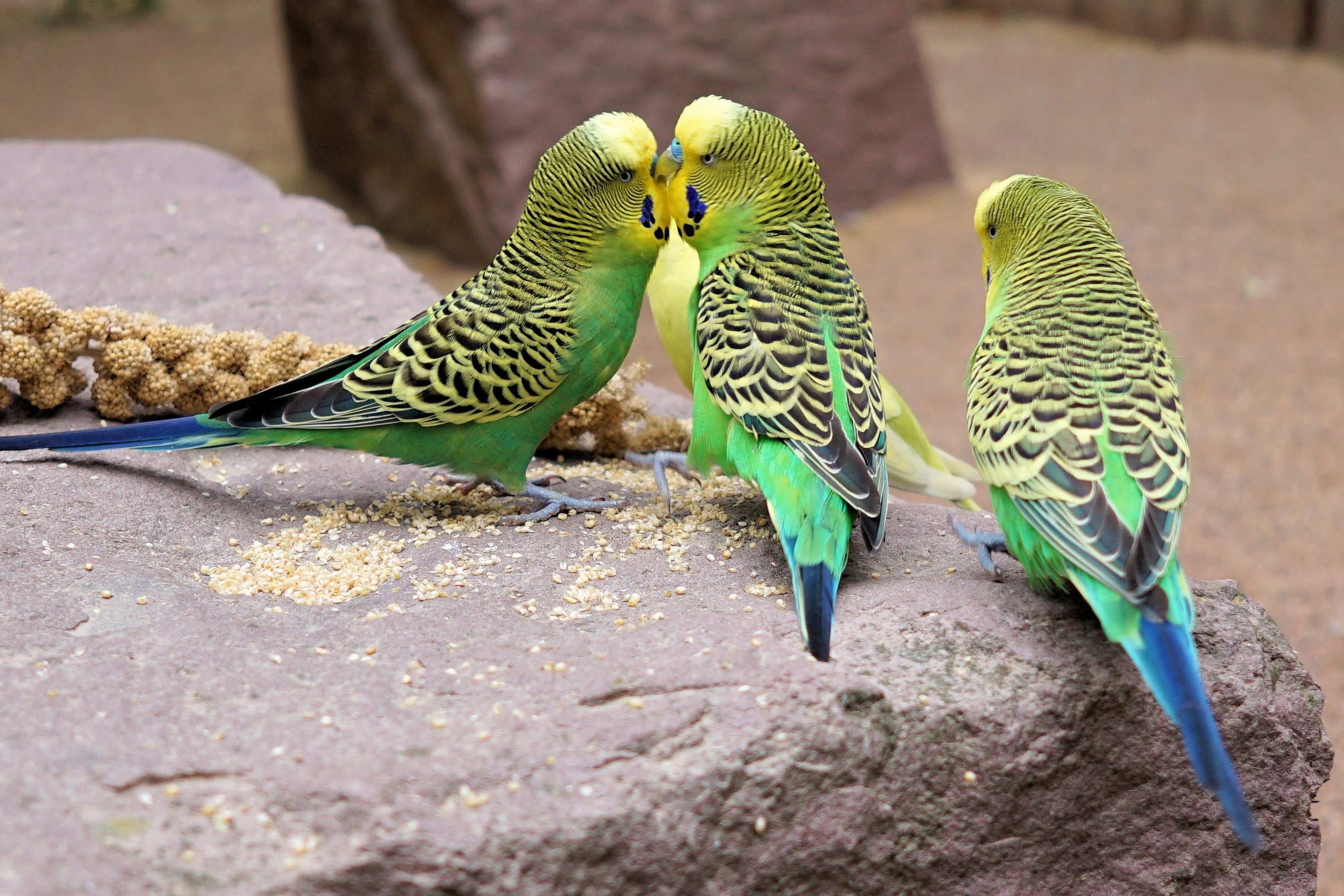
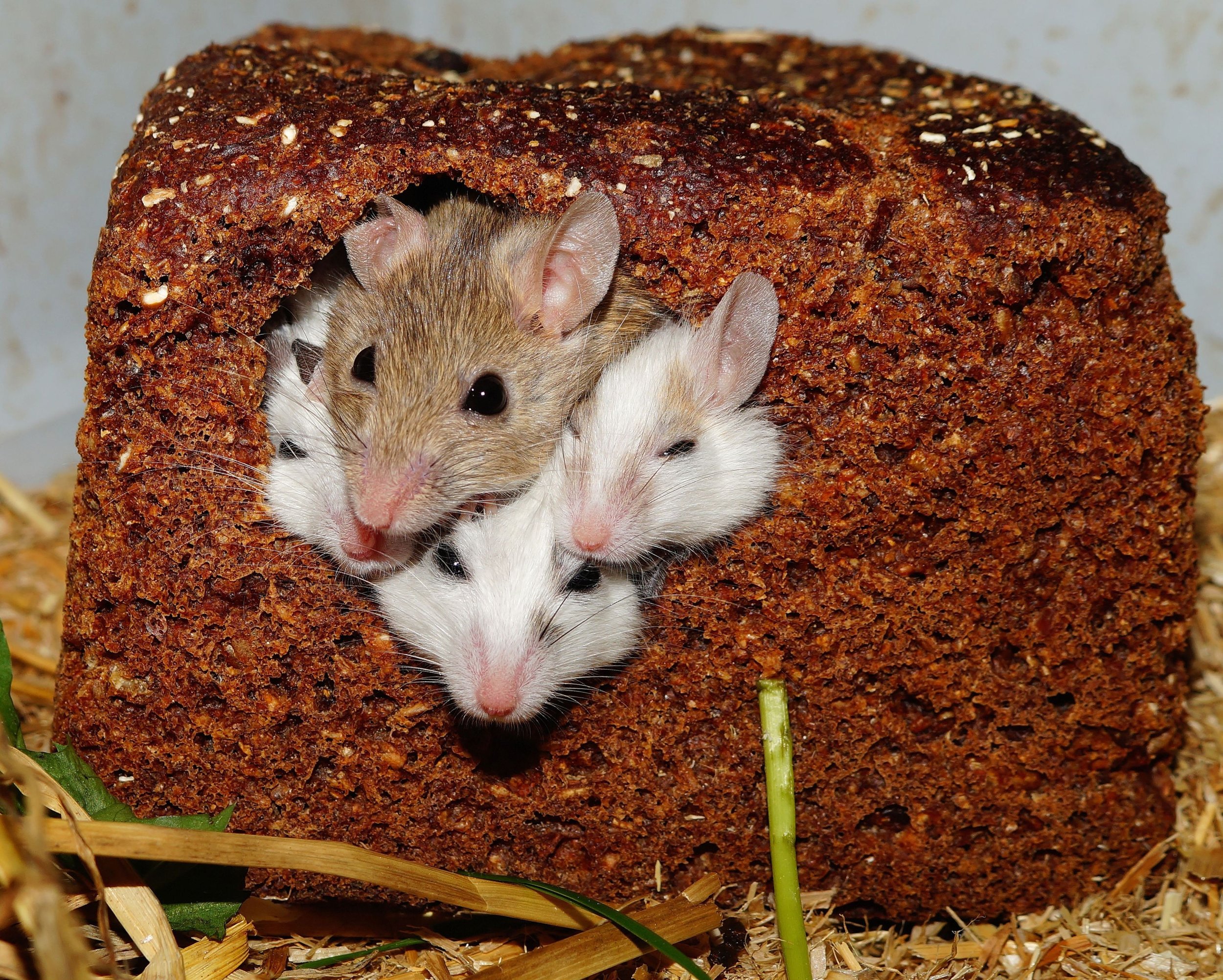
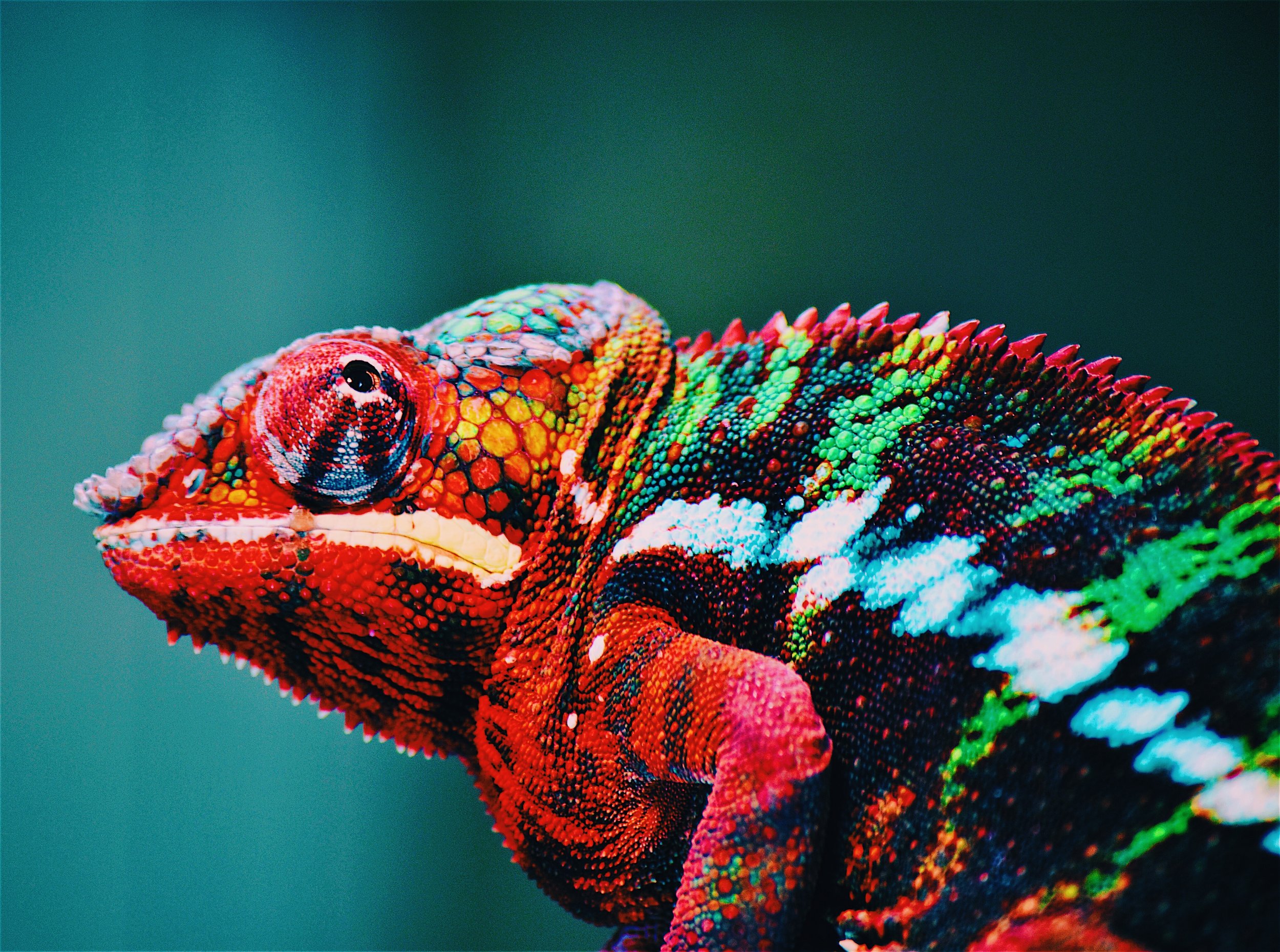
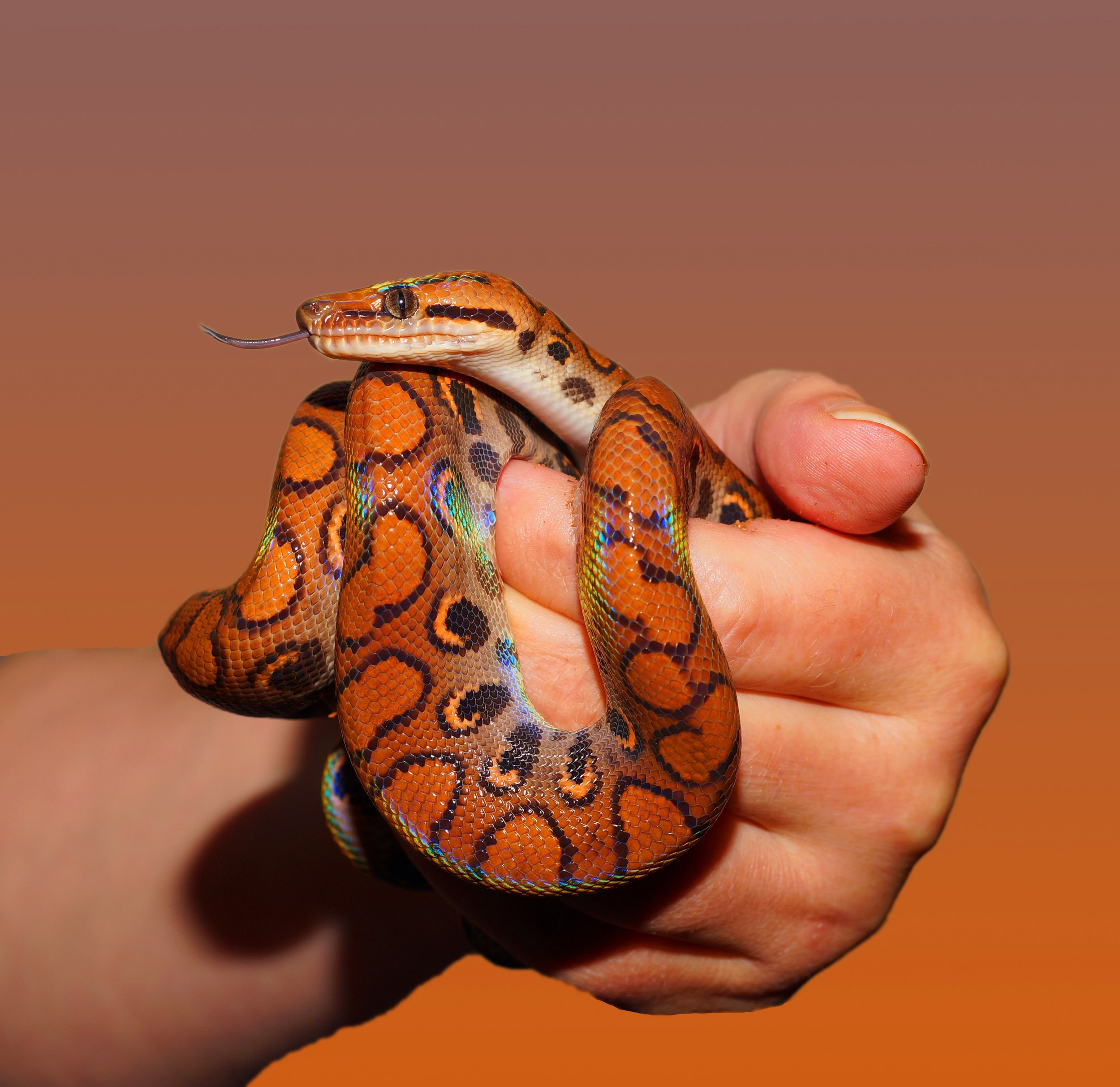
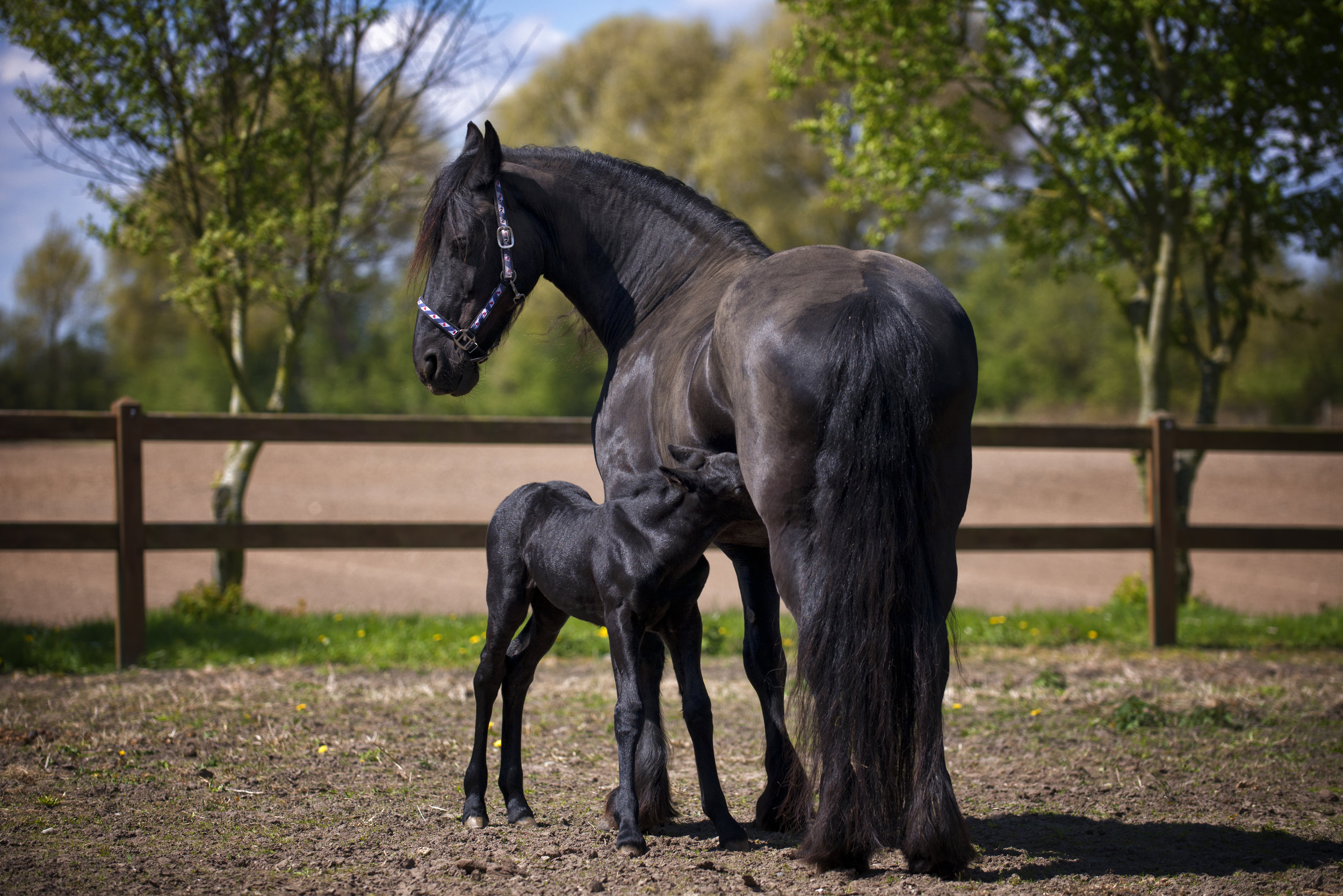


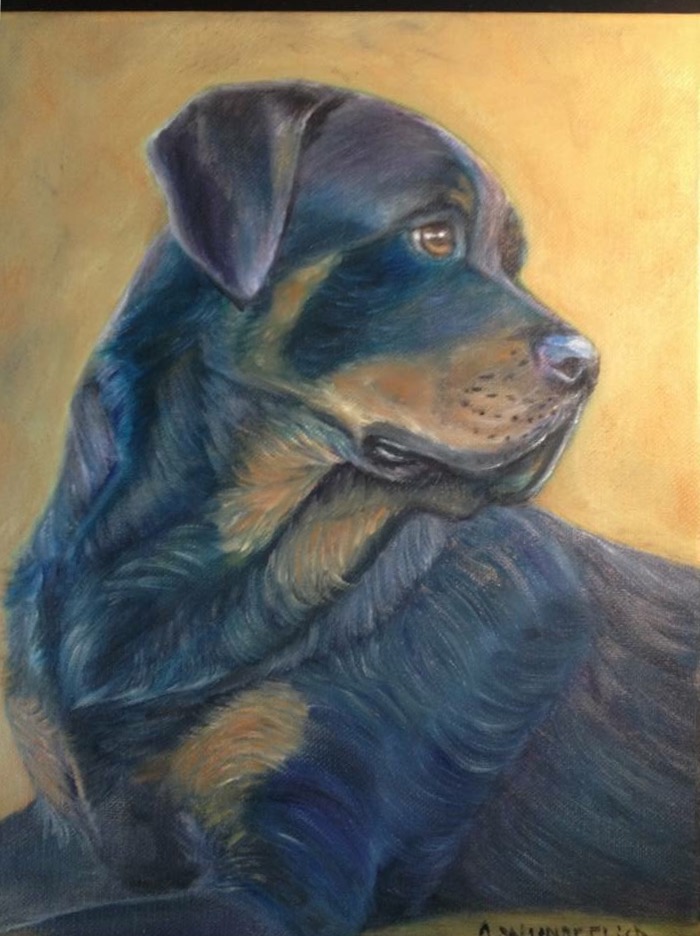
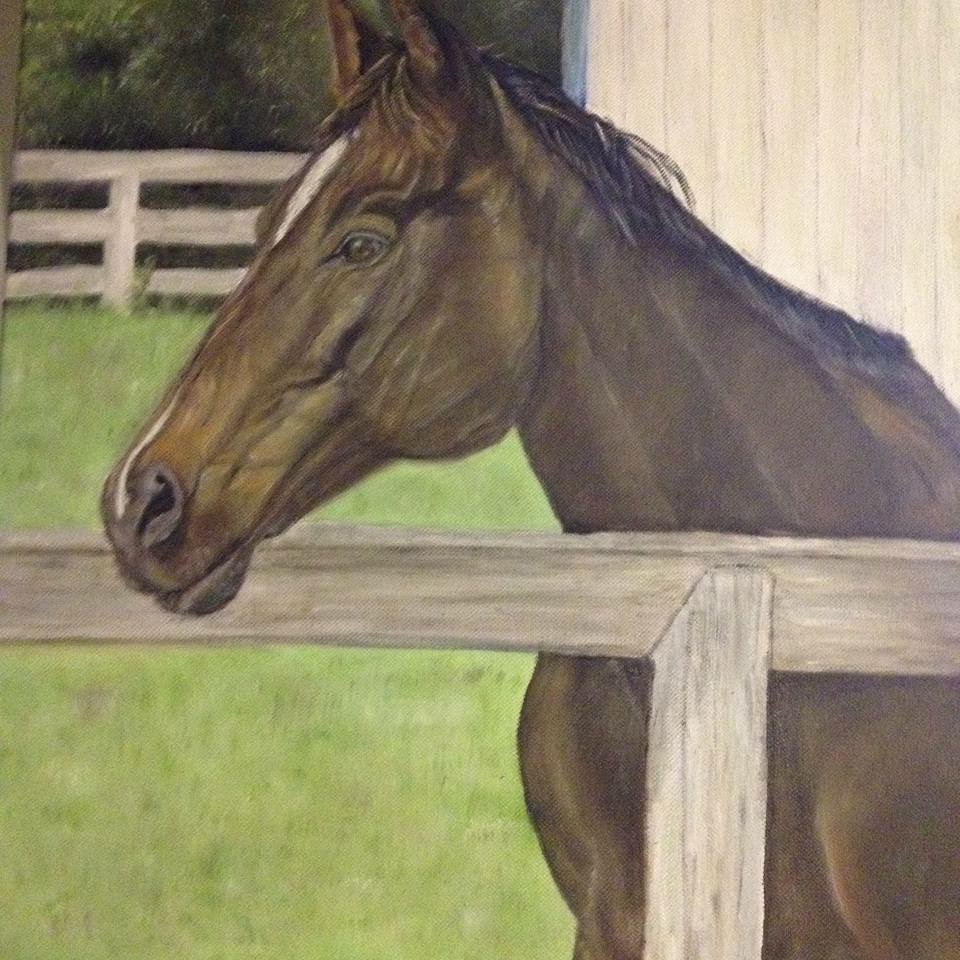
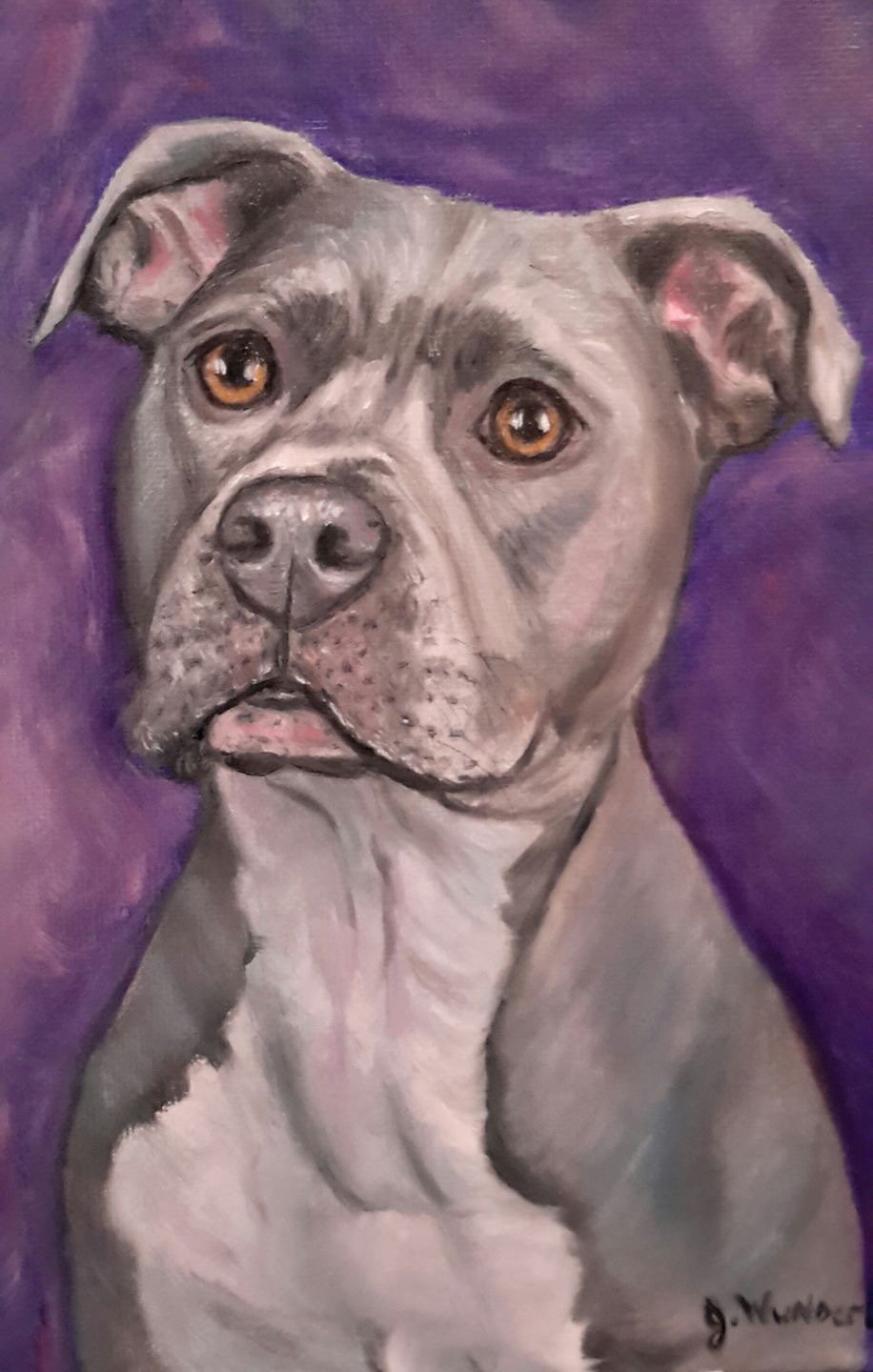
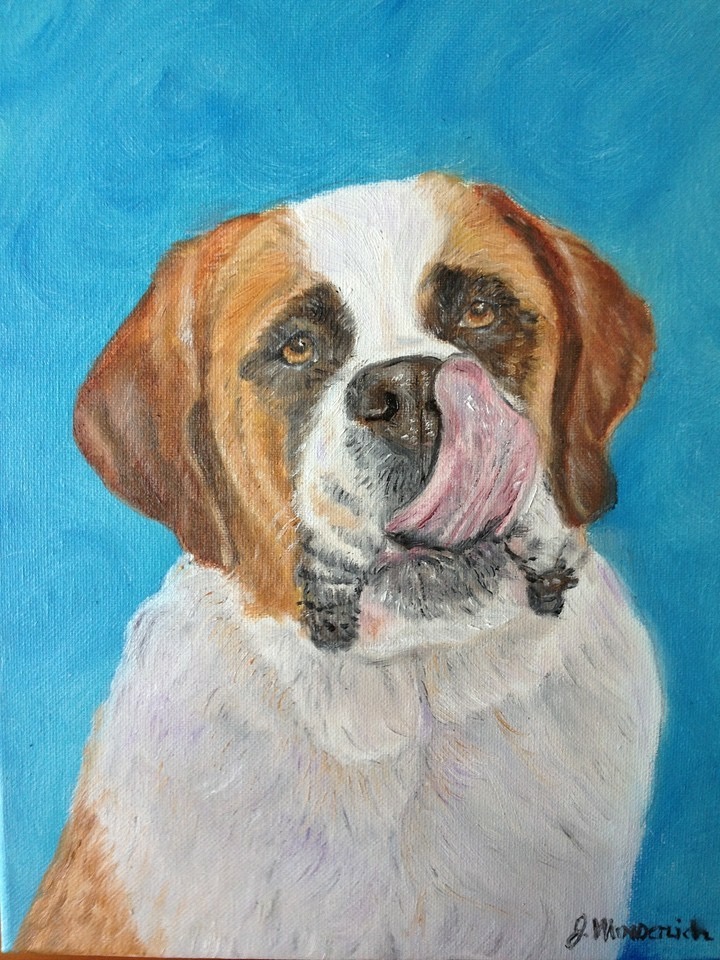
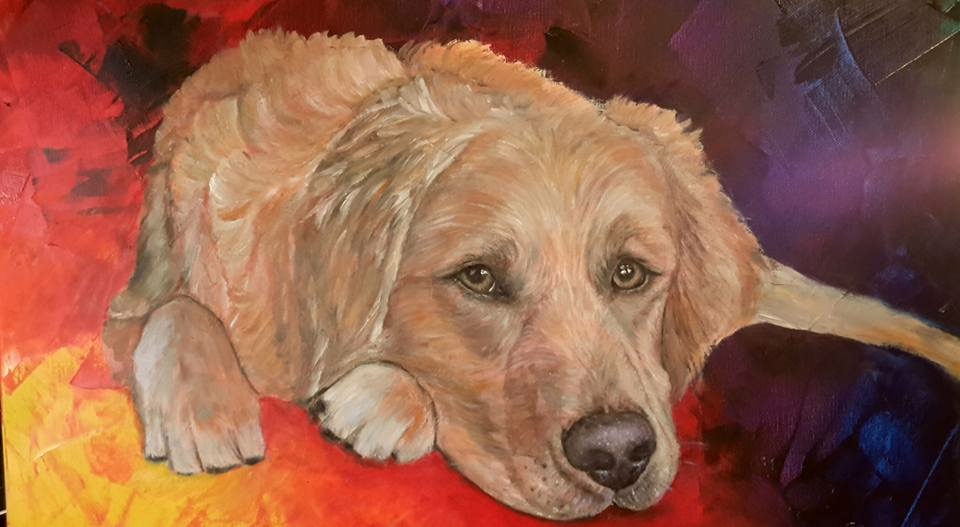
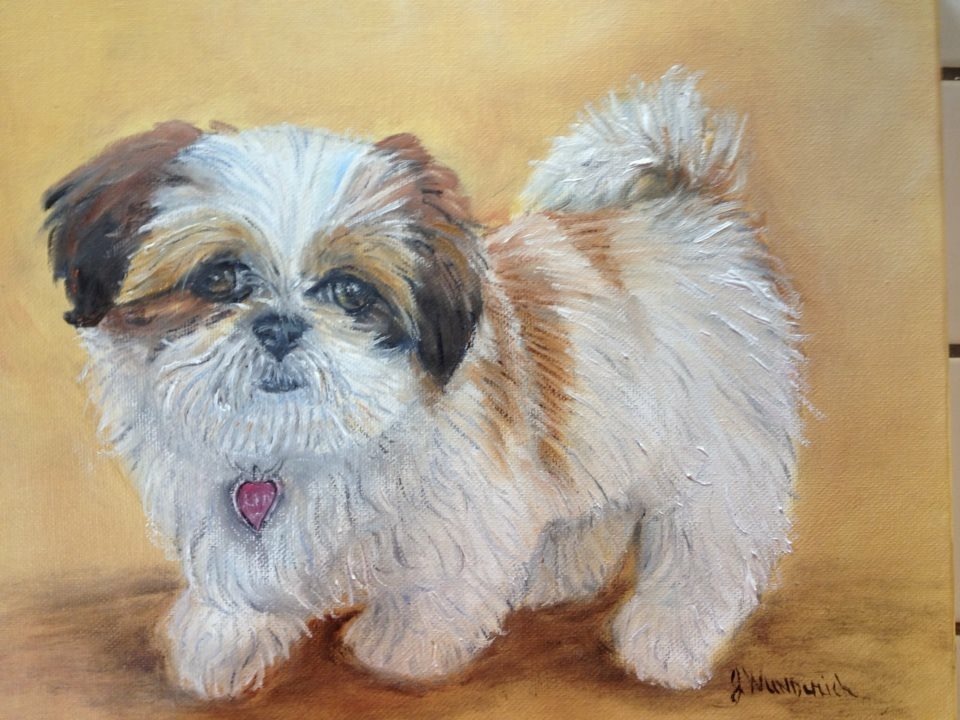


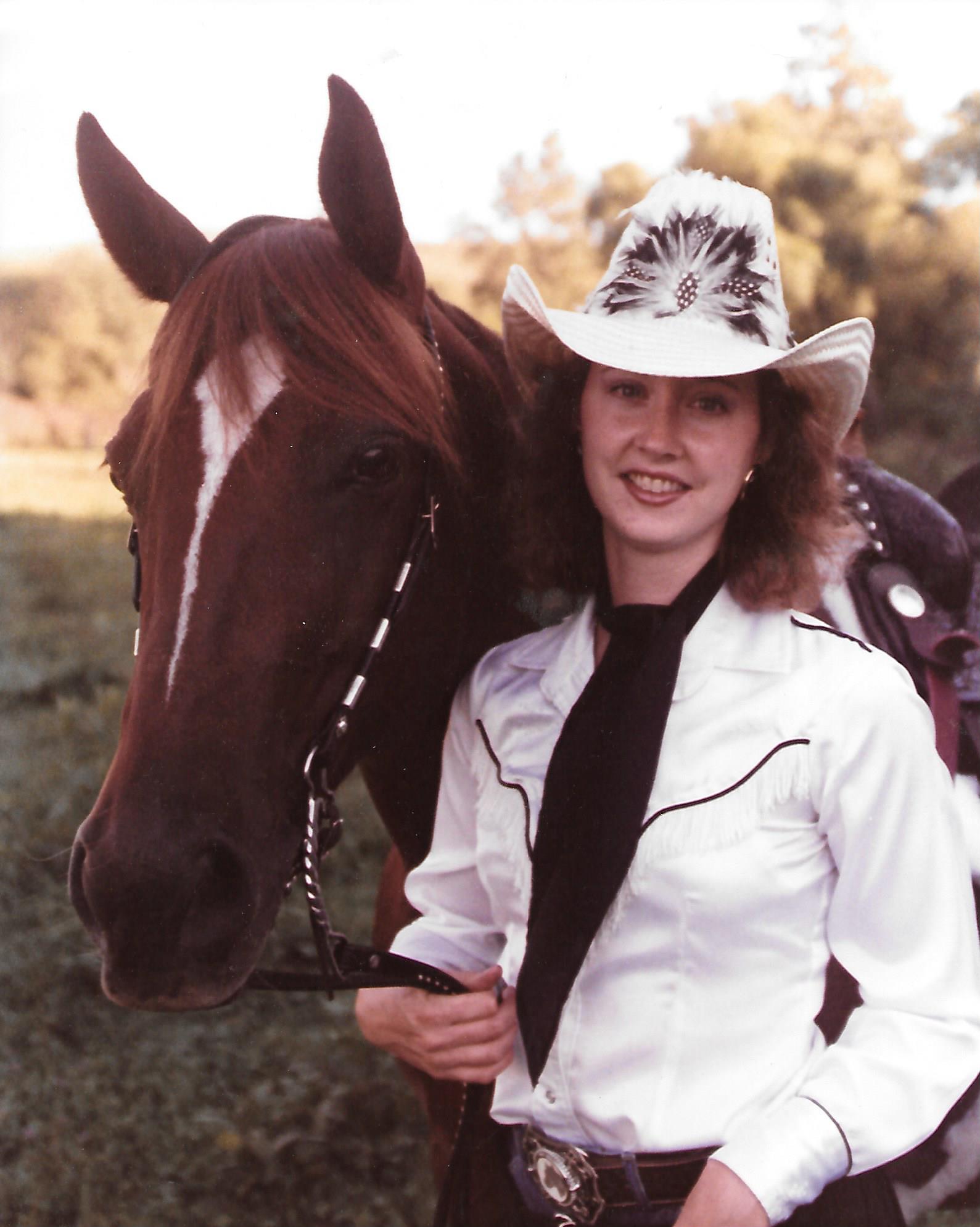


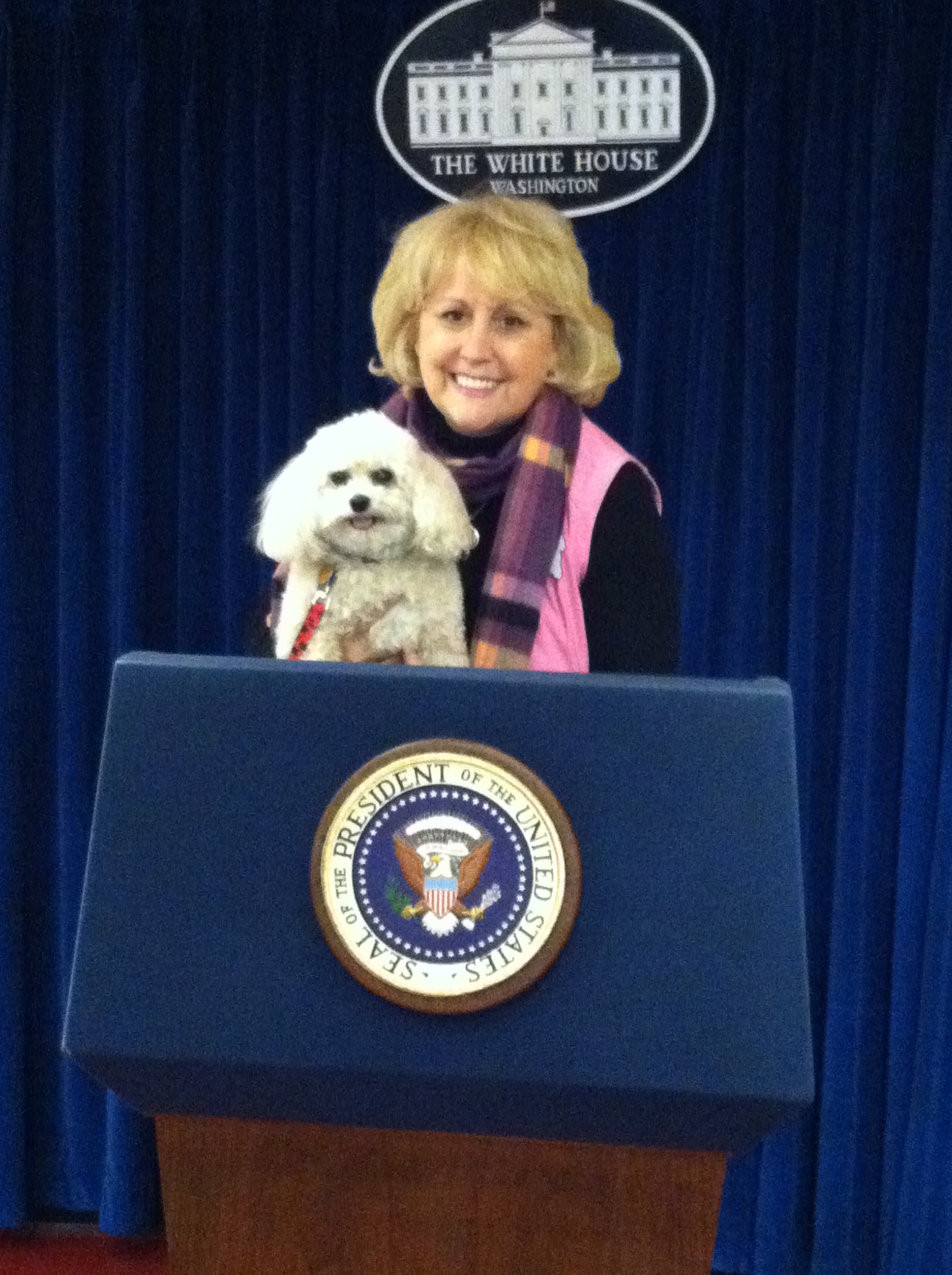

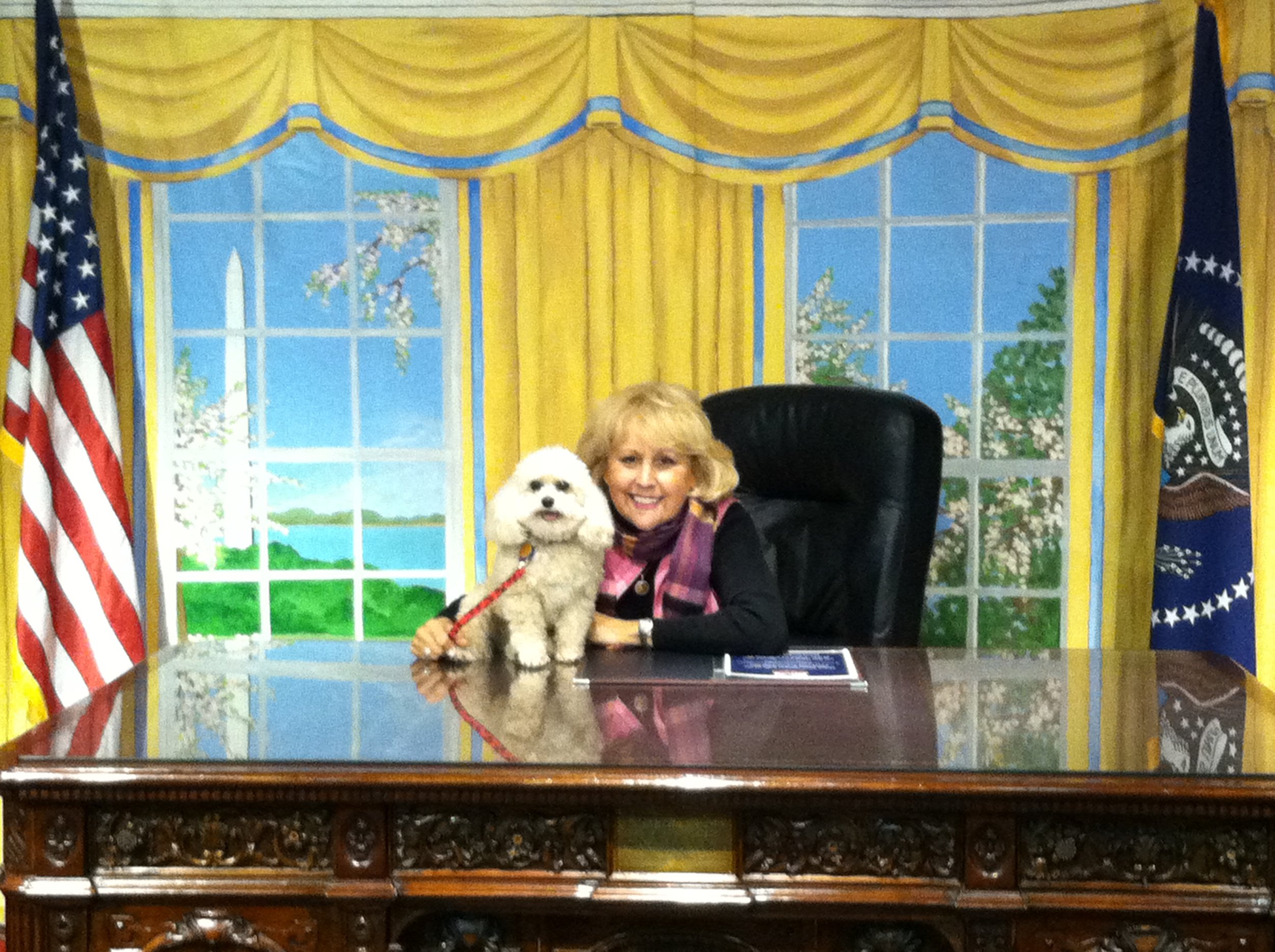



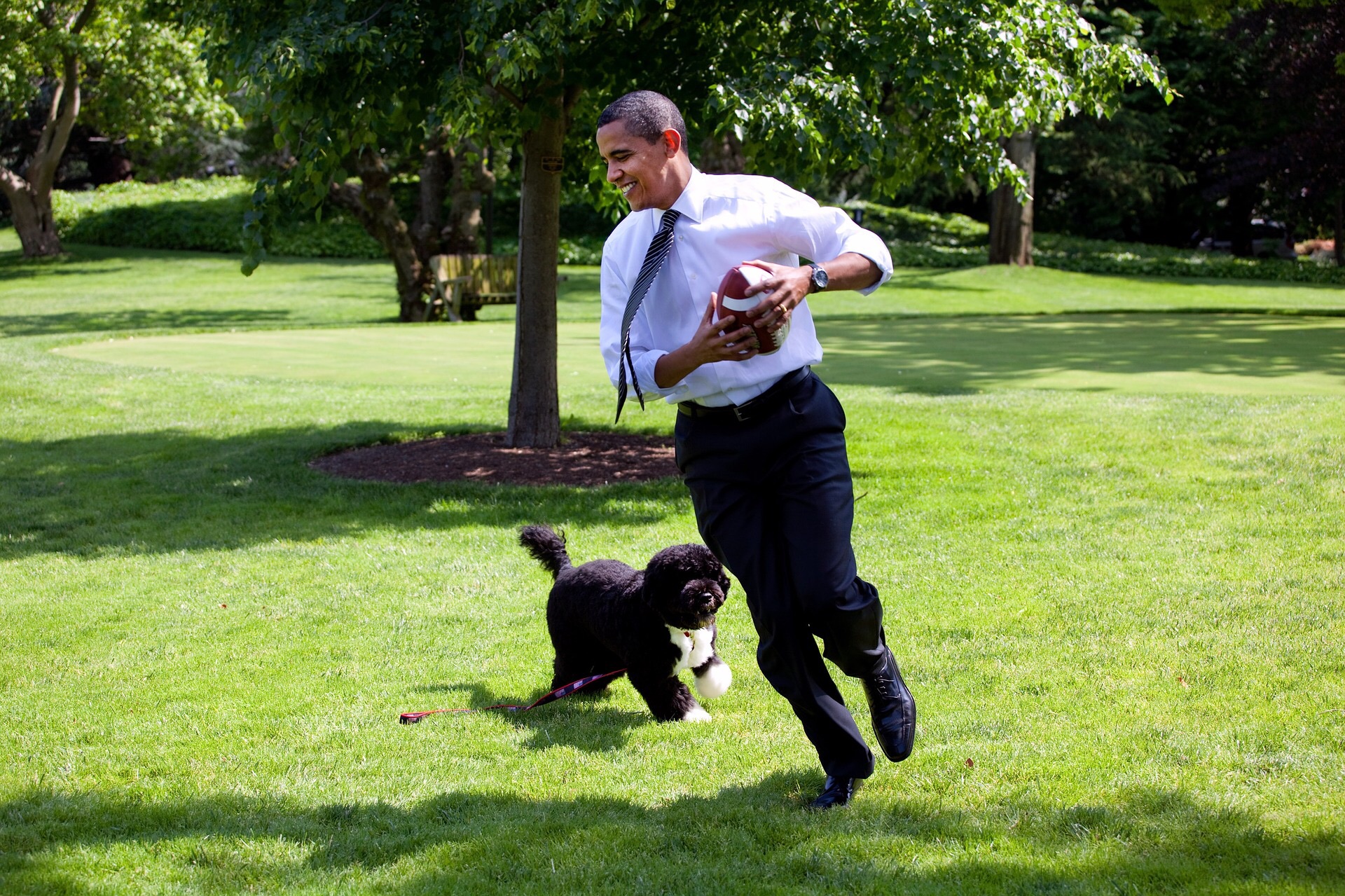


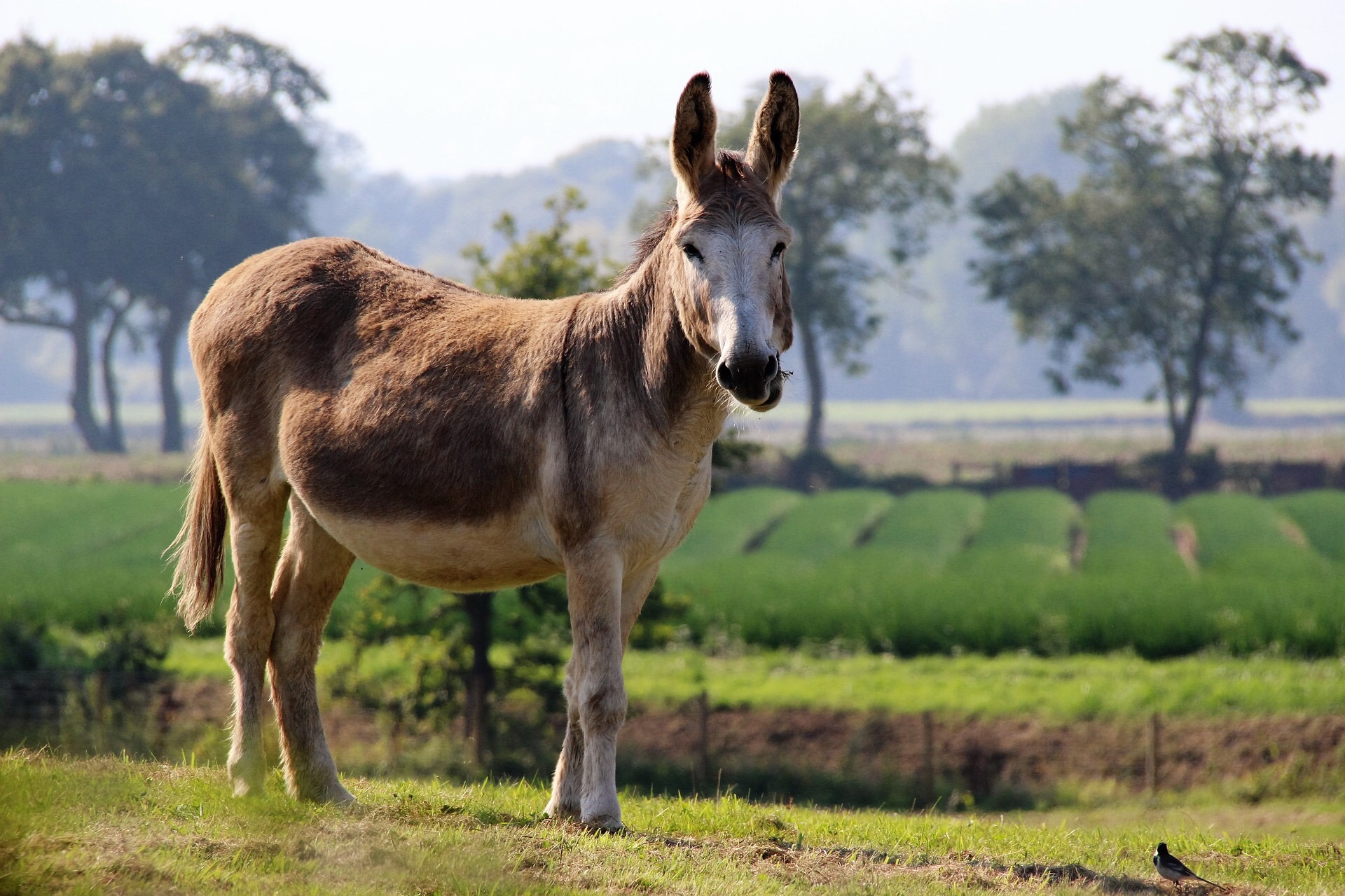

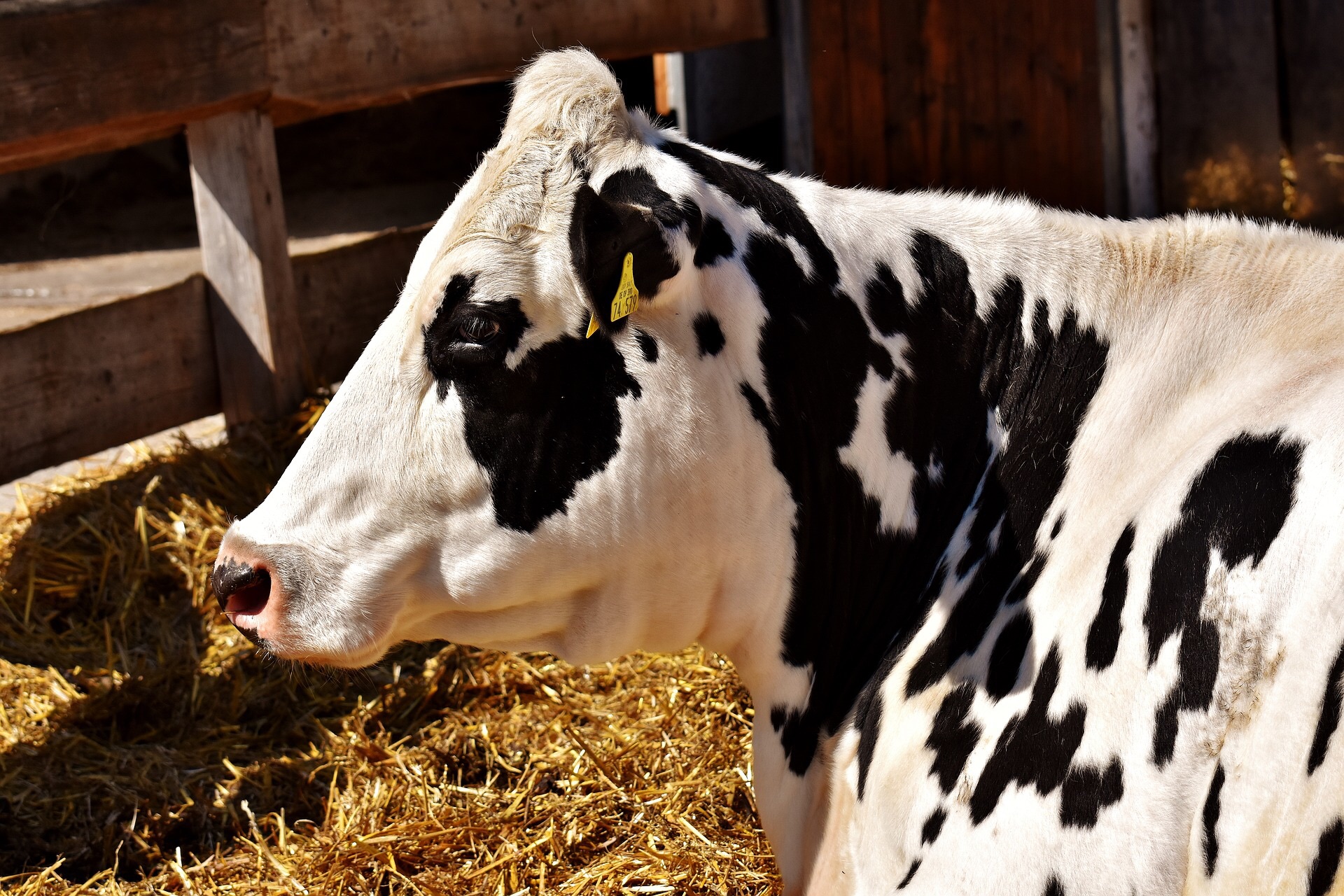
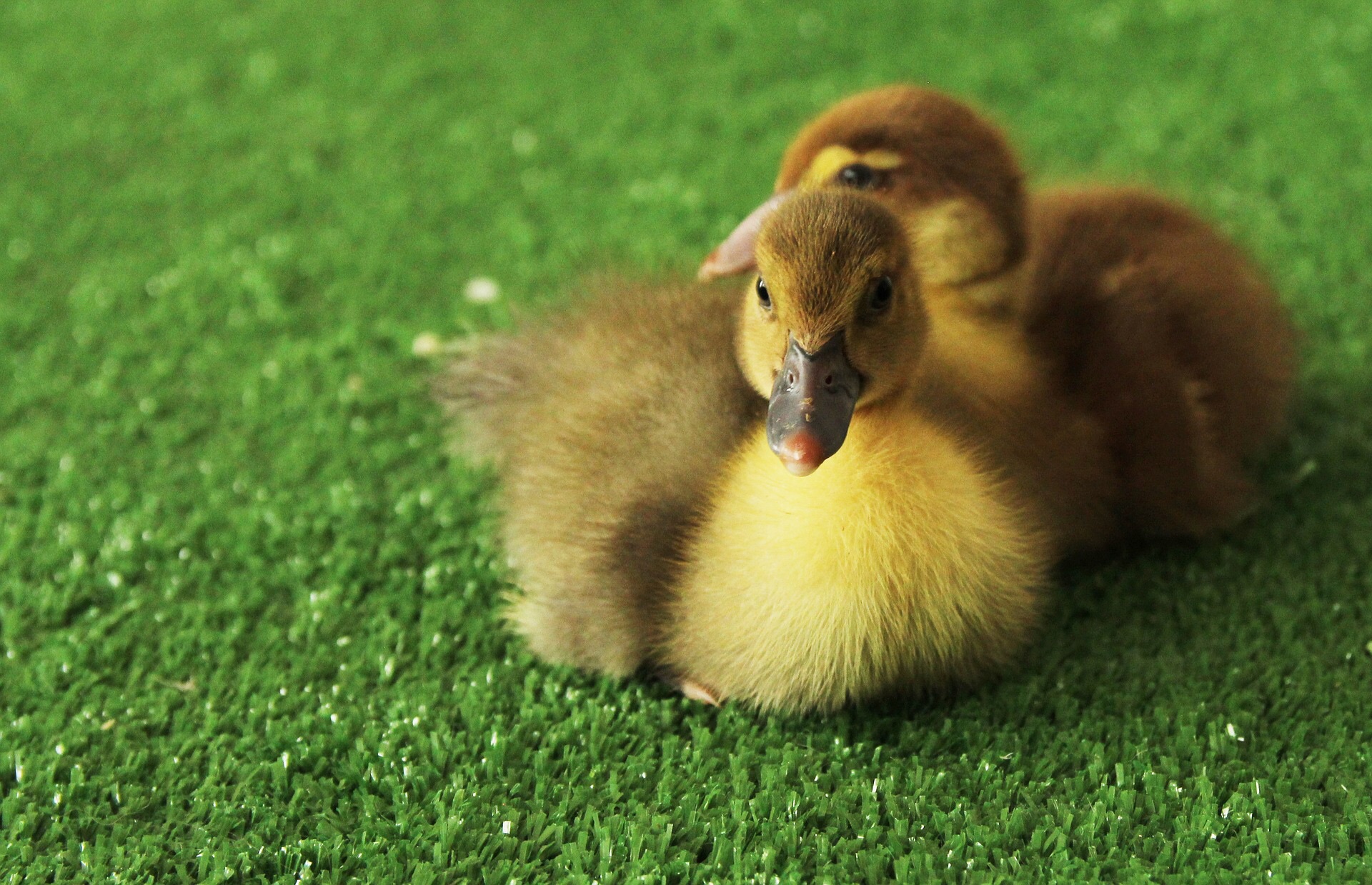
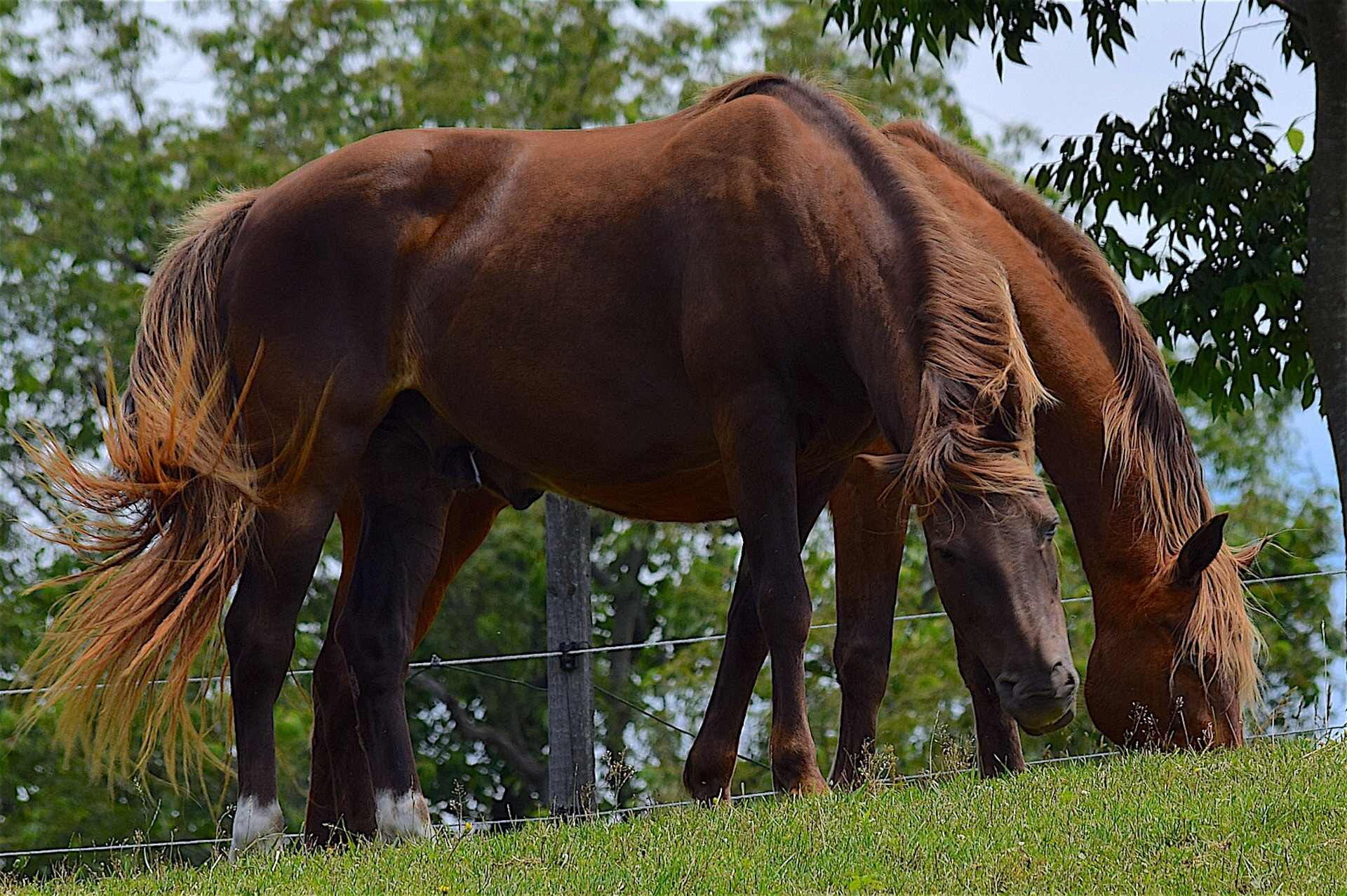

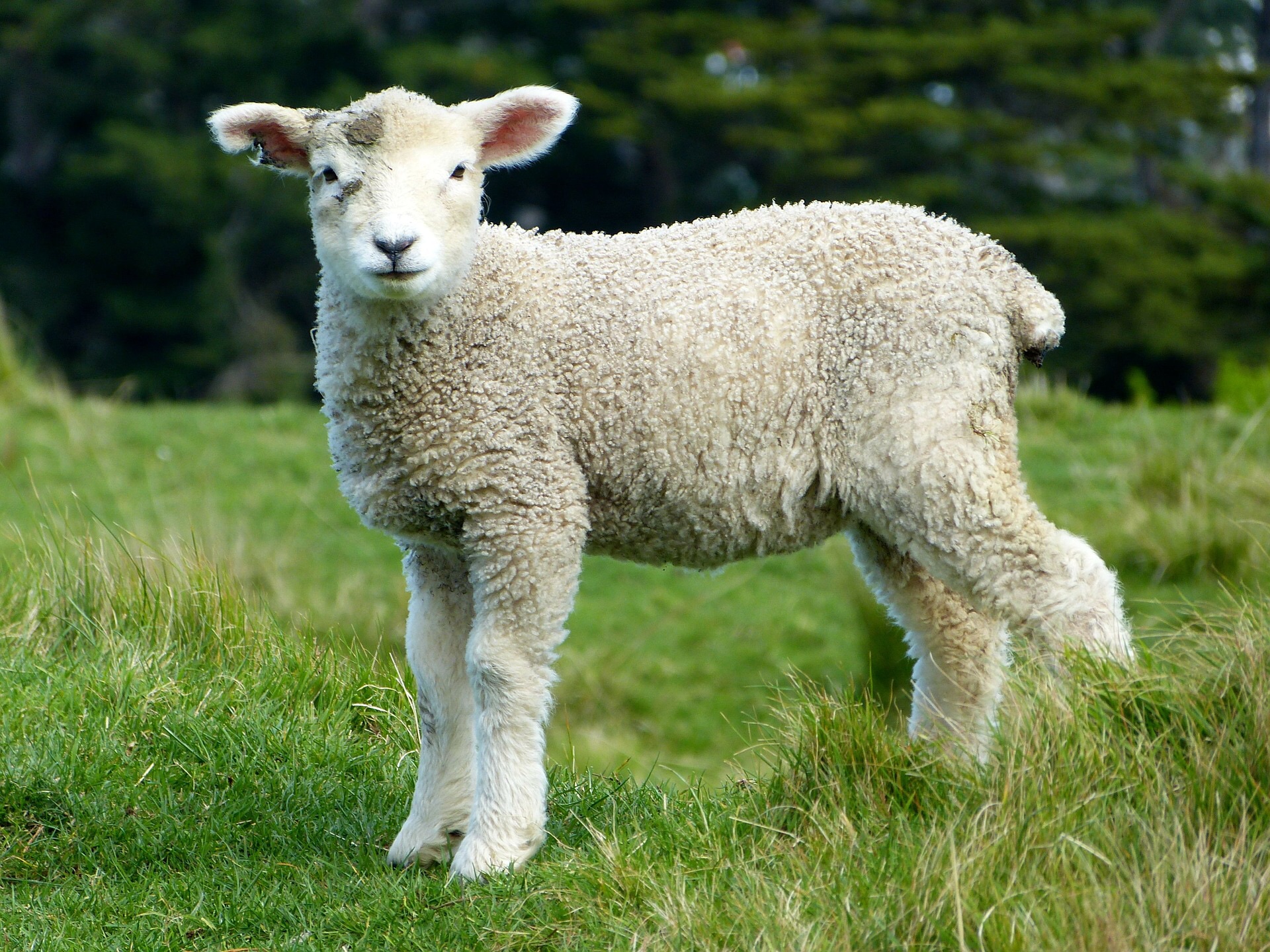
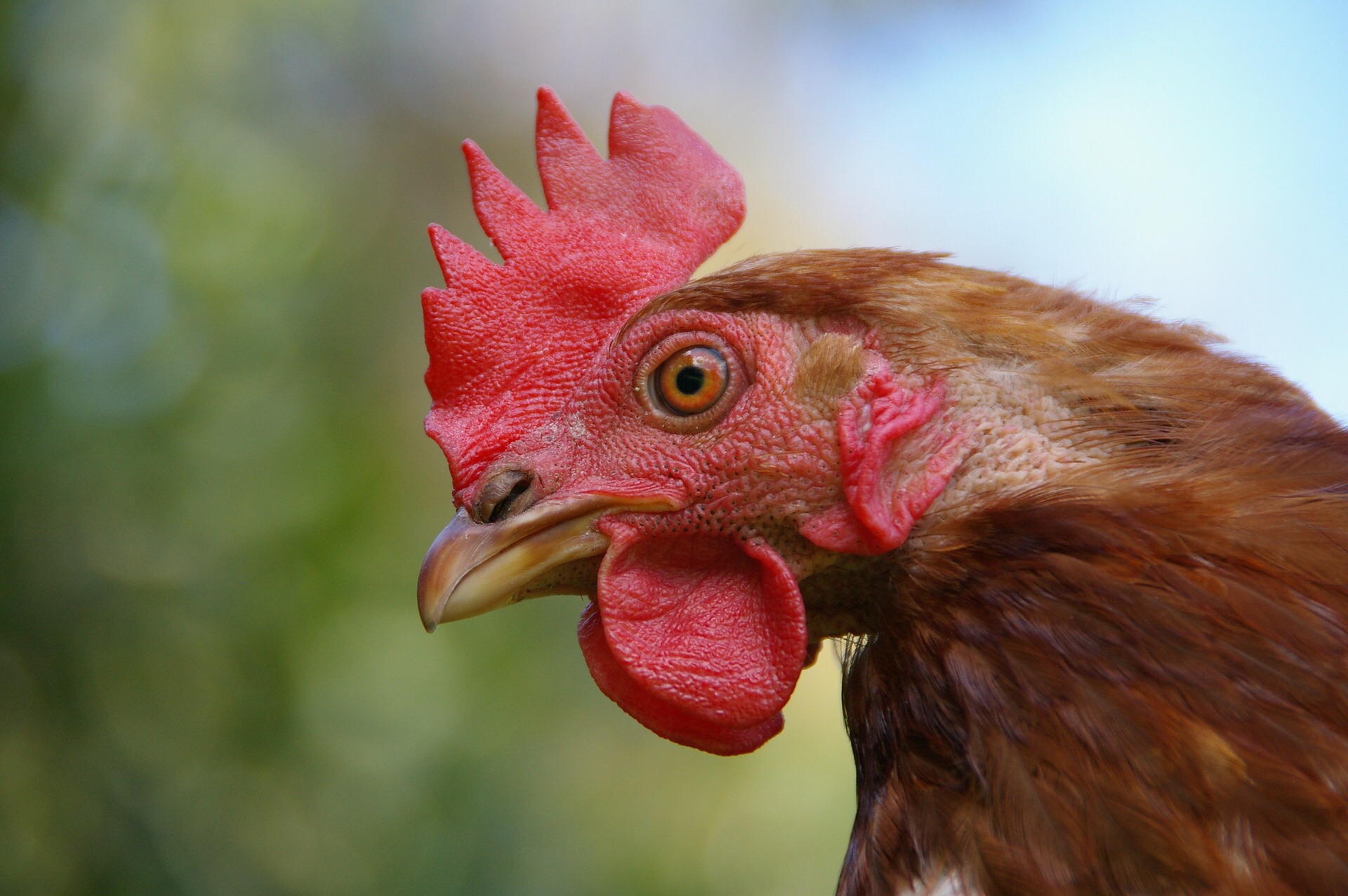
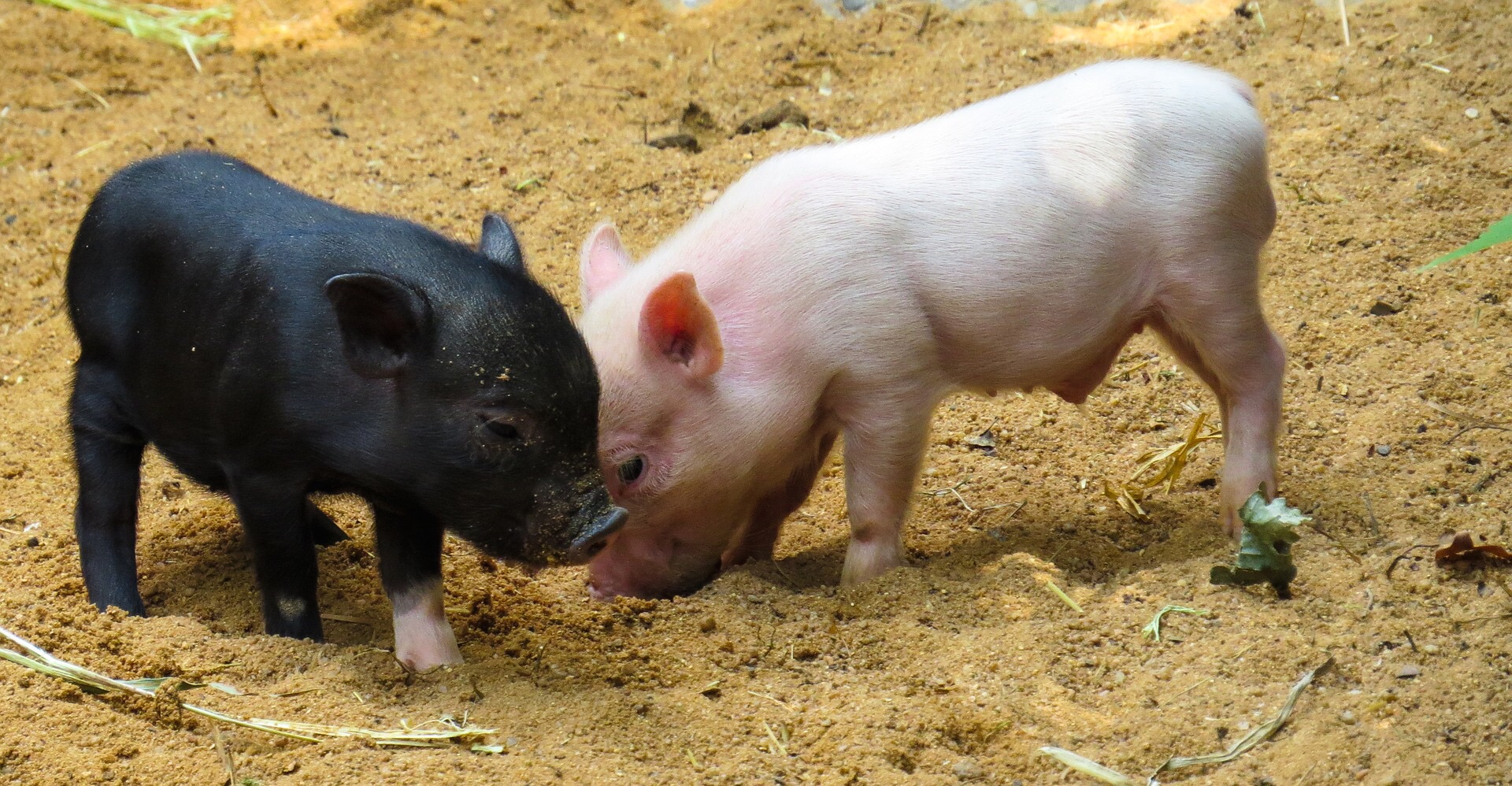
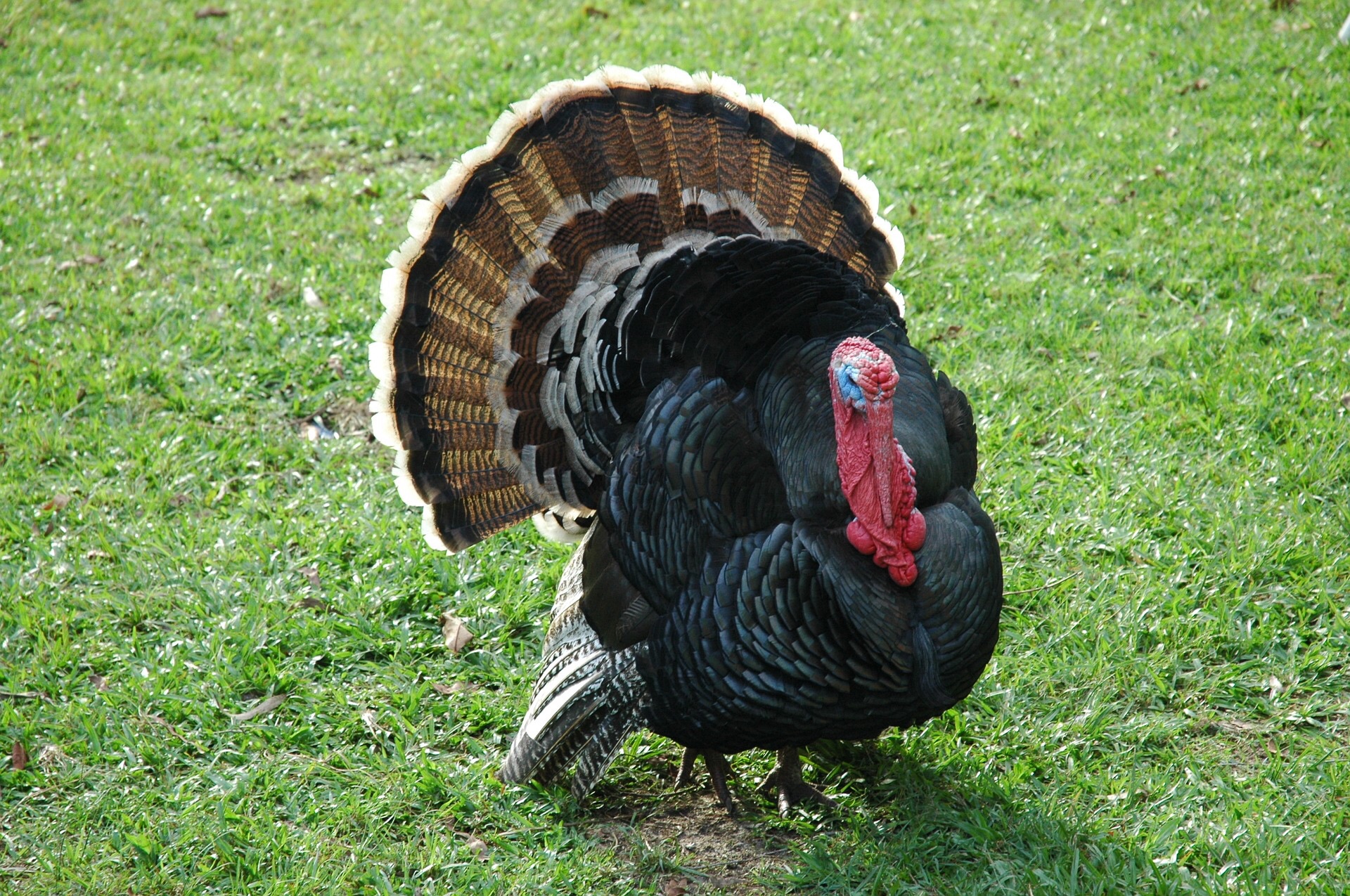
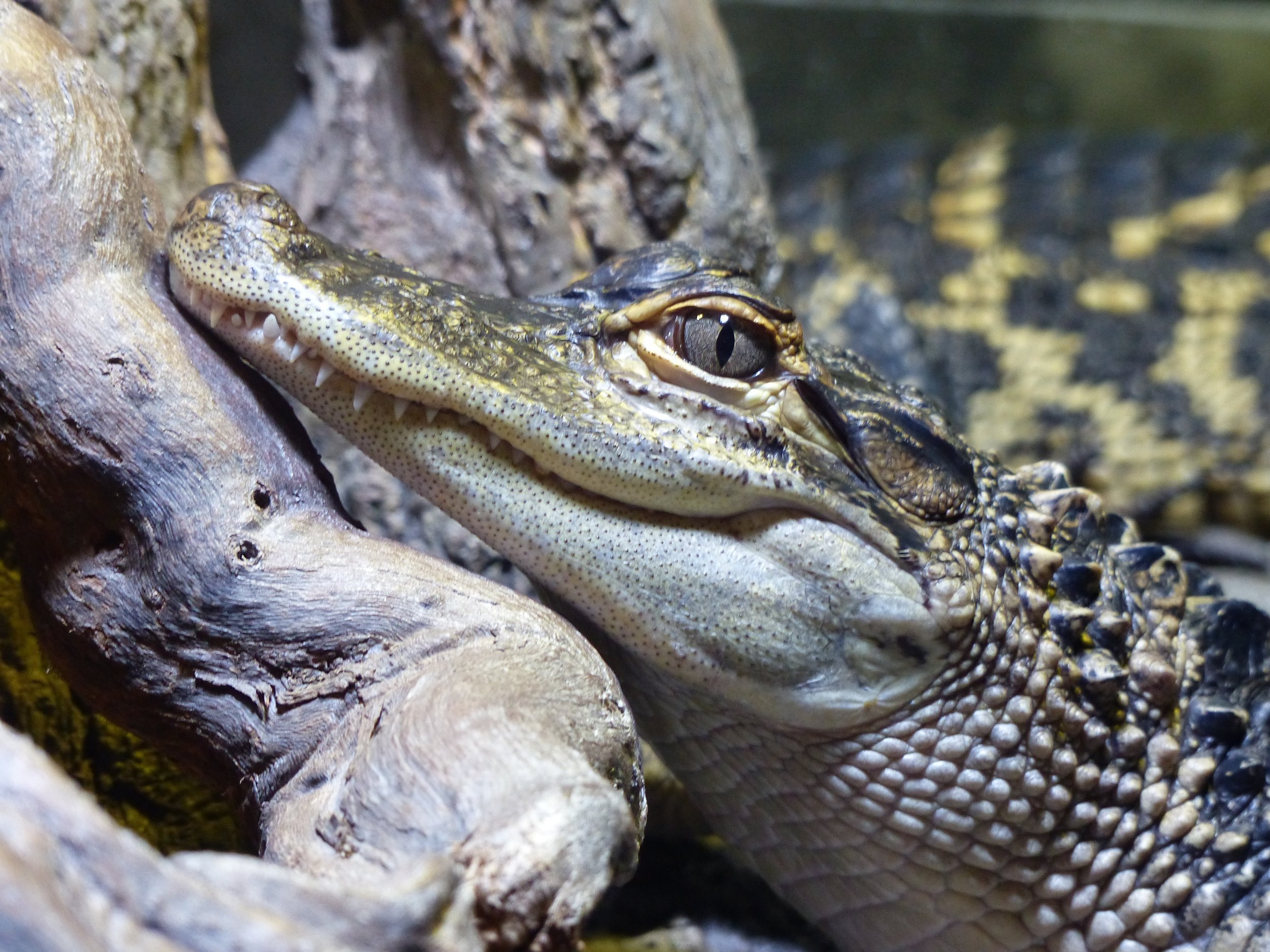
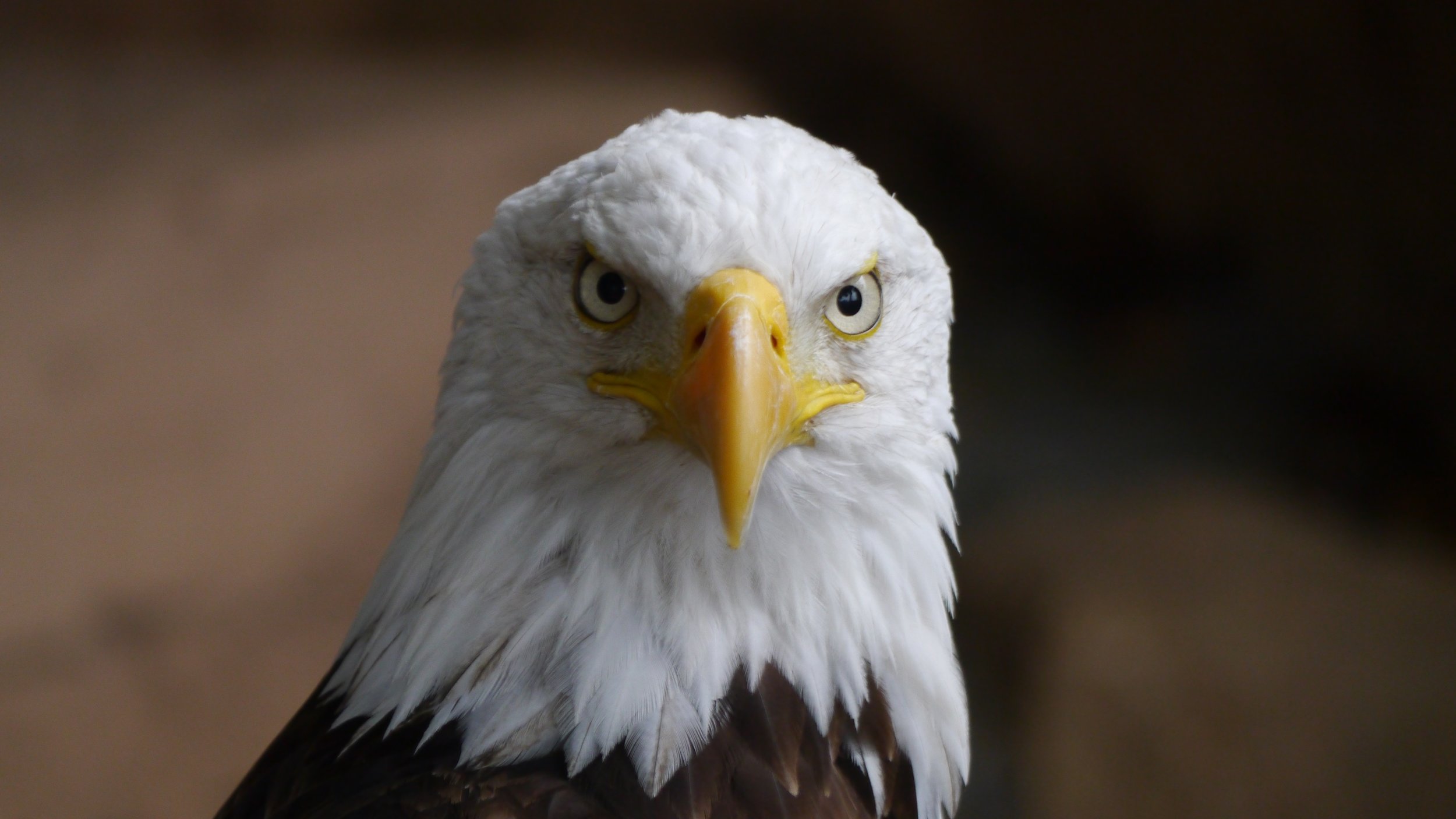



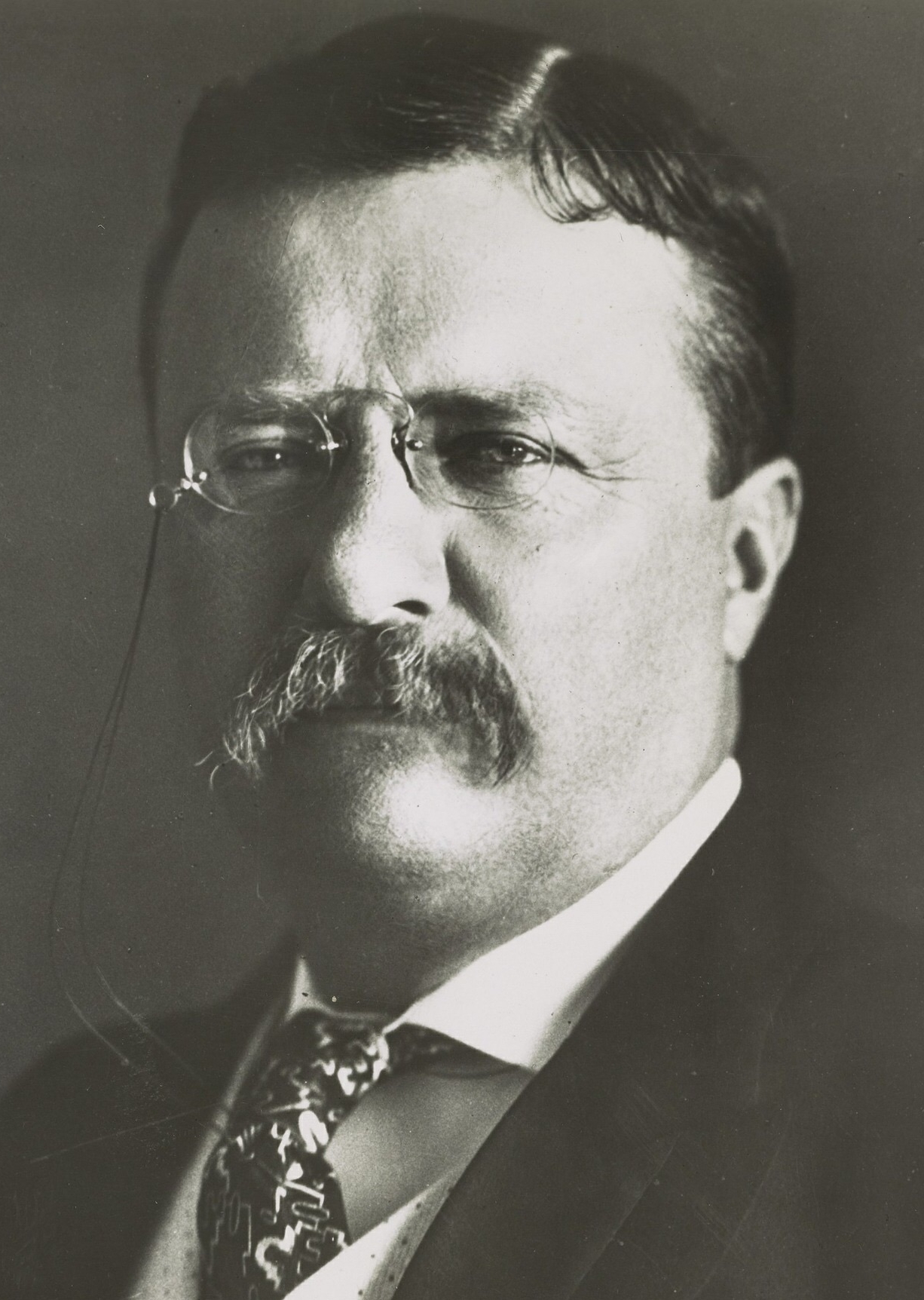
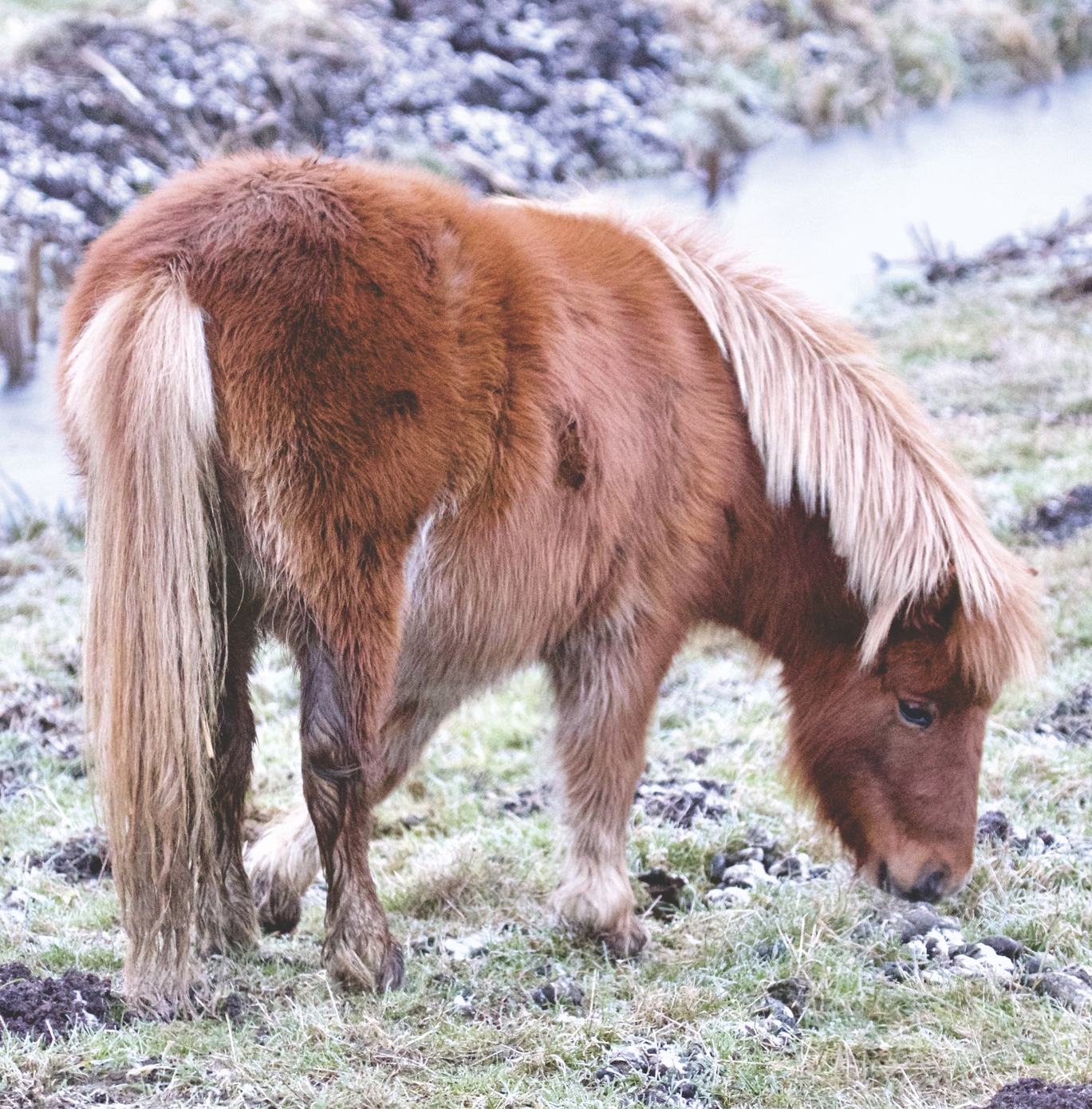
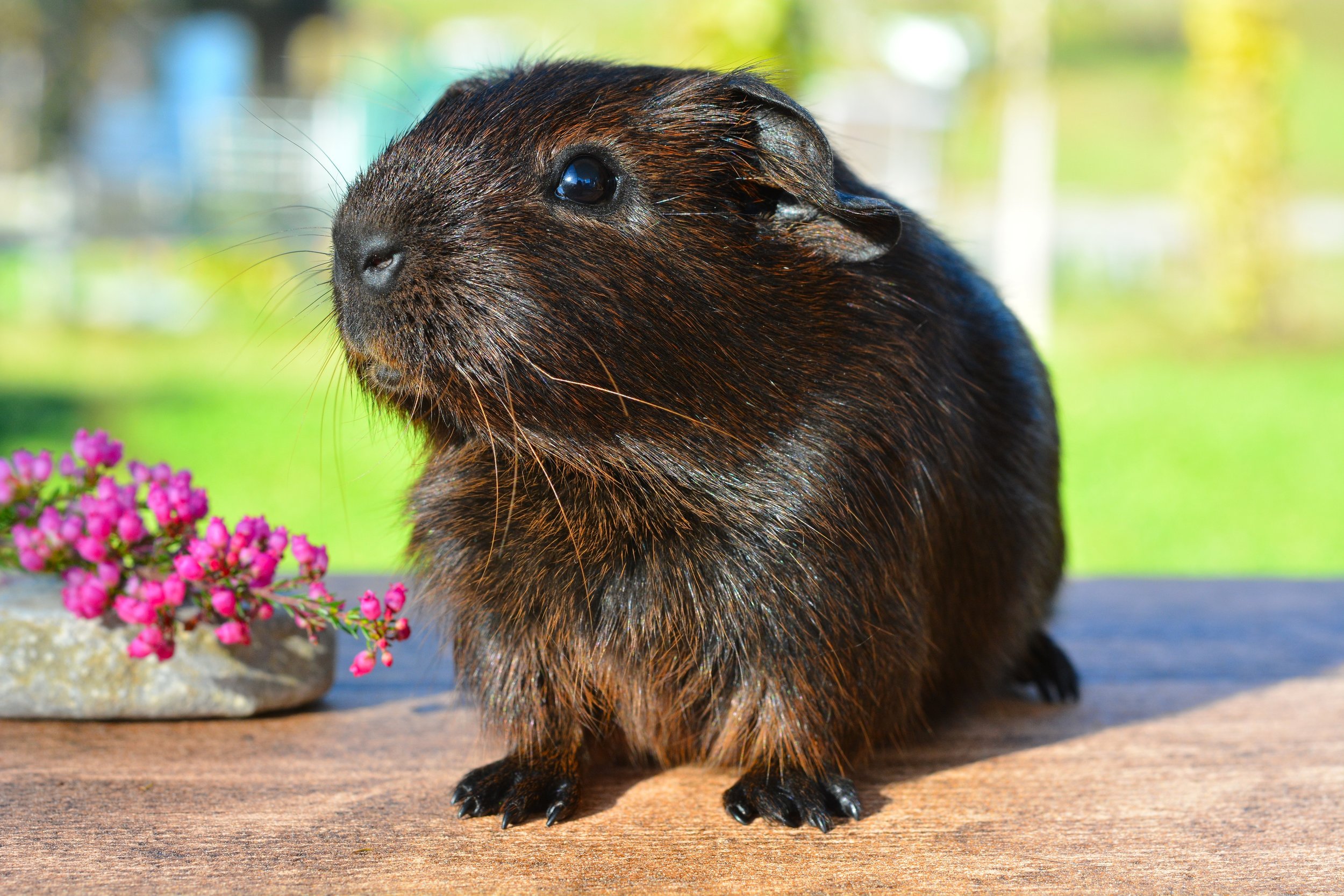

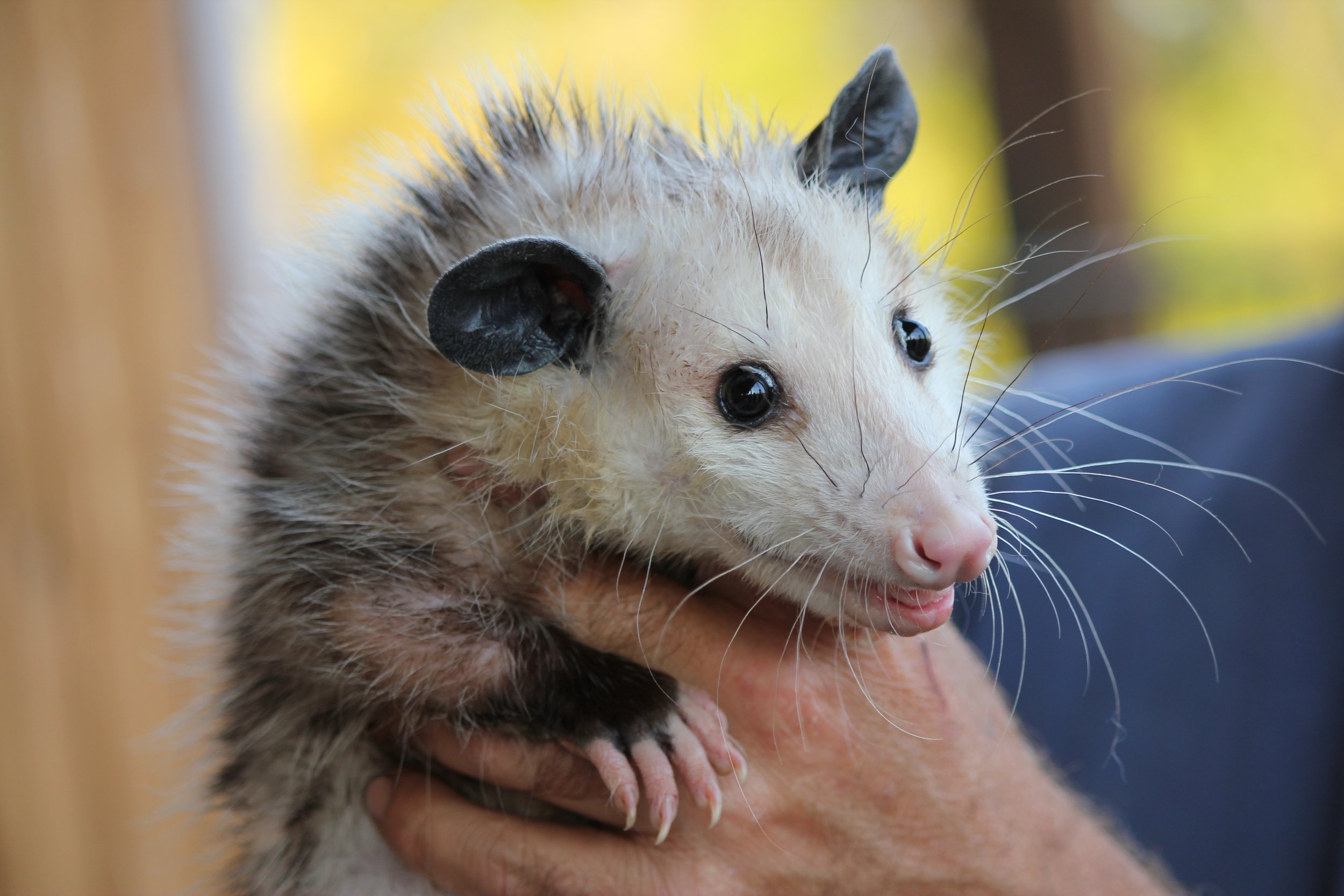
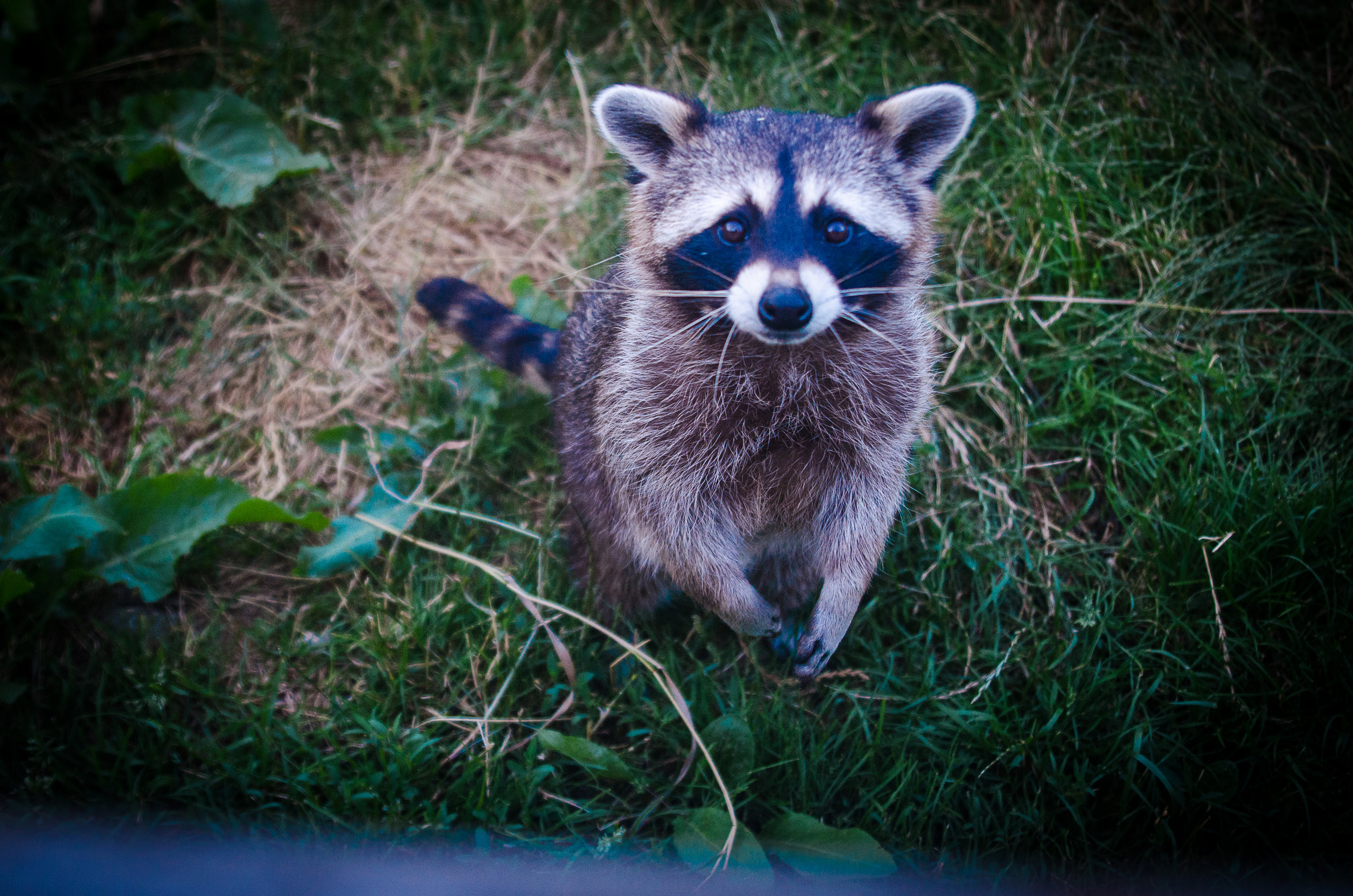

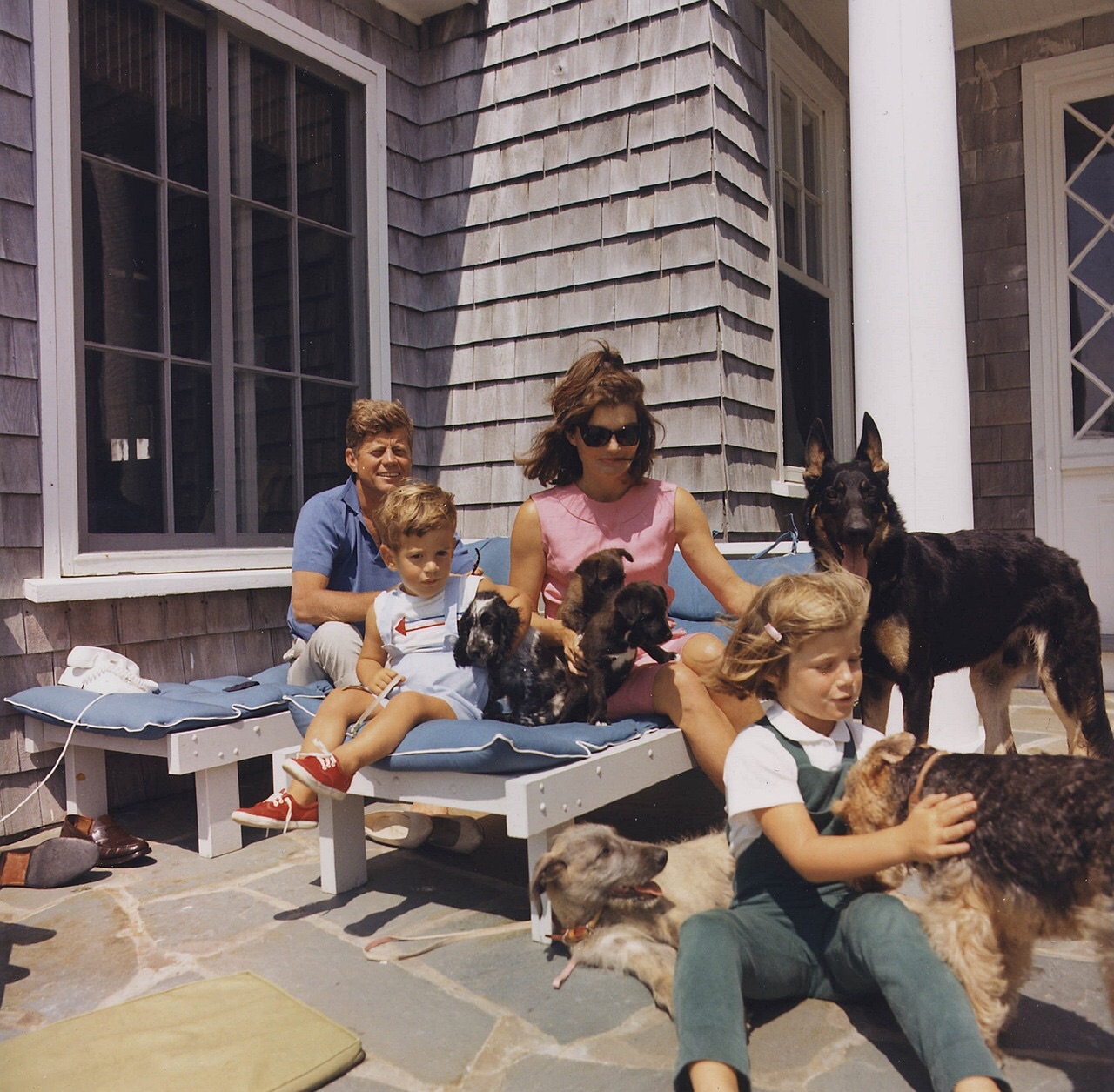
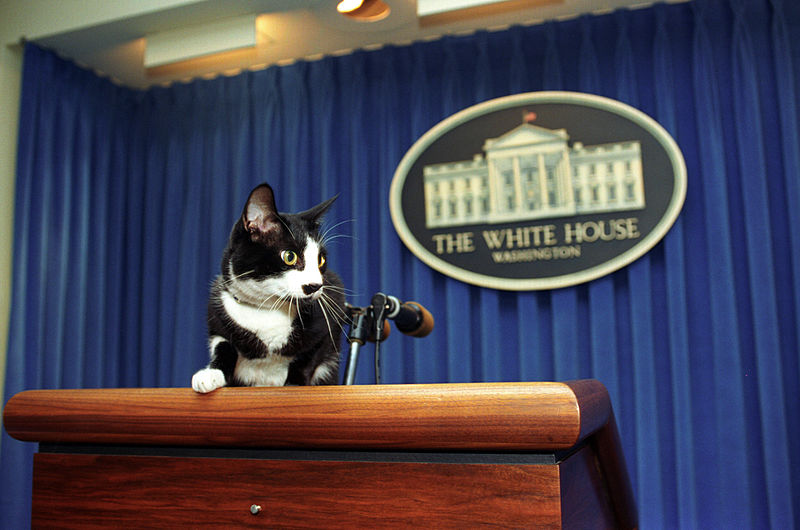
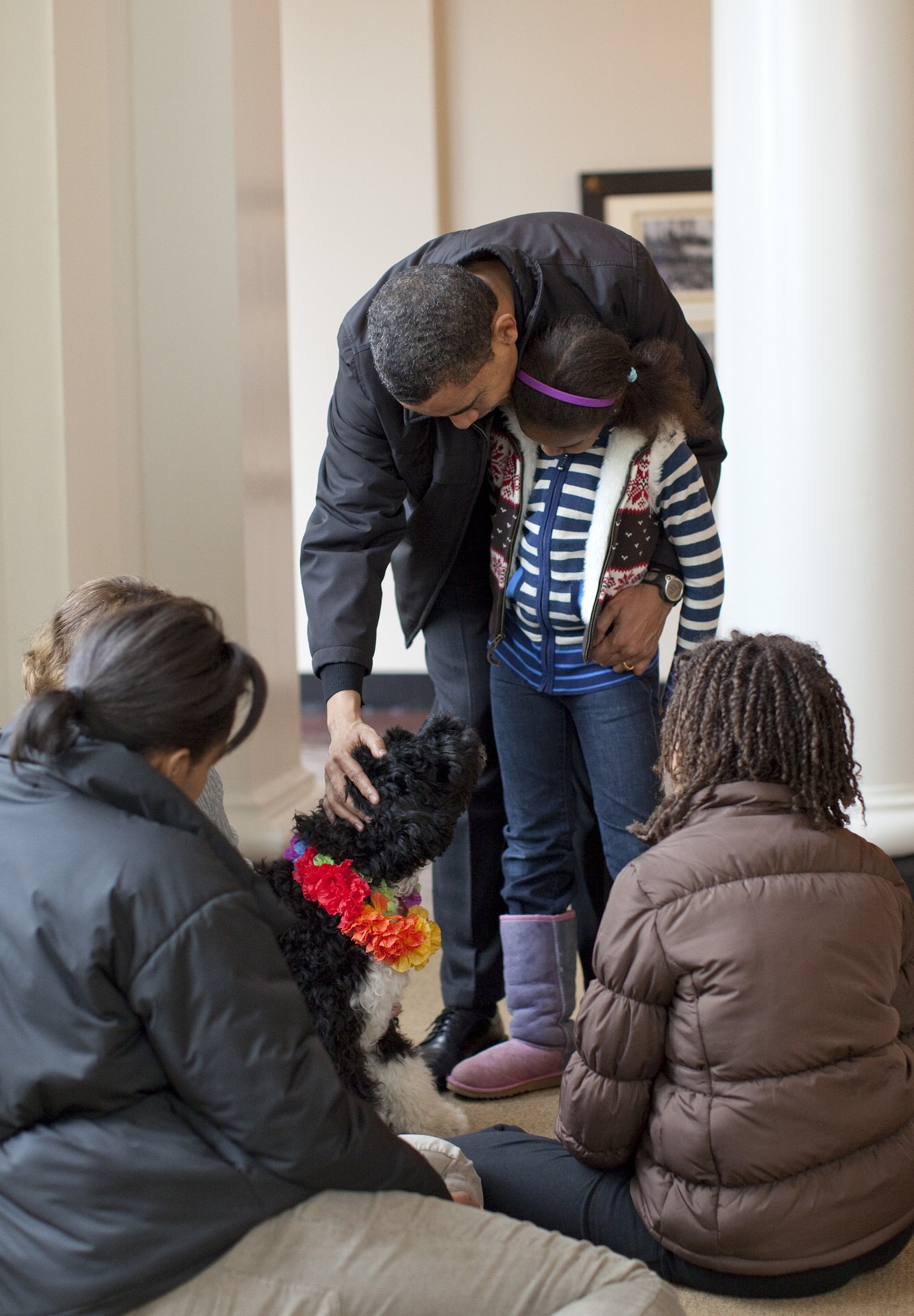

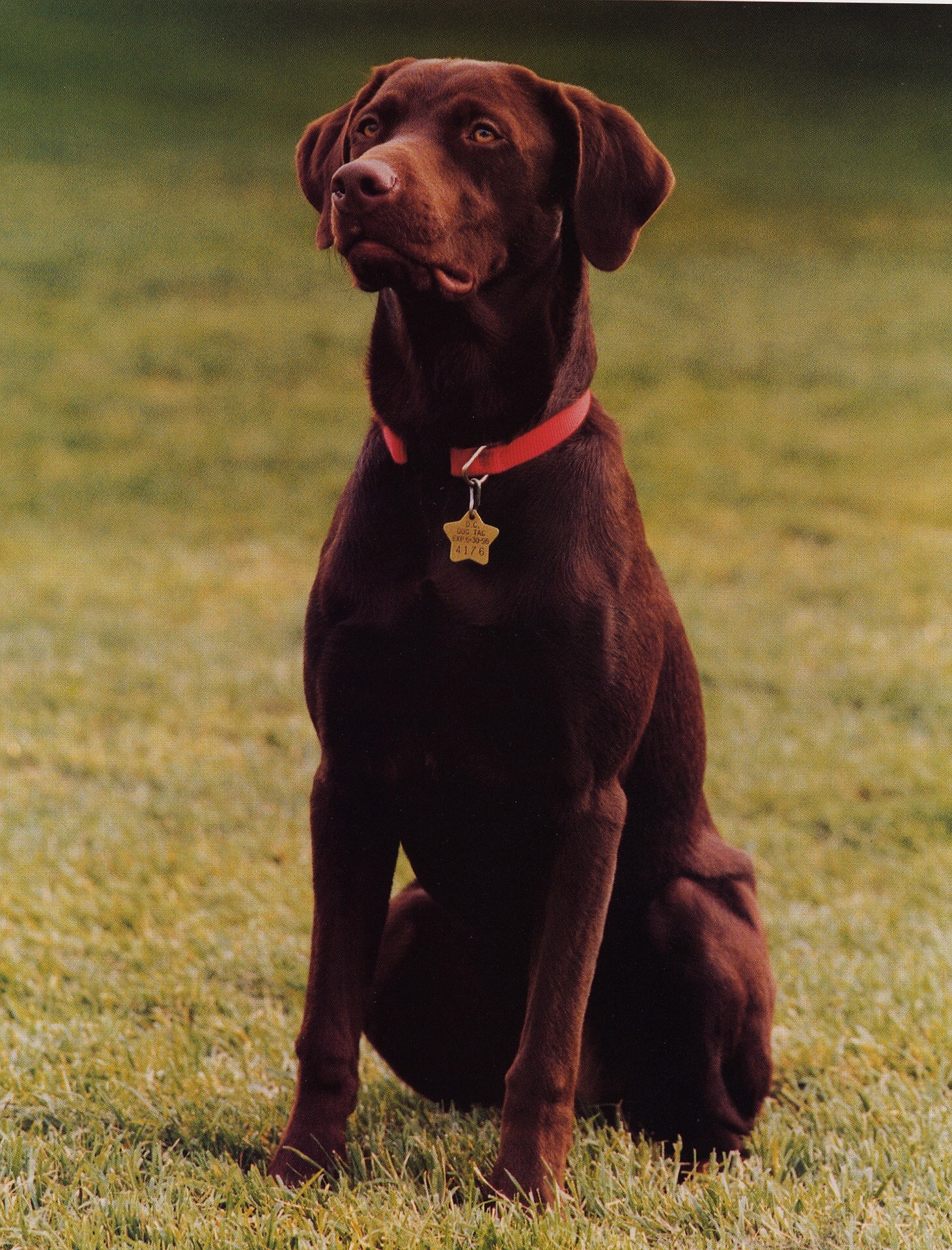

![Anzu, demon-bird of ancient Mesopotamia, thief of the Tablet of Destinies whose words rule the universe [Please note that the picture is in the public domain, obtained from Wikipedia commons]](https://images.squarespace-cdn.com/content/v1/59651c6720099eb2f4da01e5/1512770981413-DCE7DQPI174GEMZKU5Y2/025+TAAL+0417+Anzu+public+domain+in+the+united+states+from+wikipedia+commons+-+Copy106.jpg)
